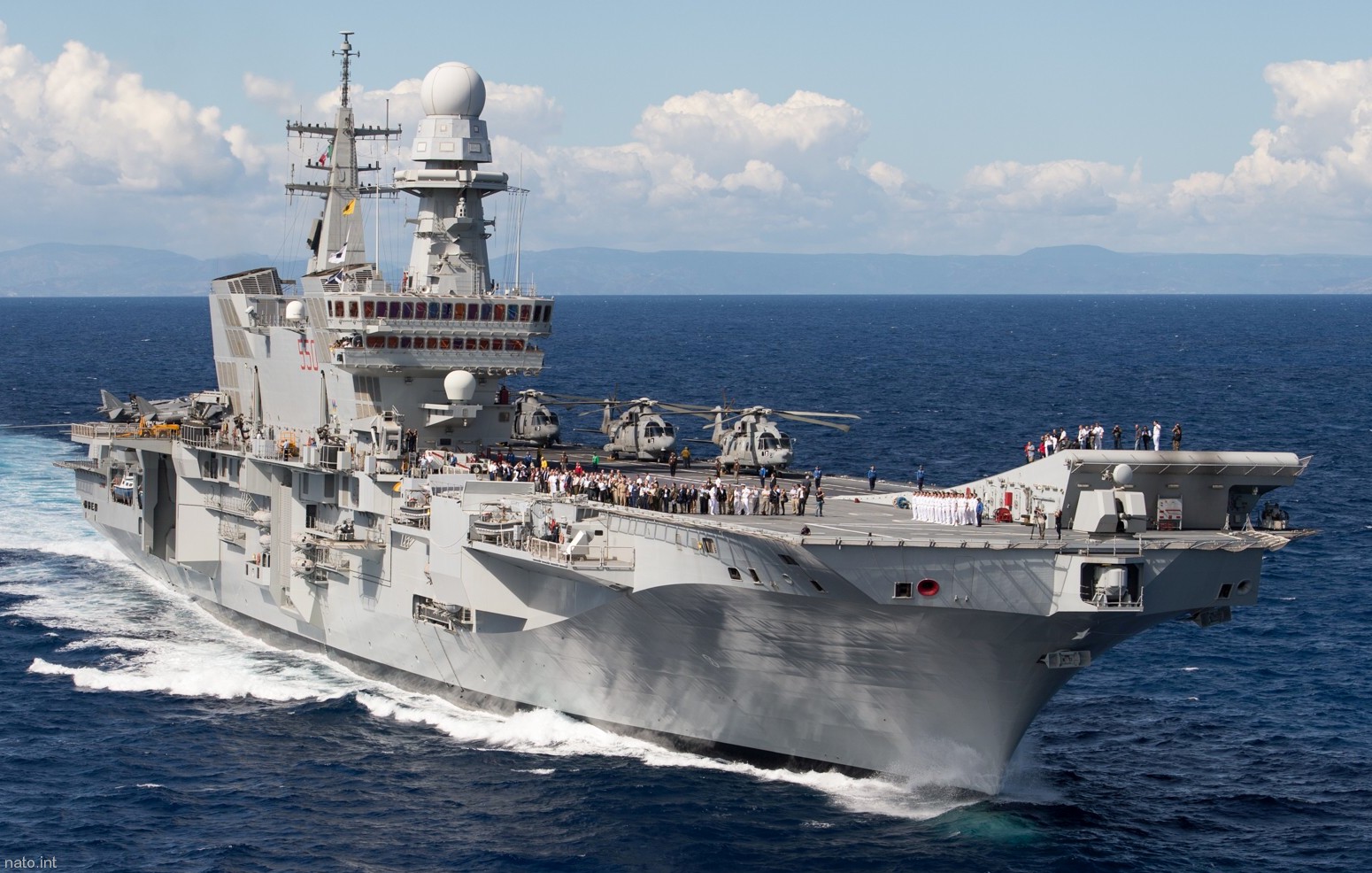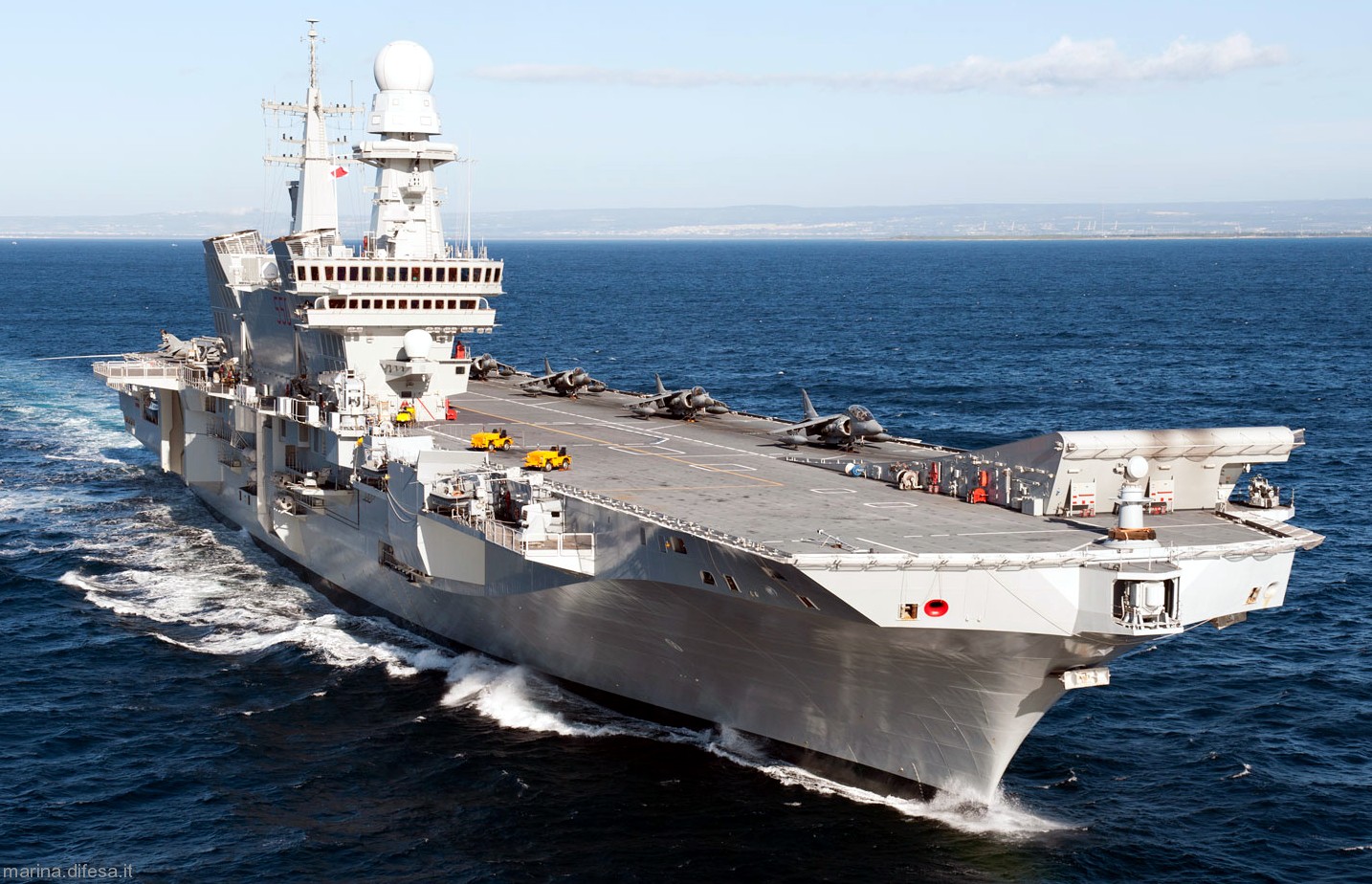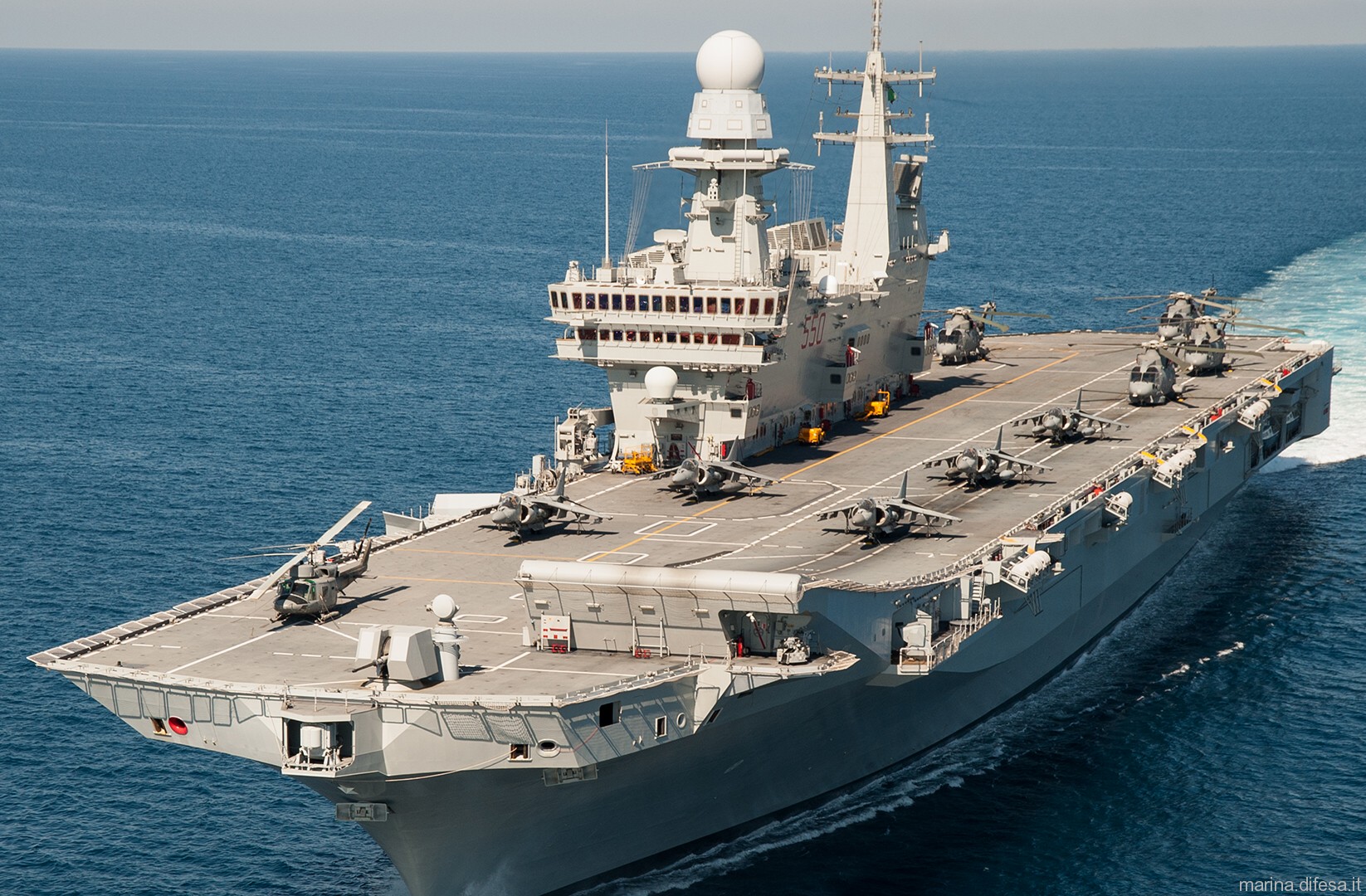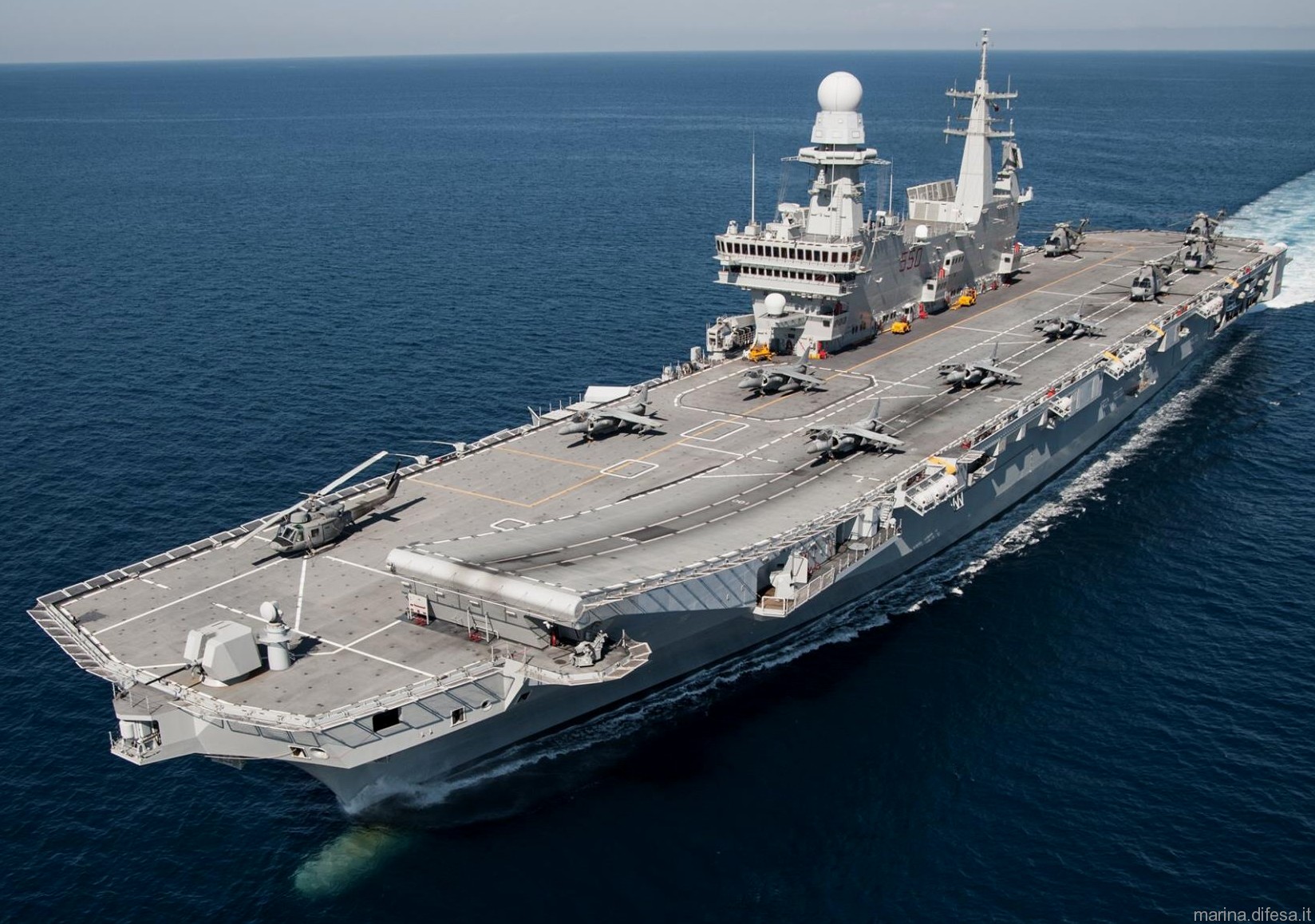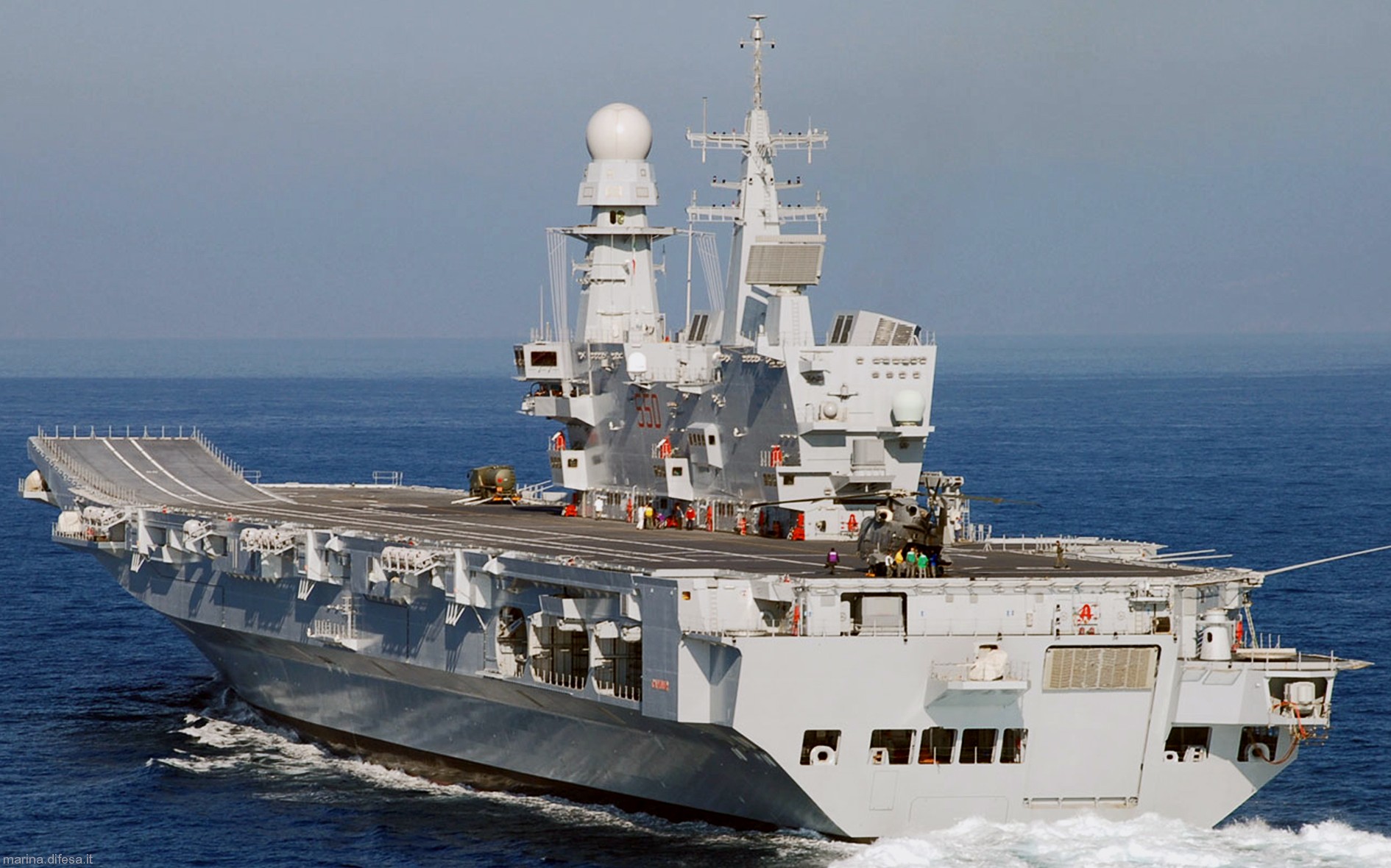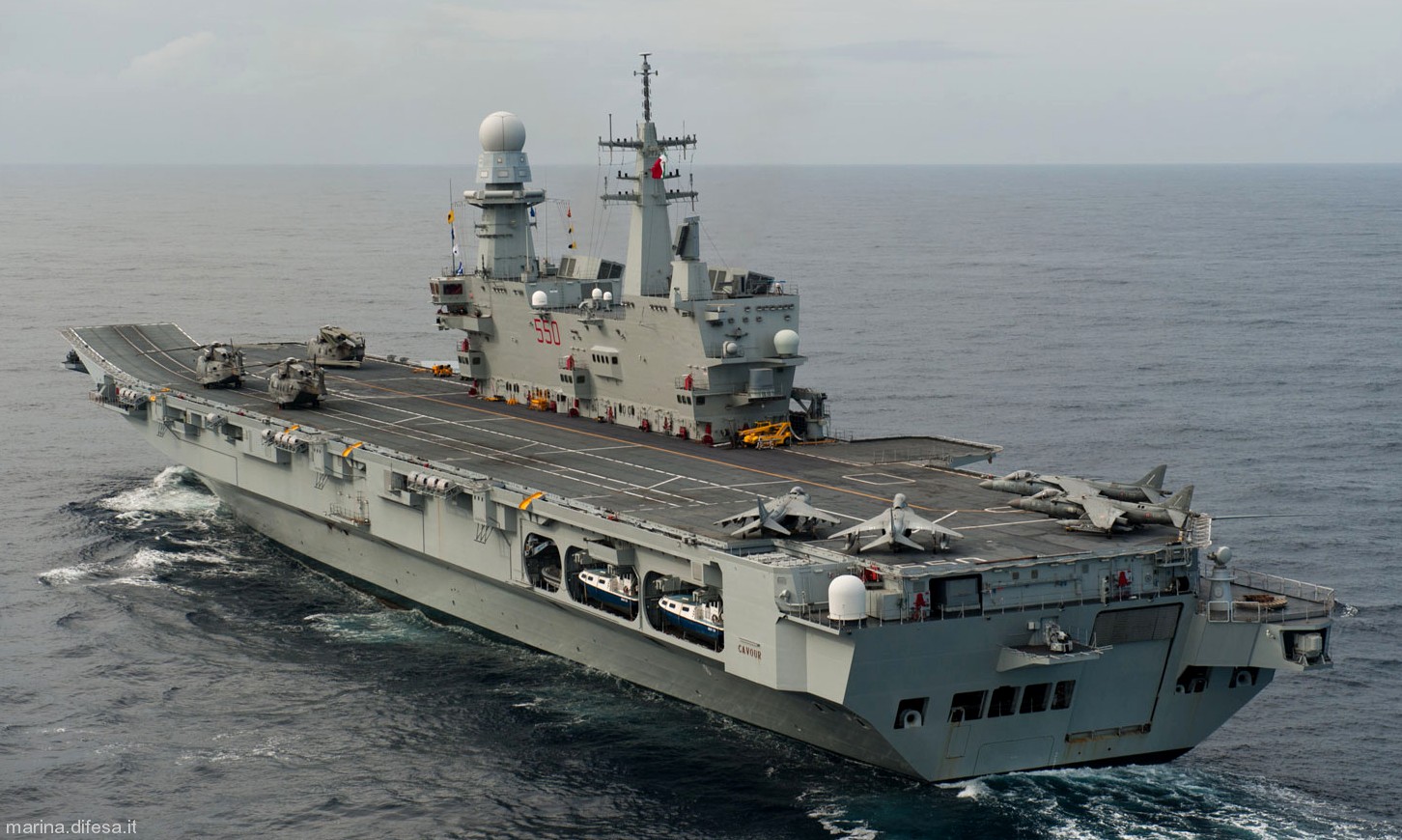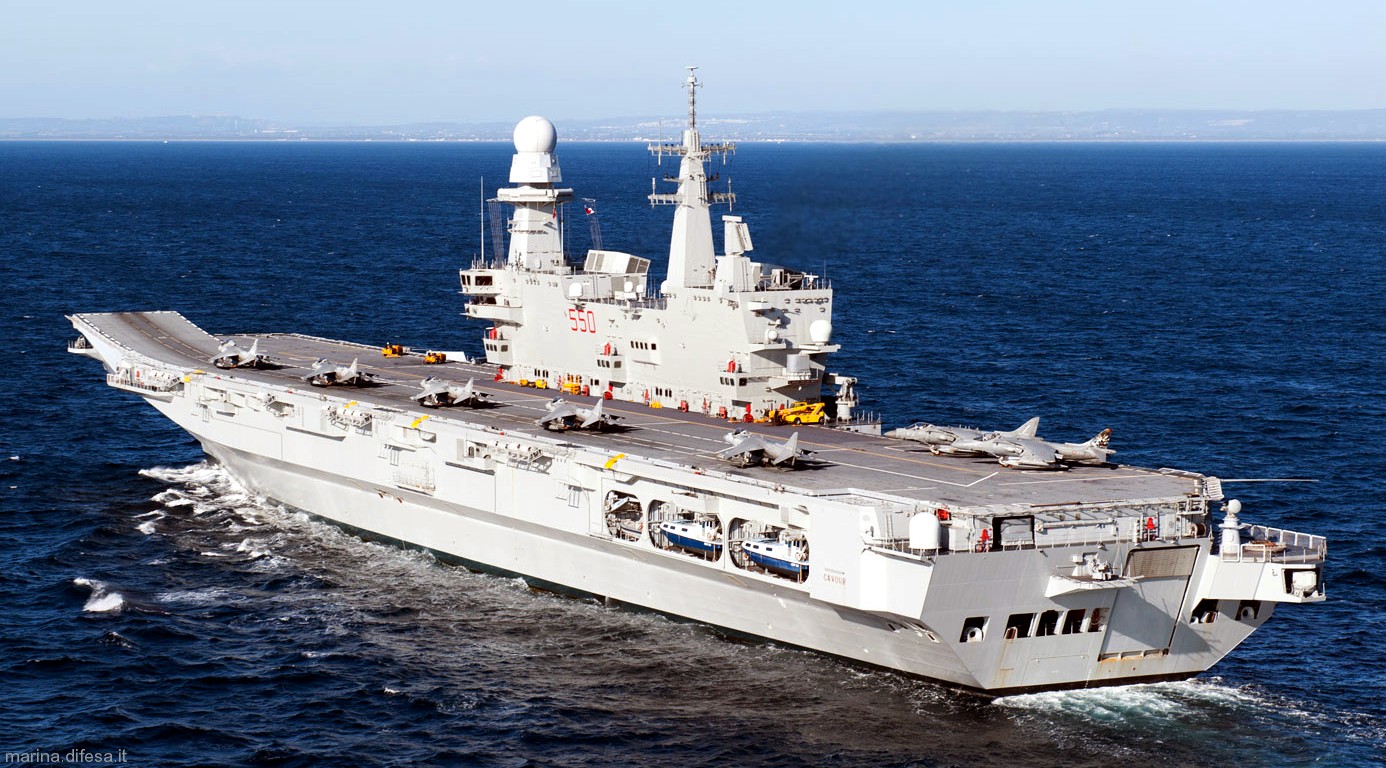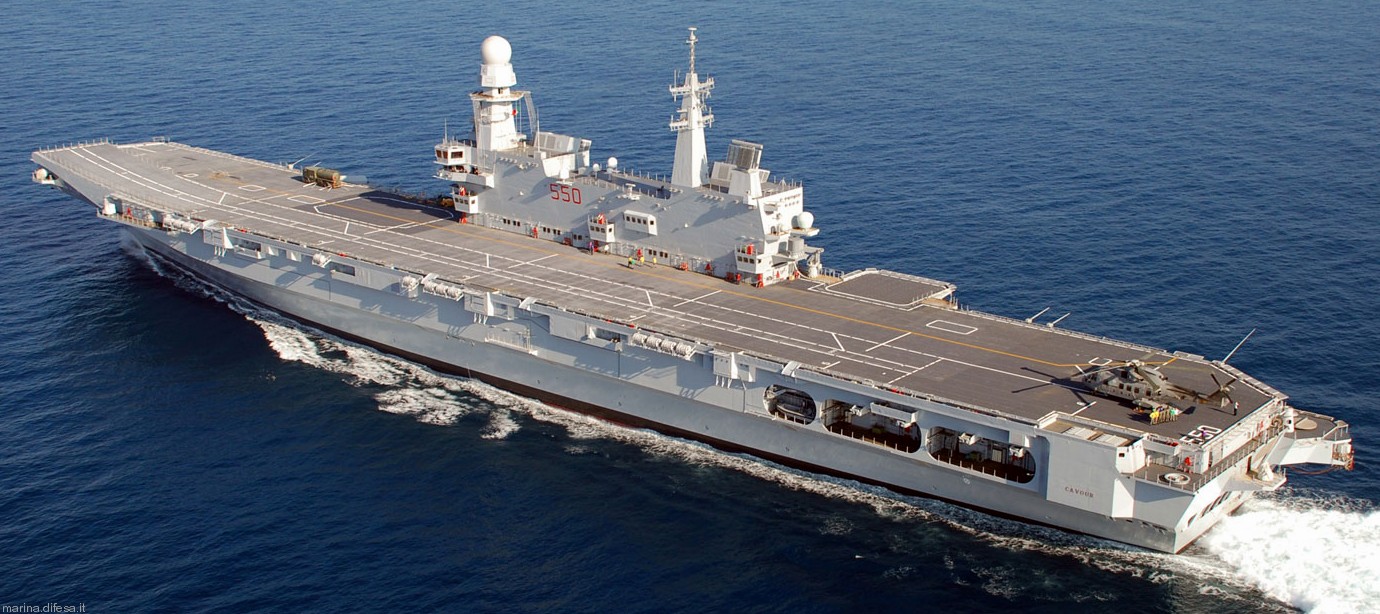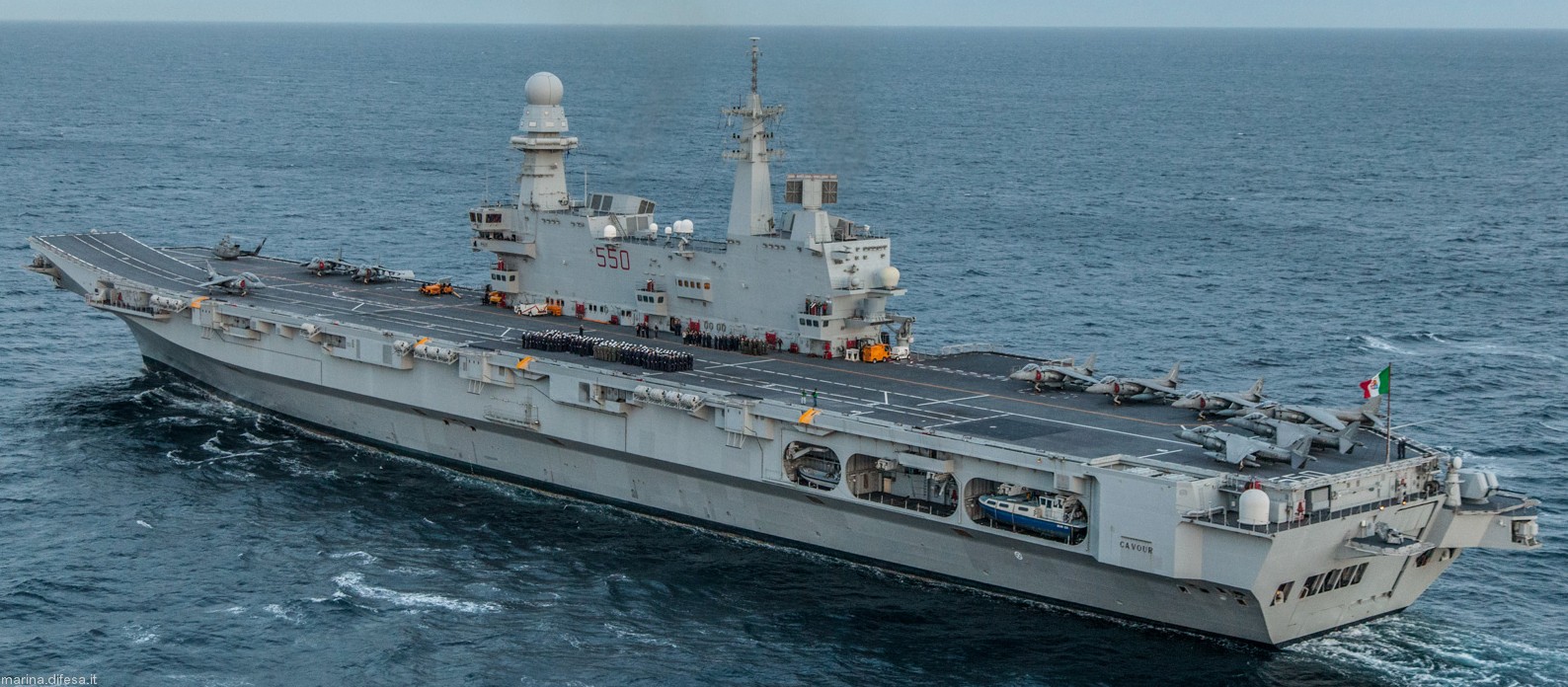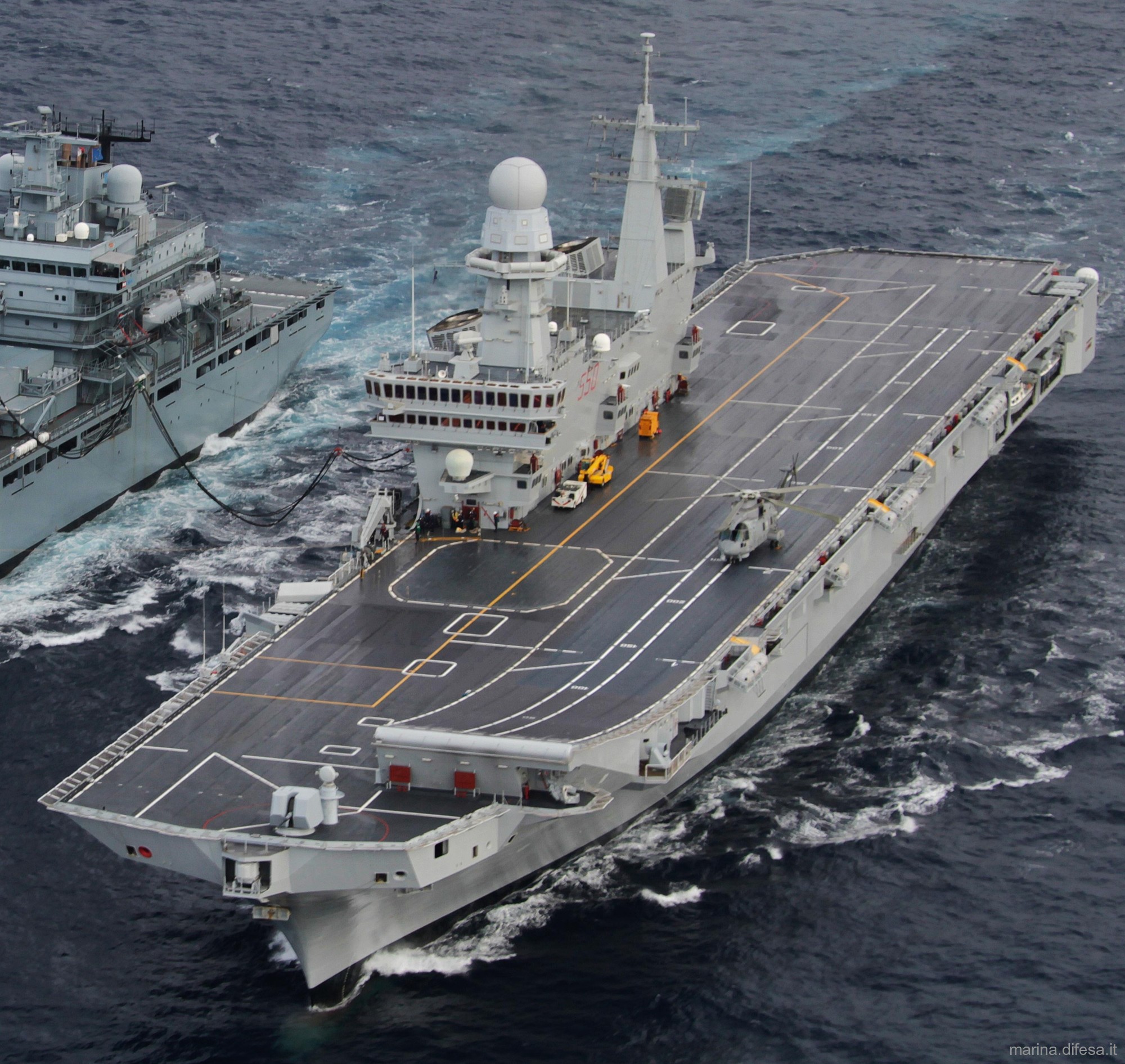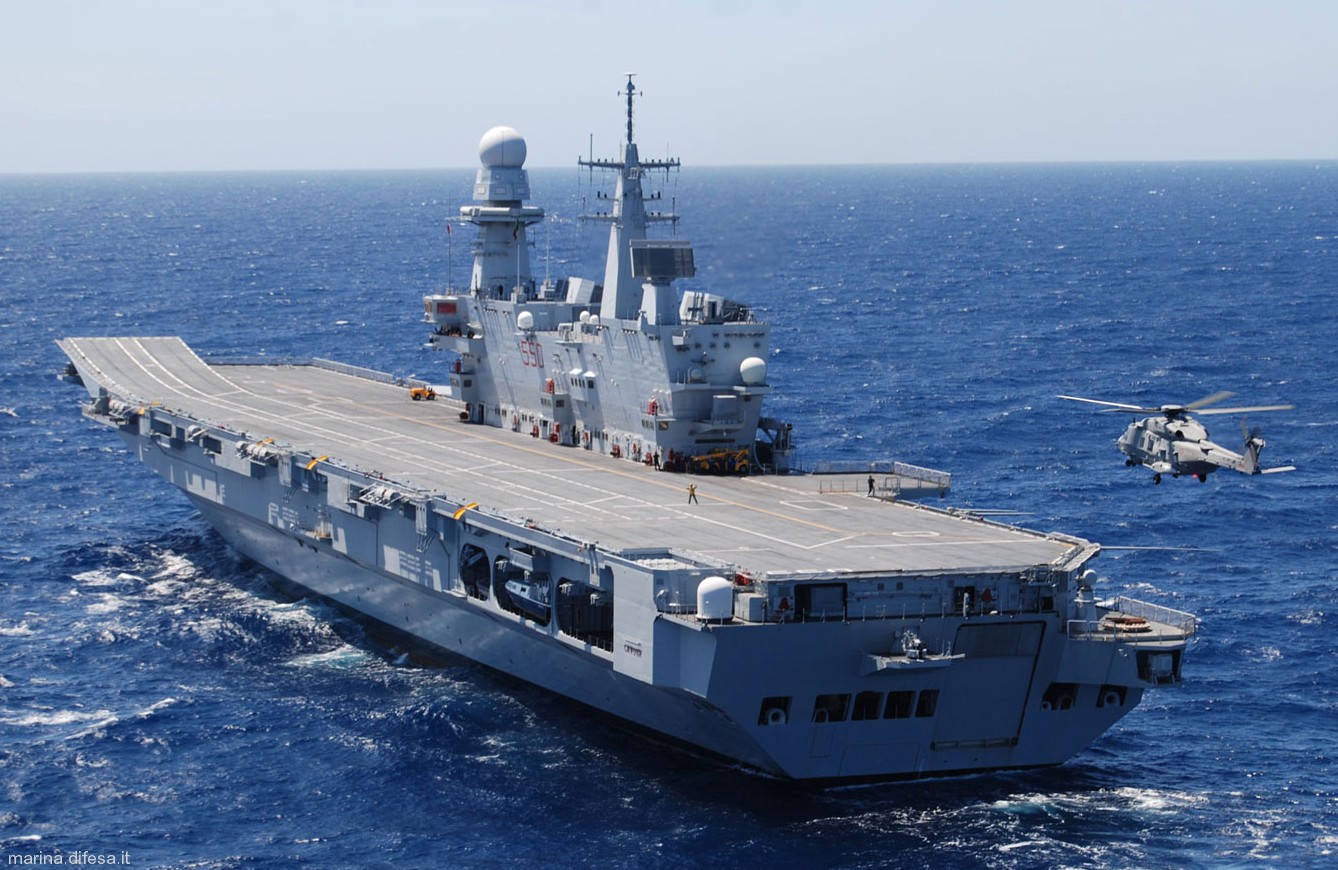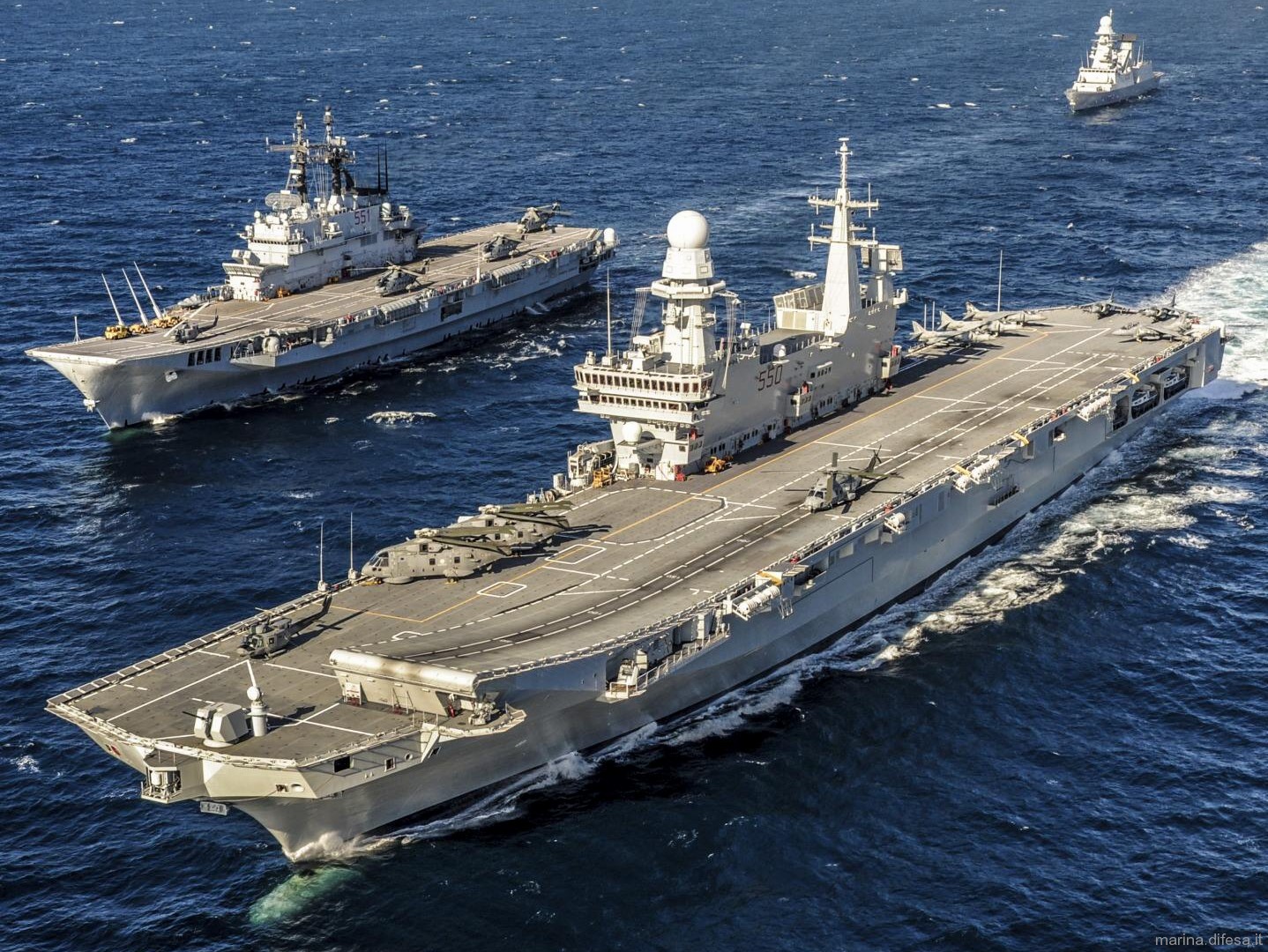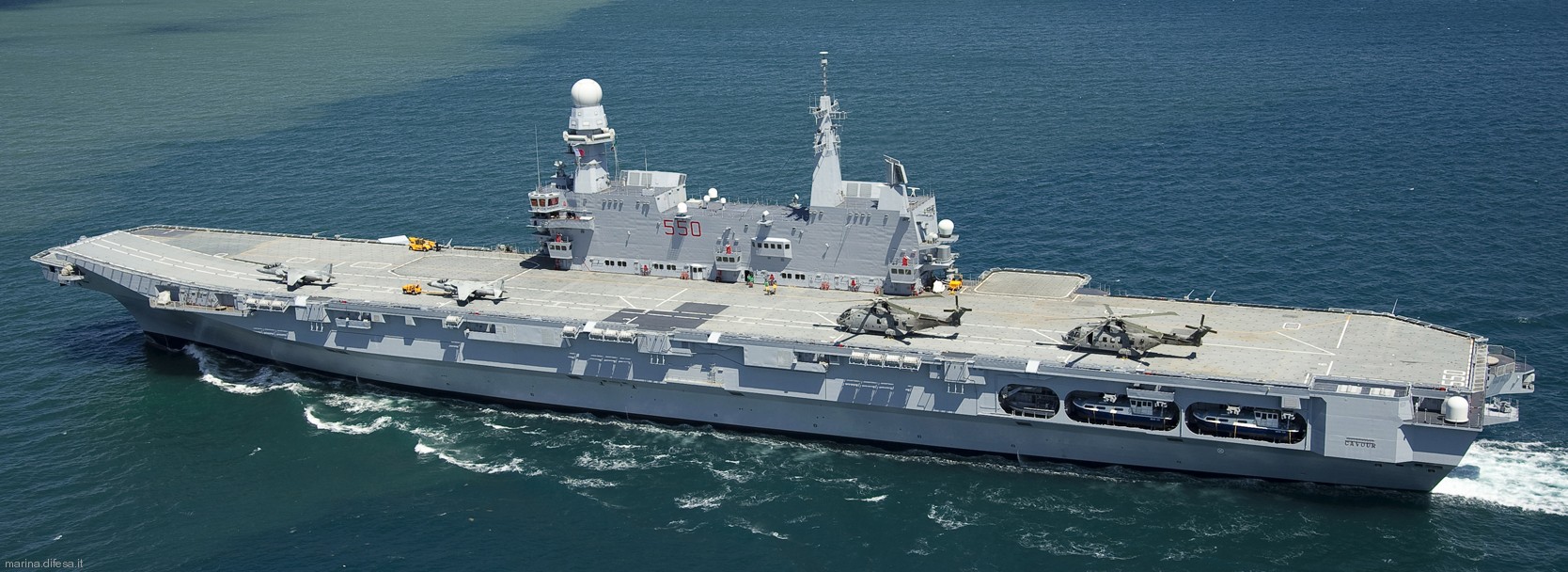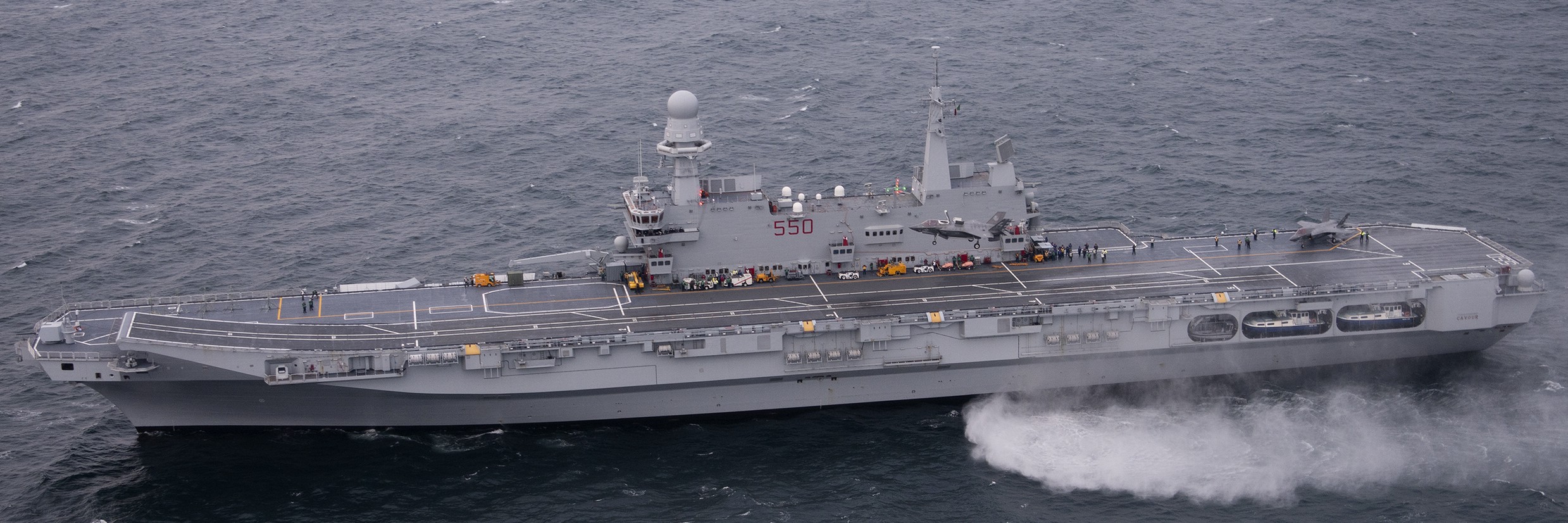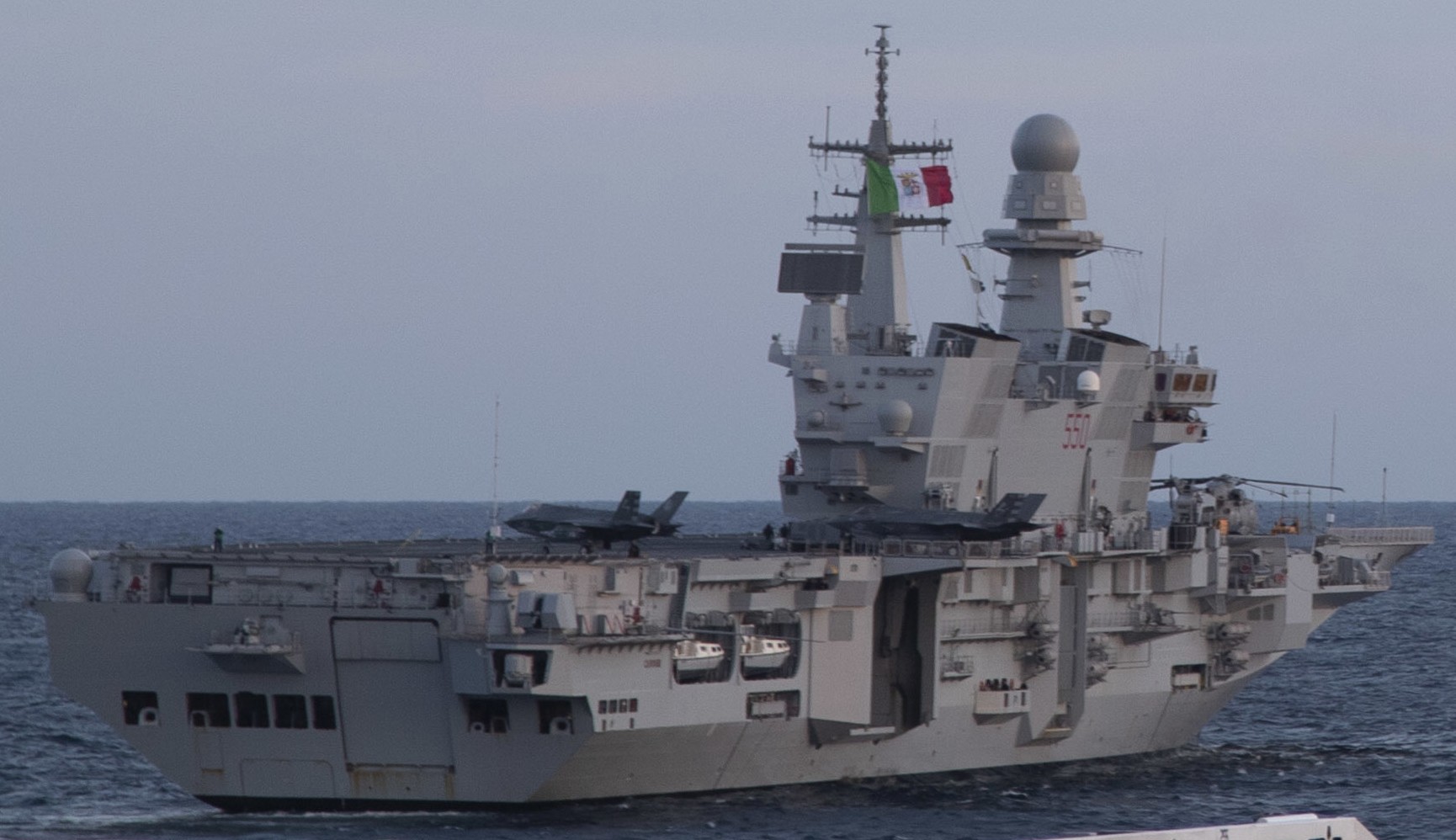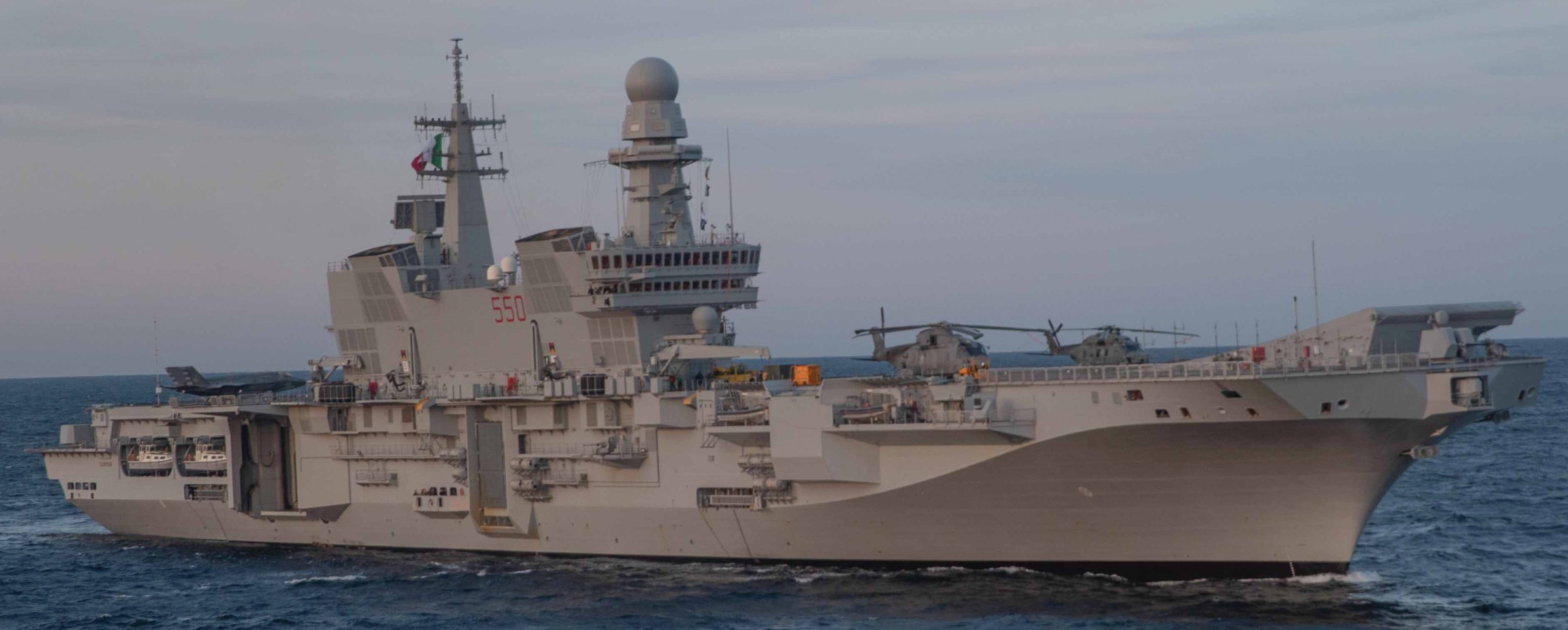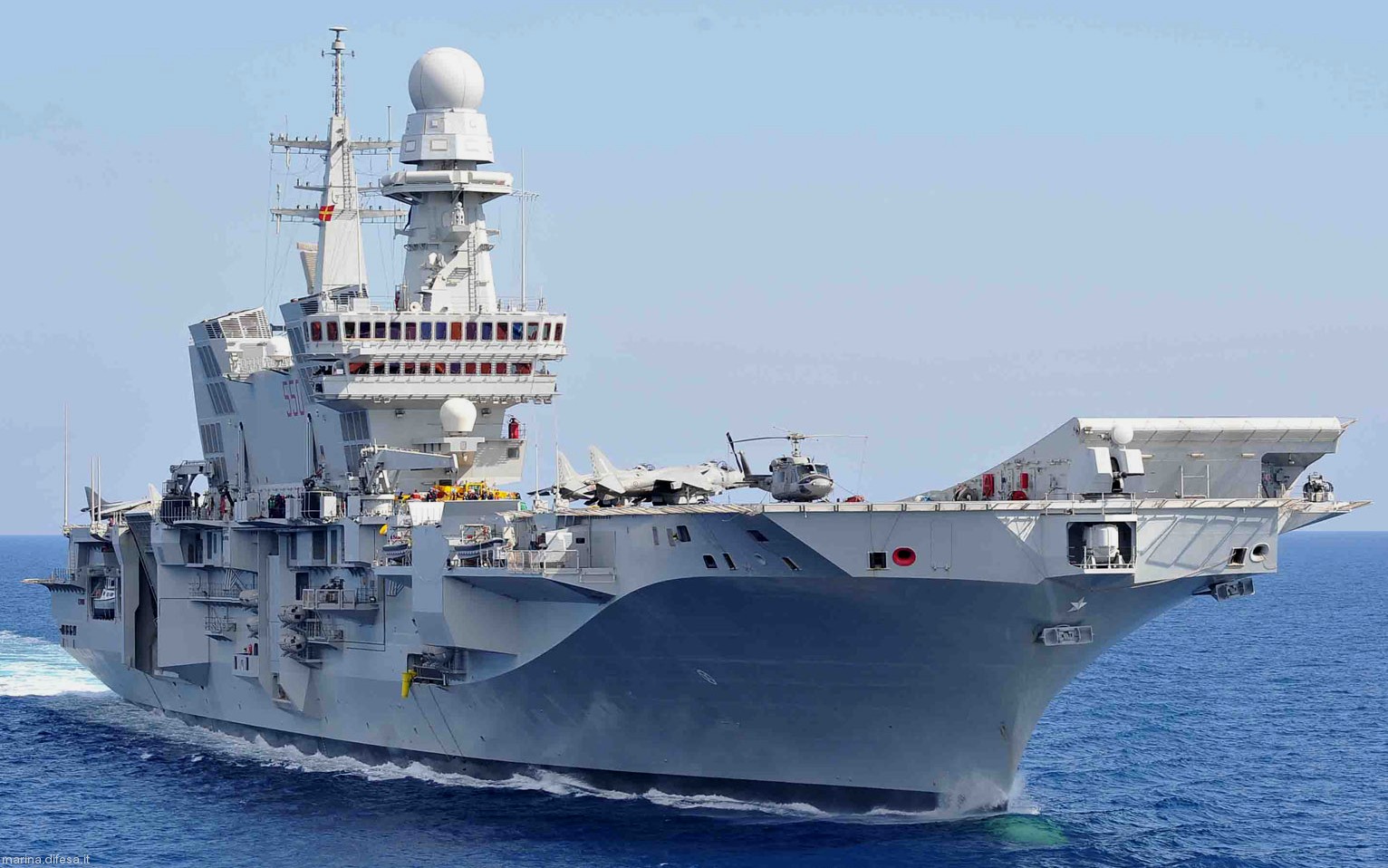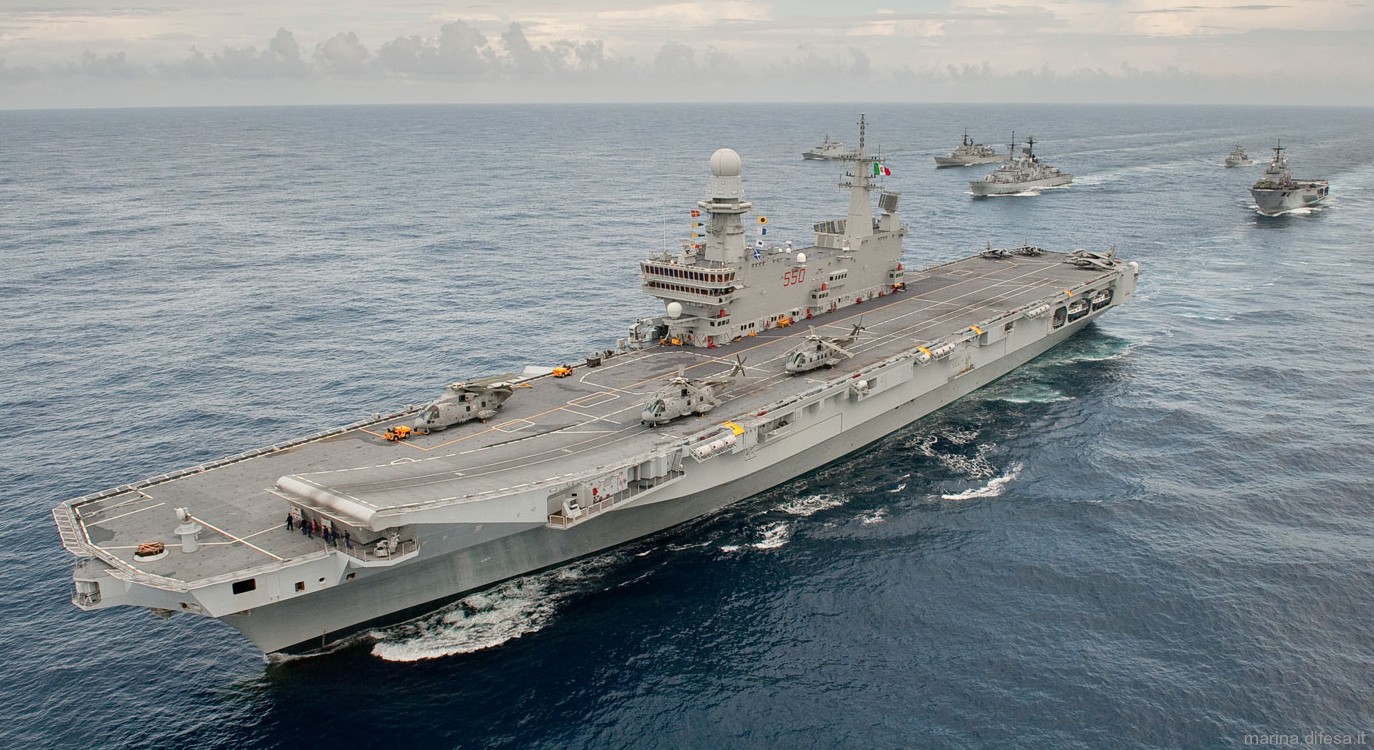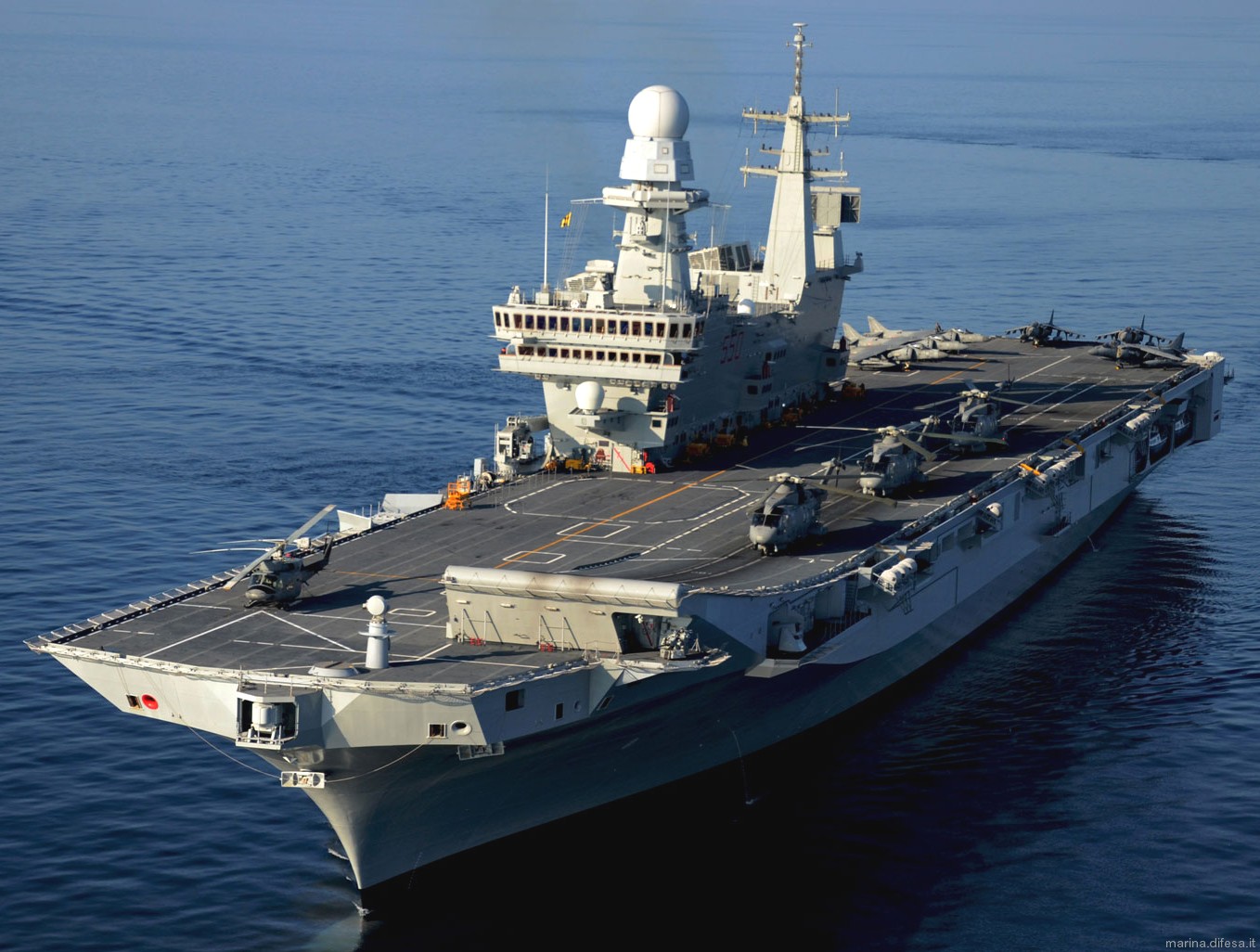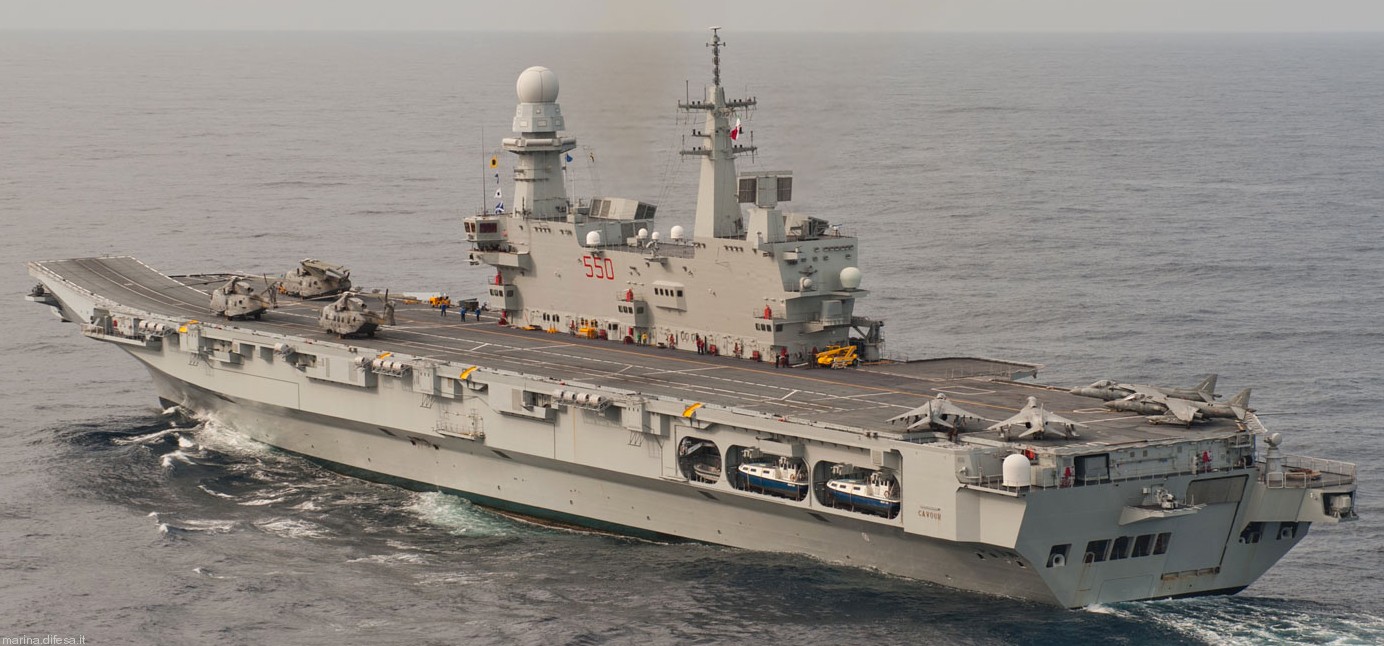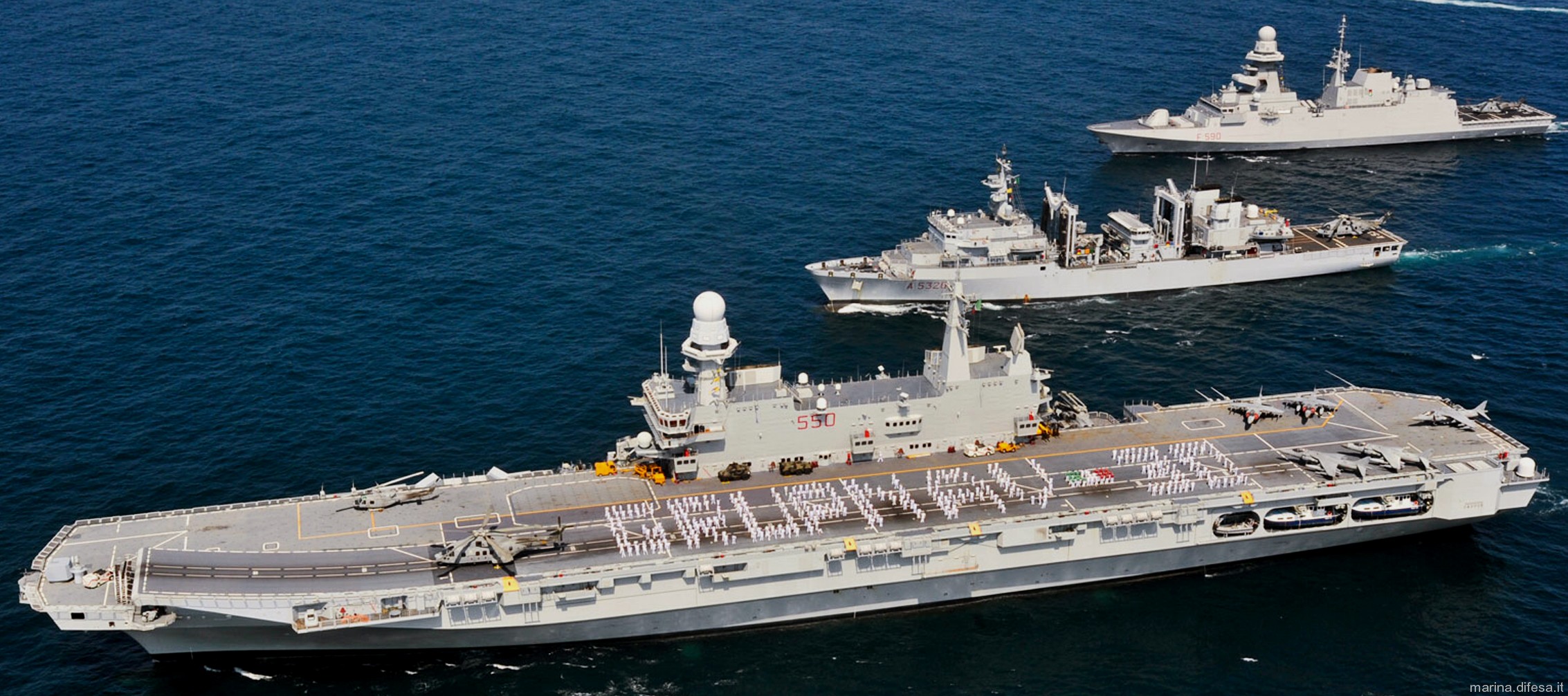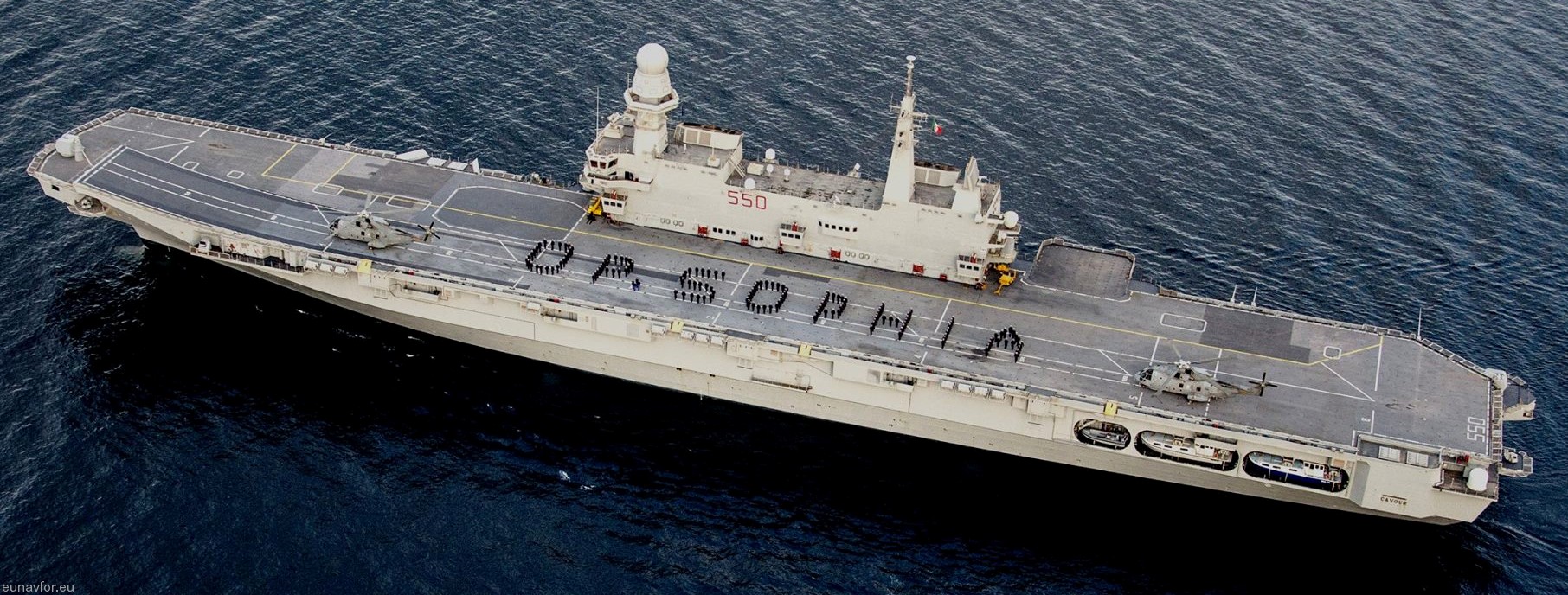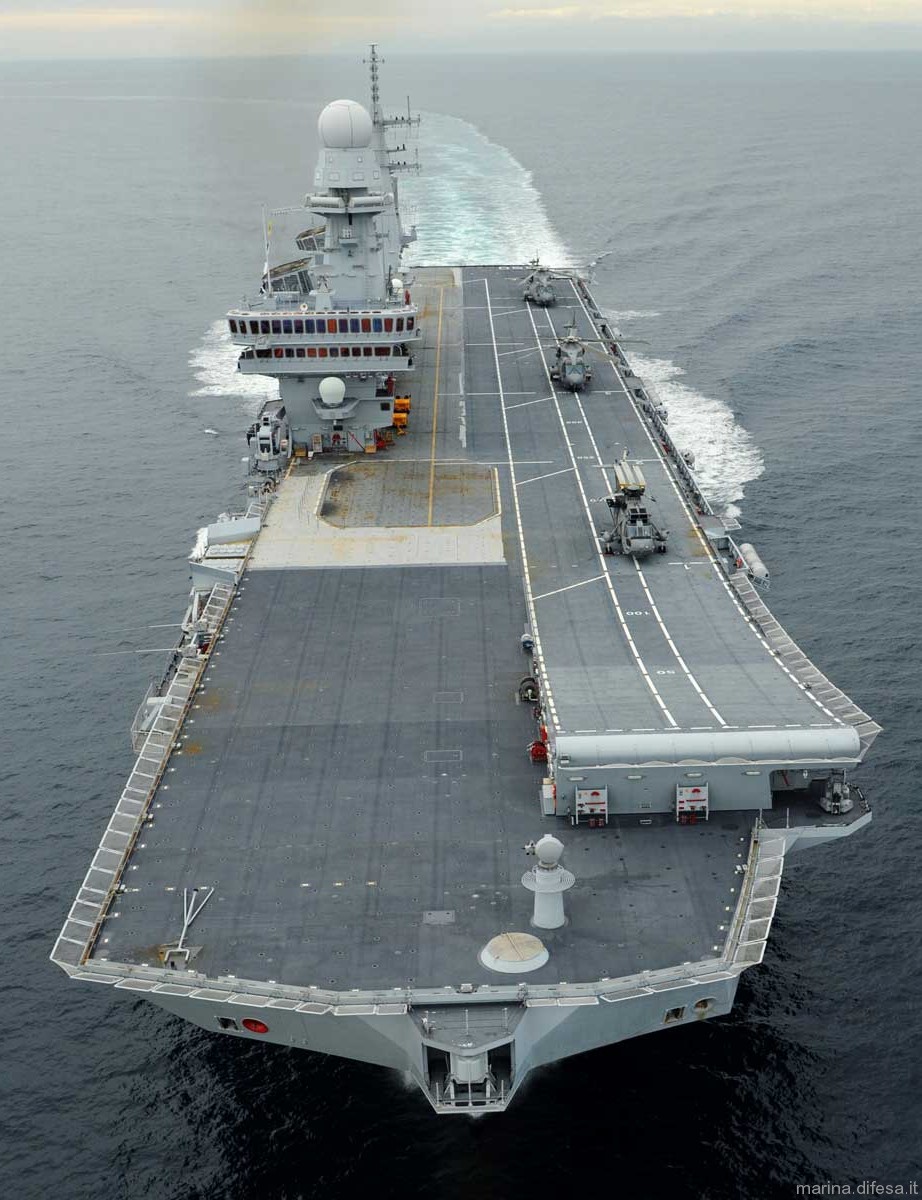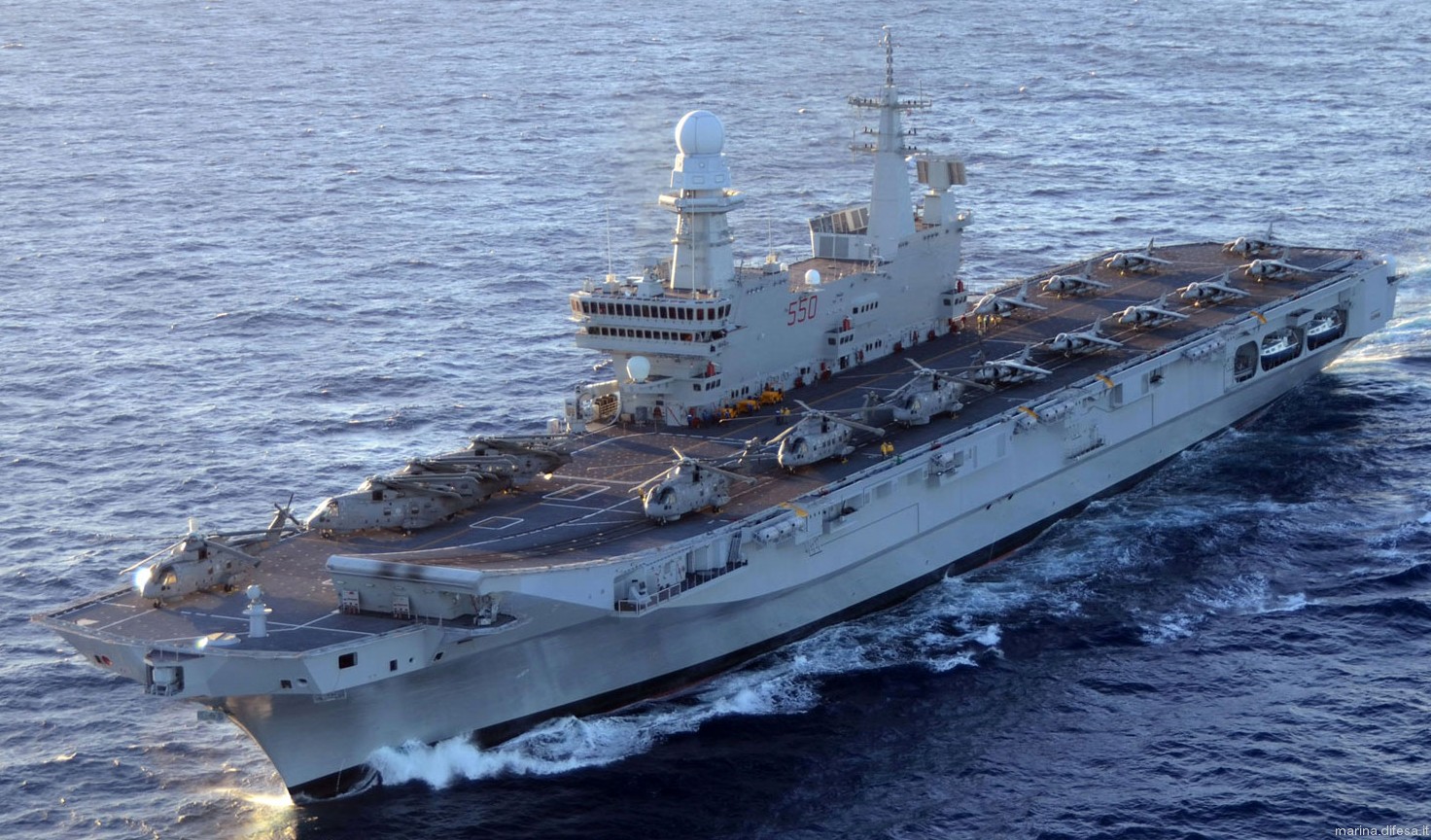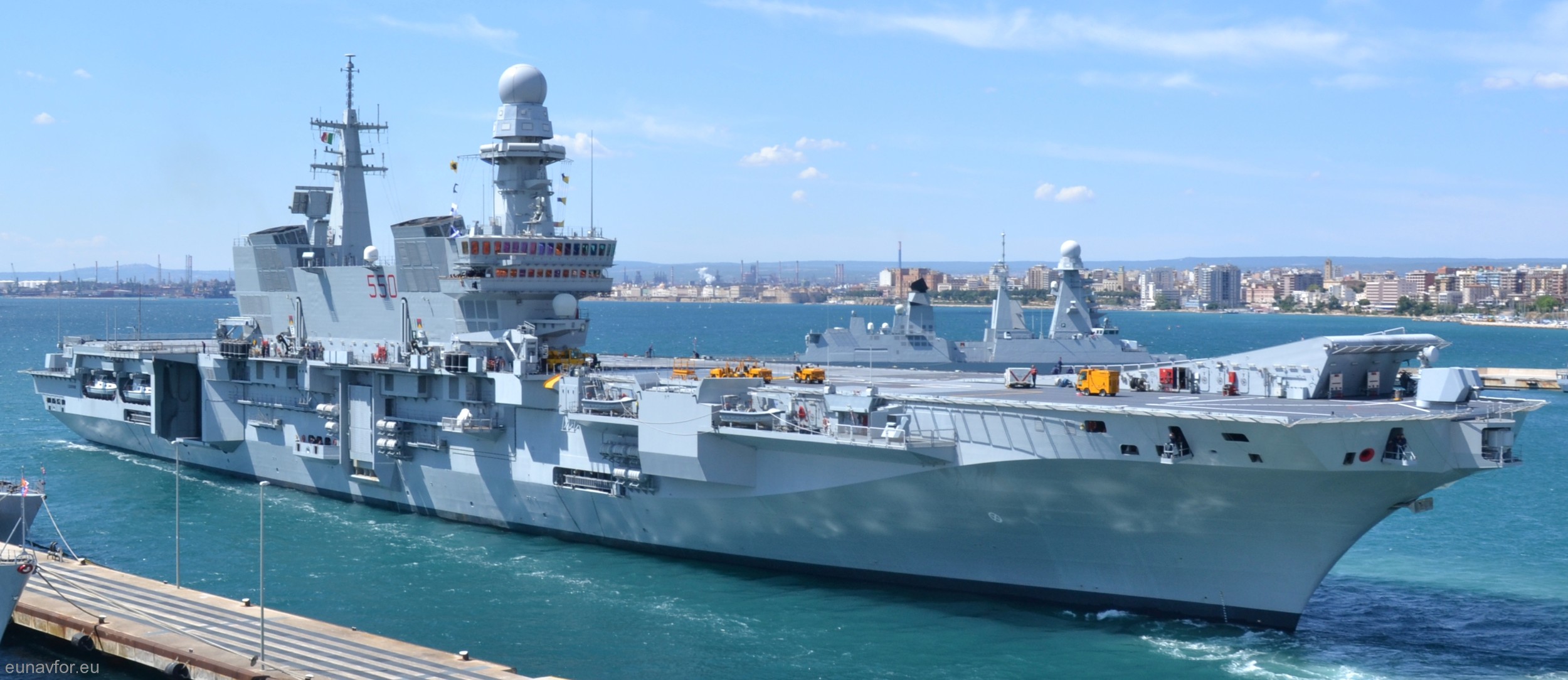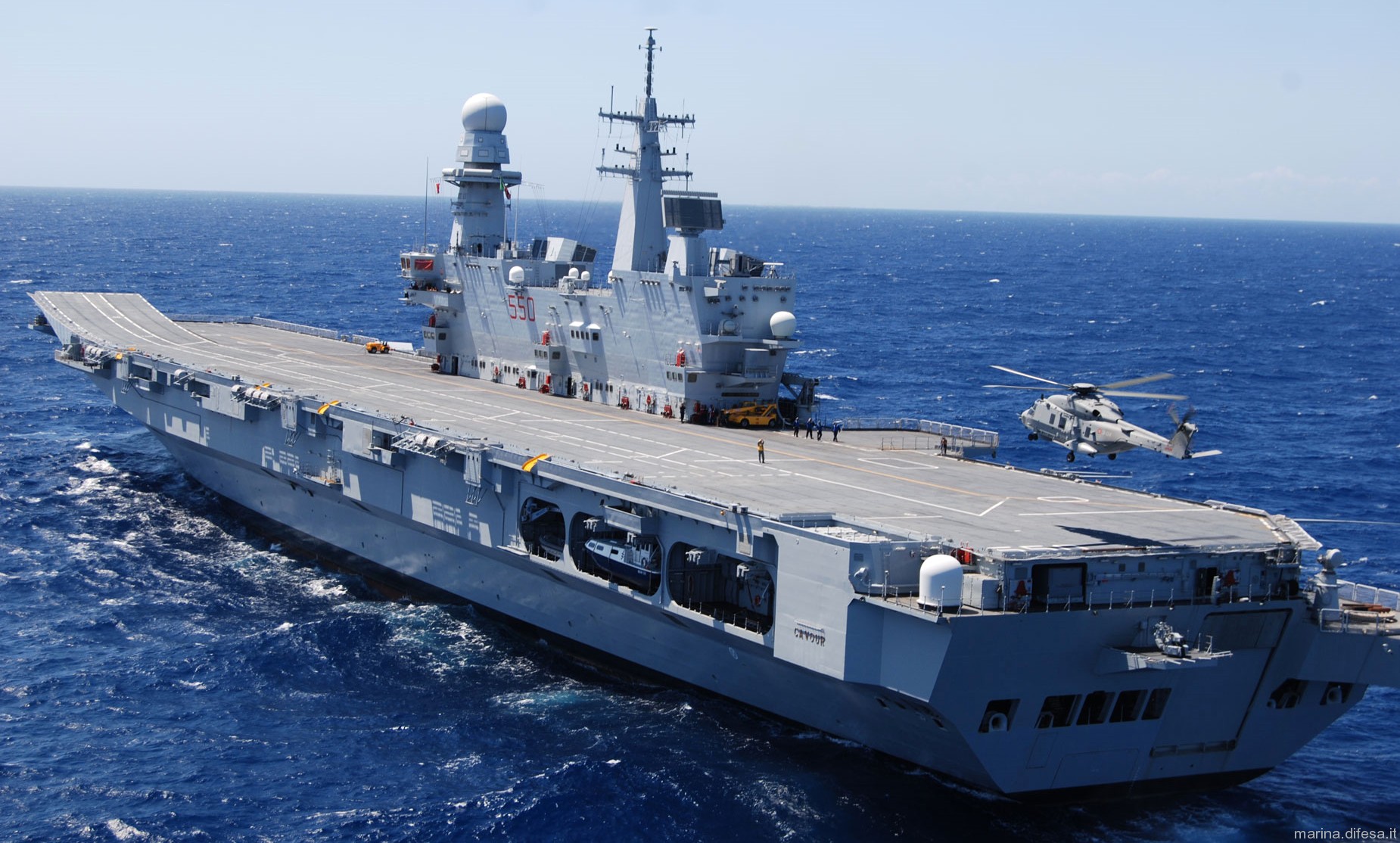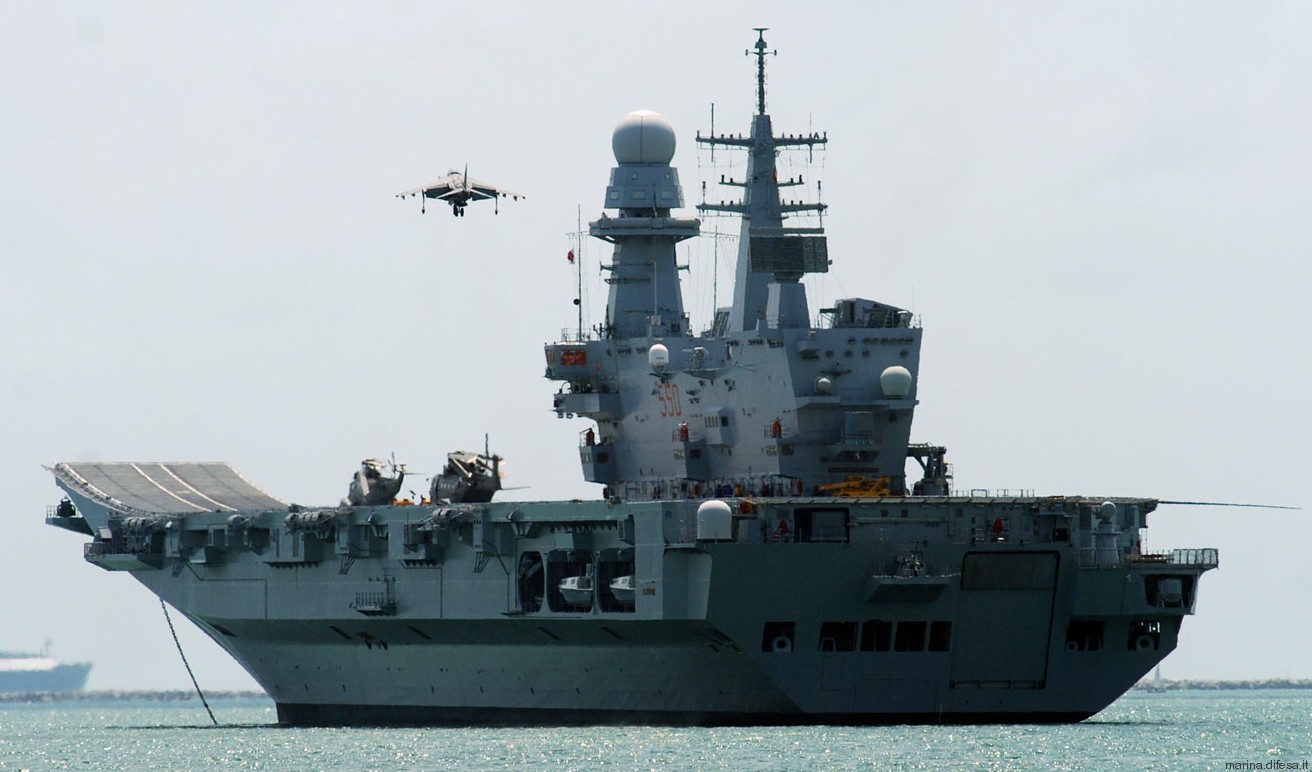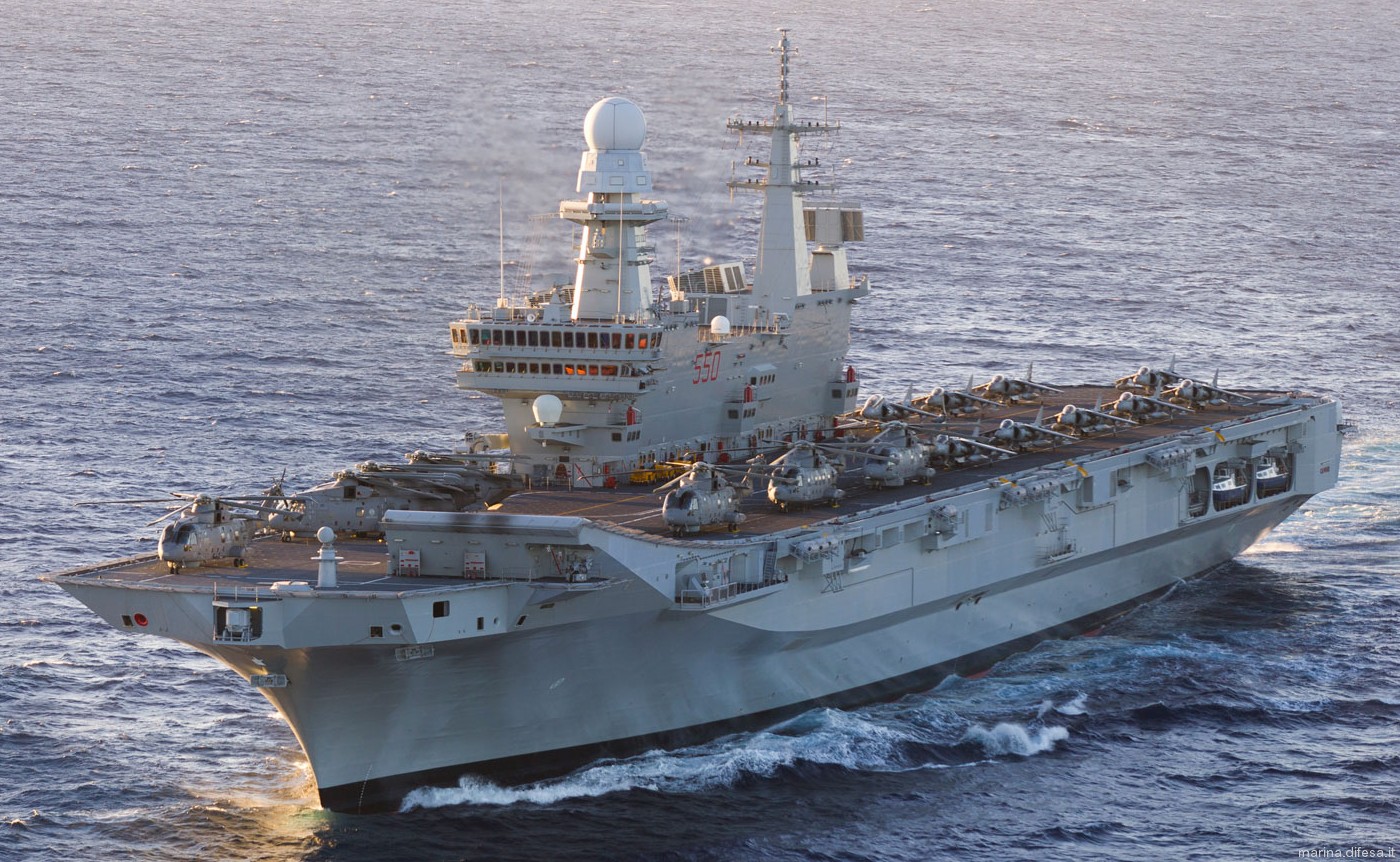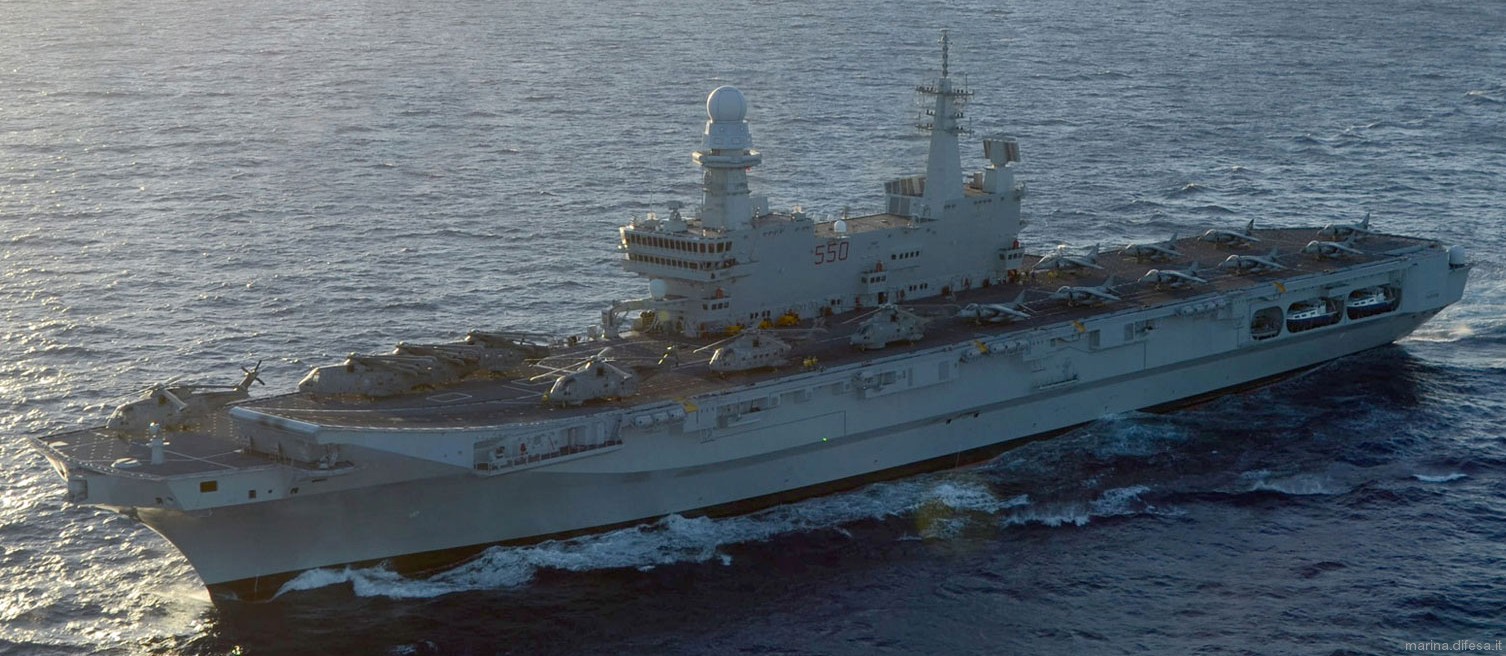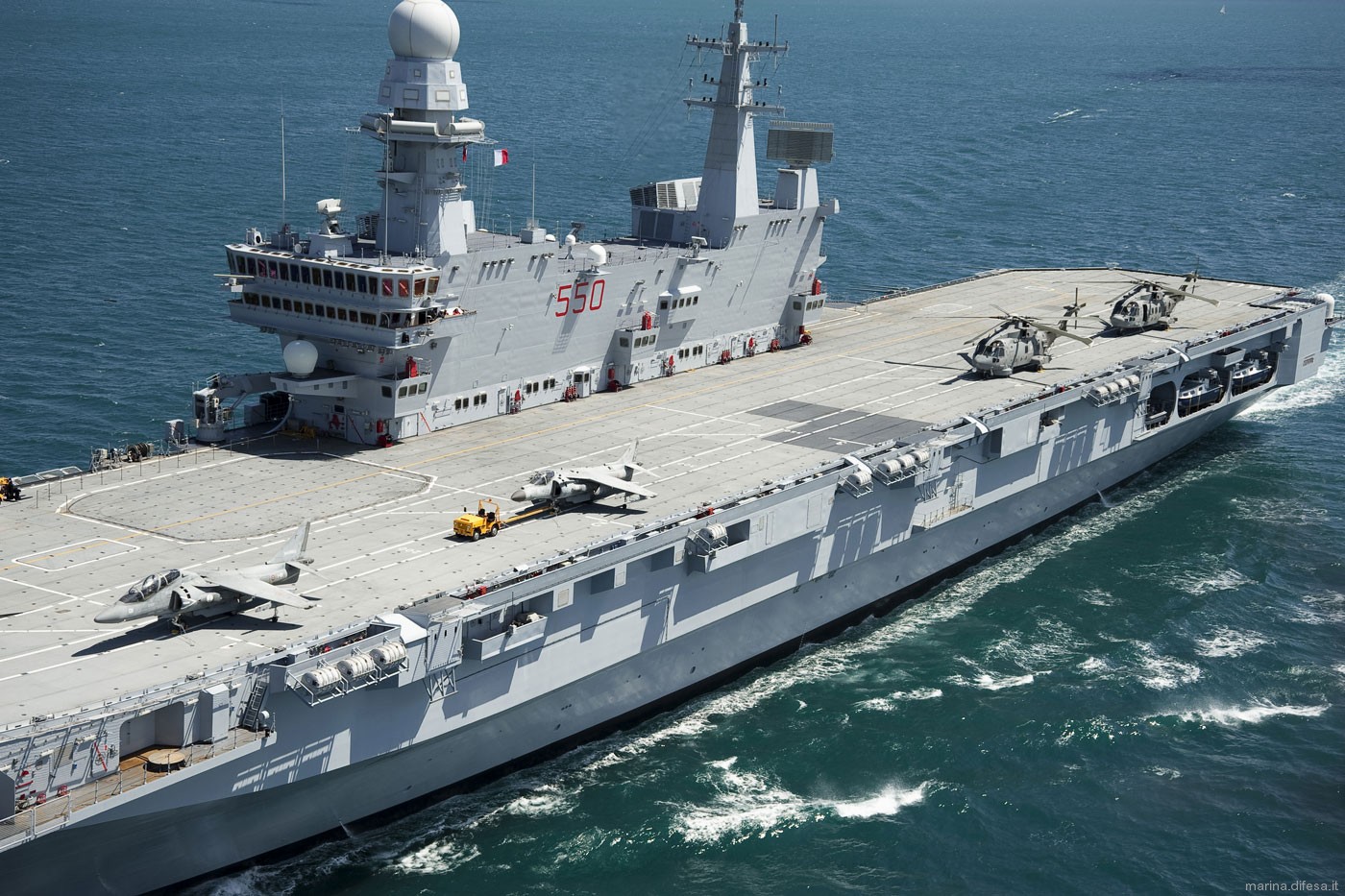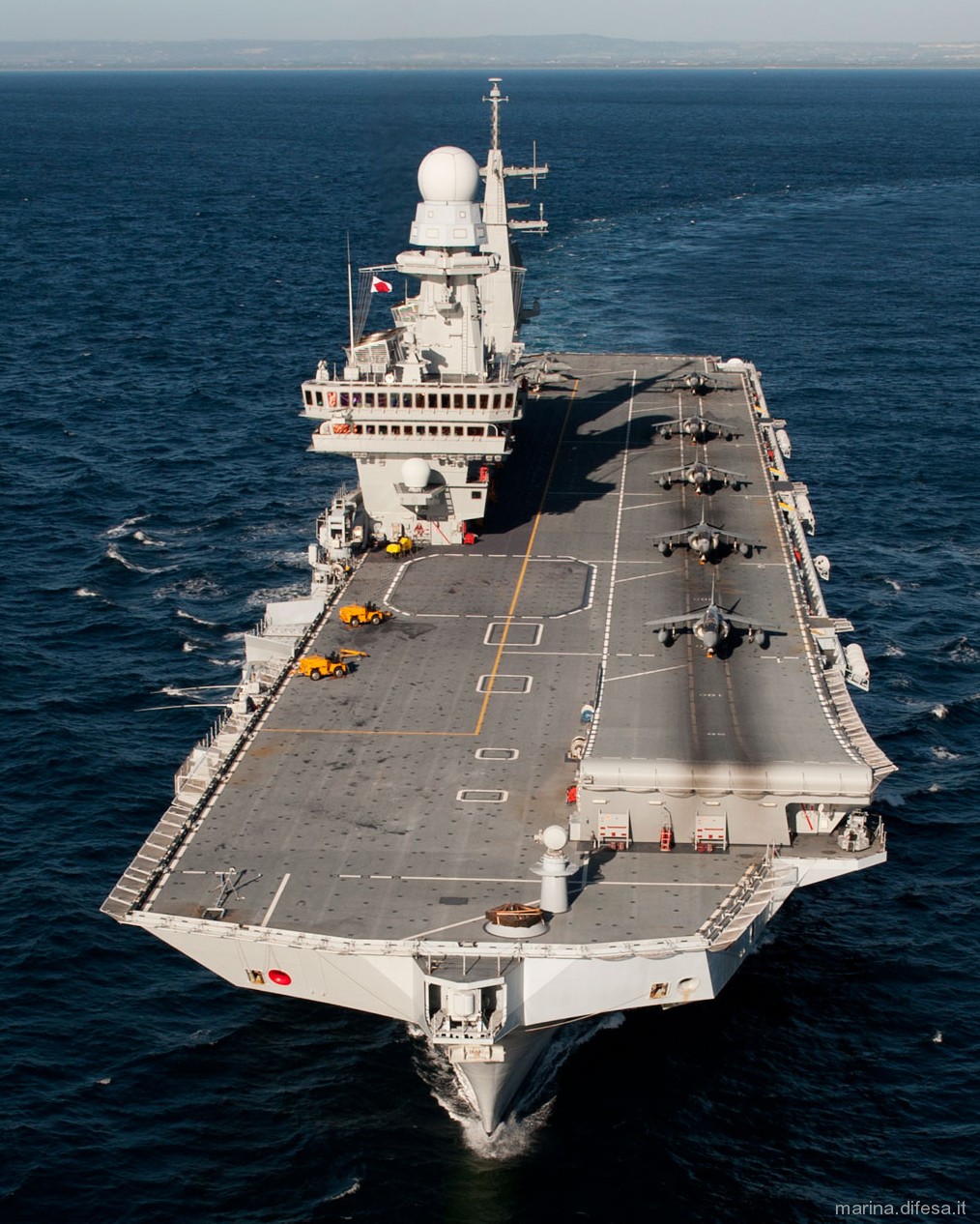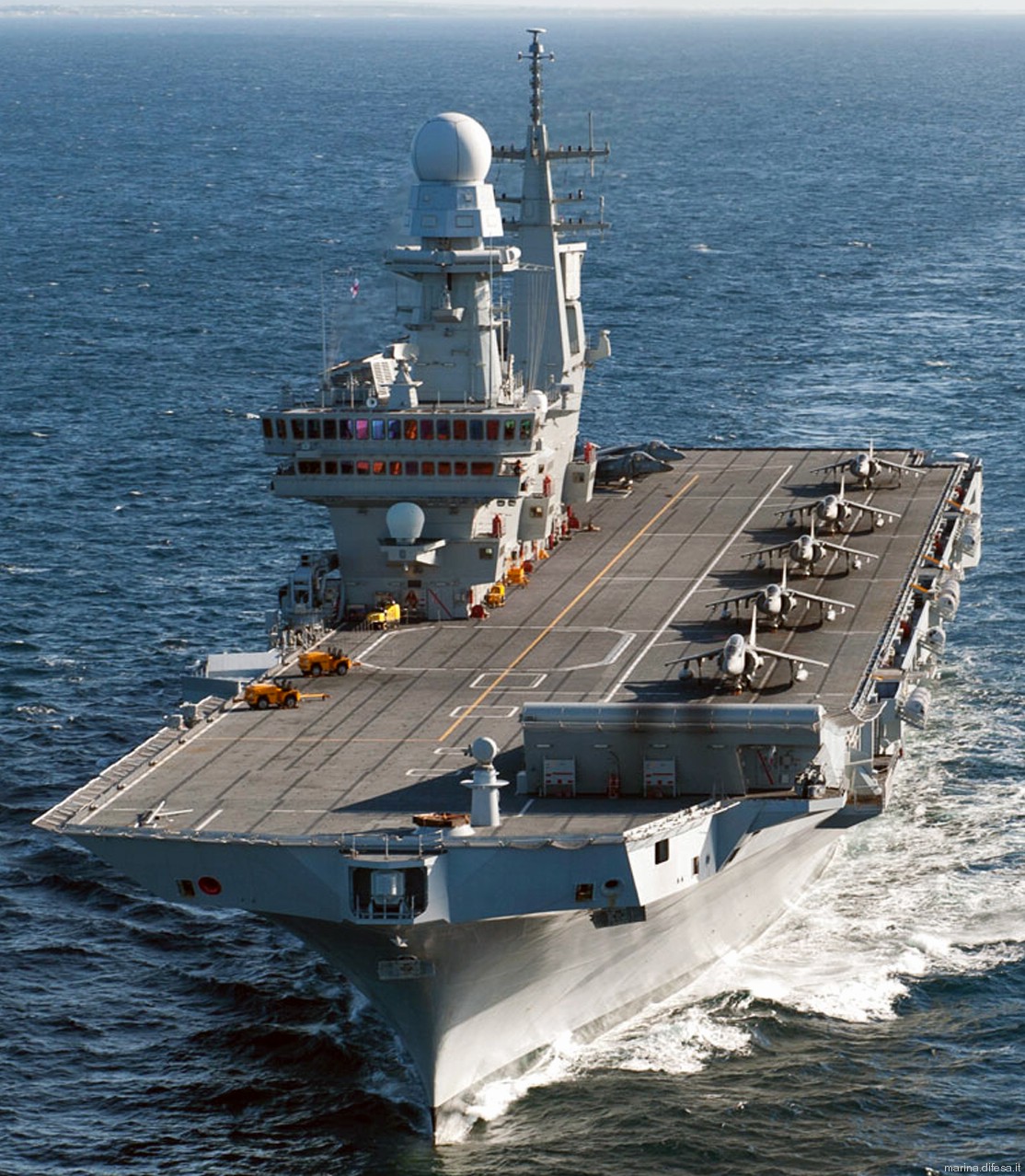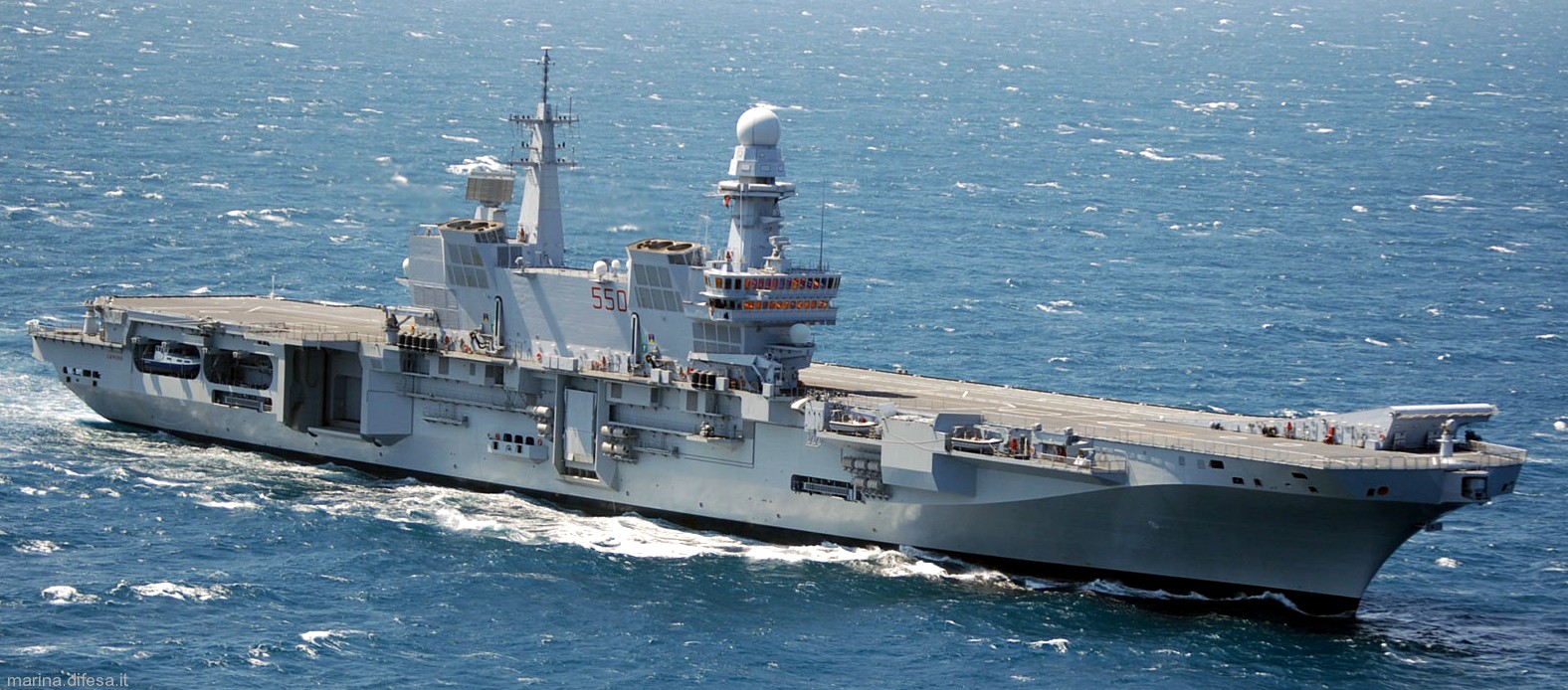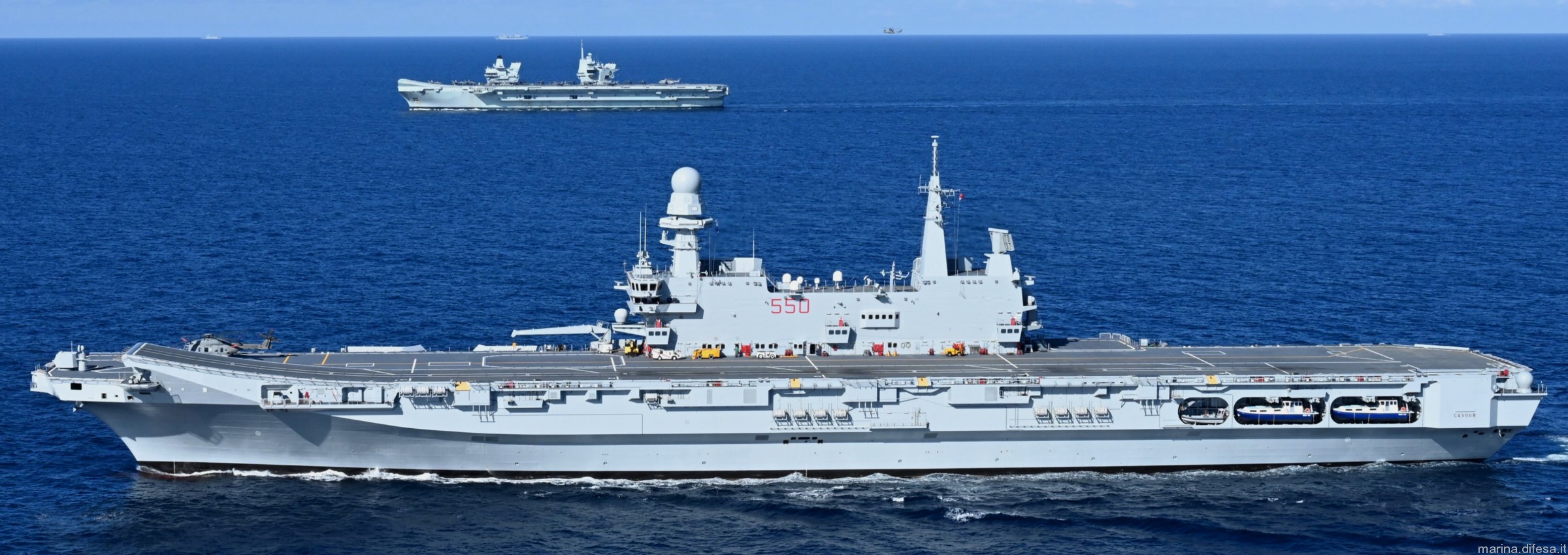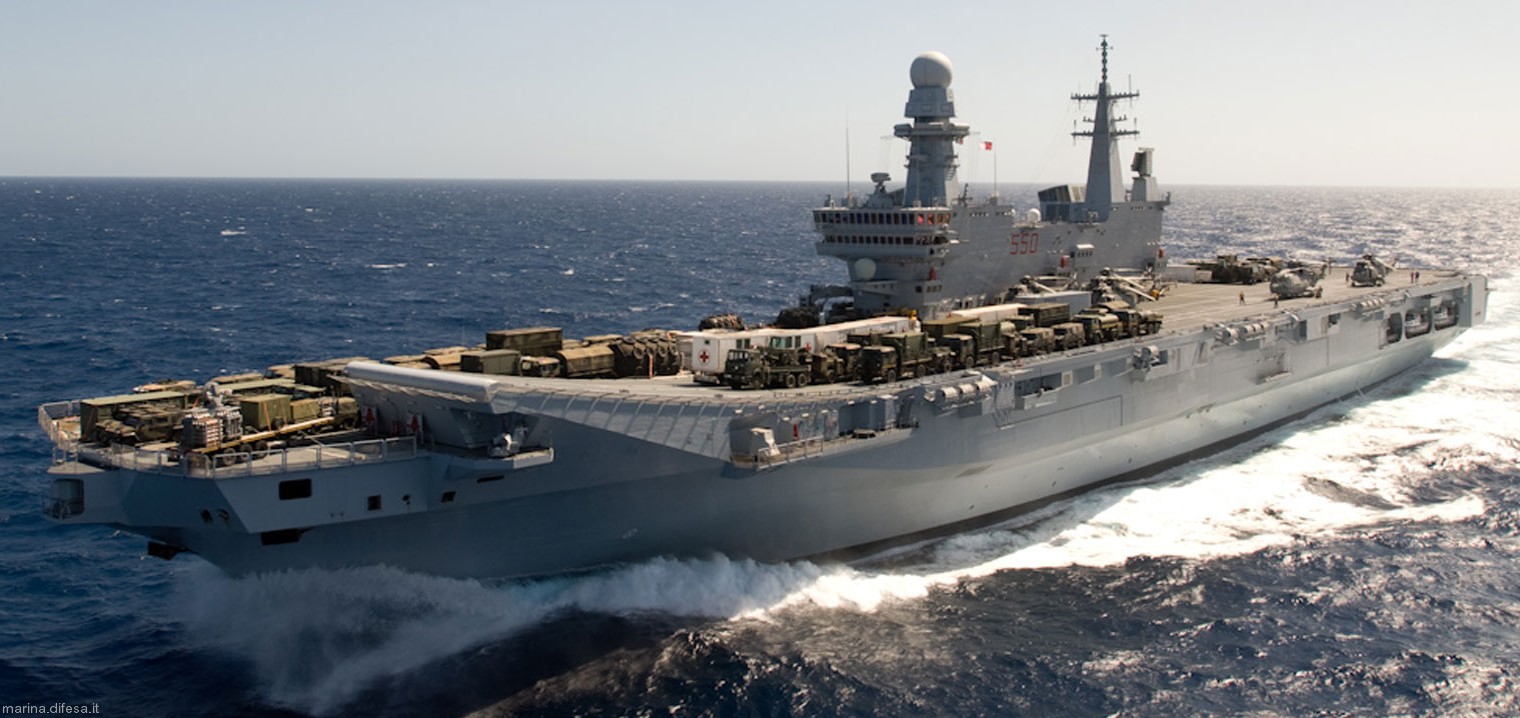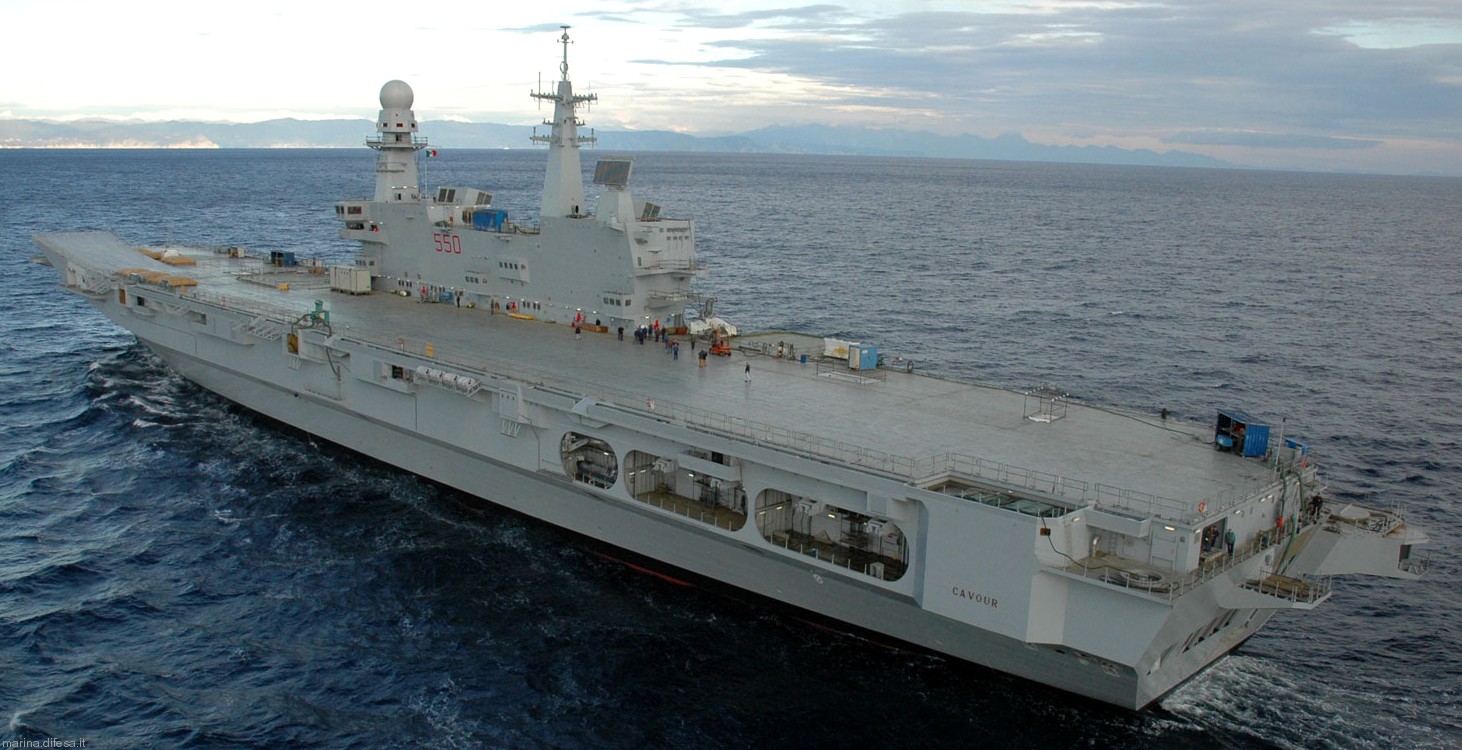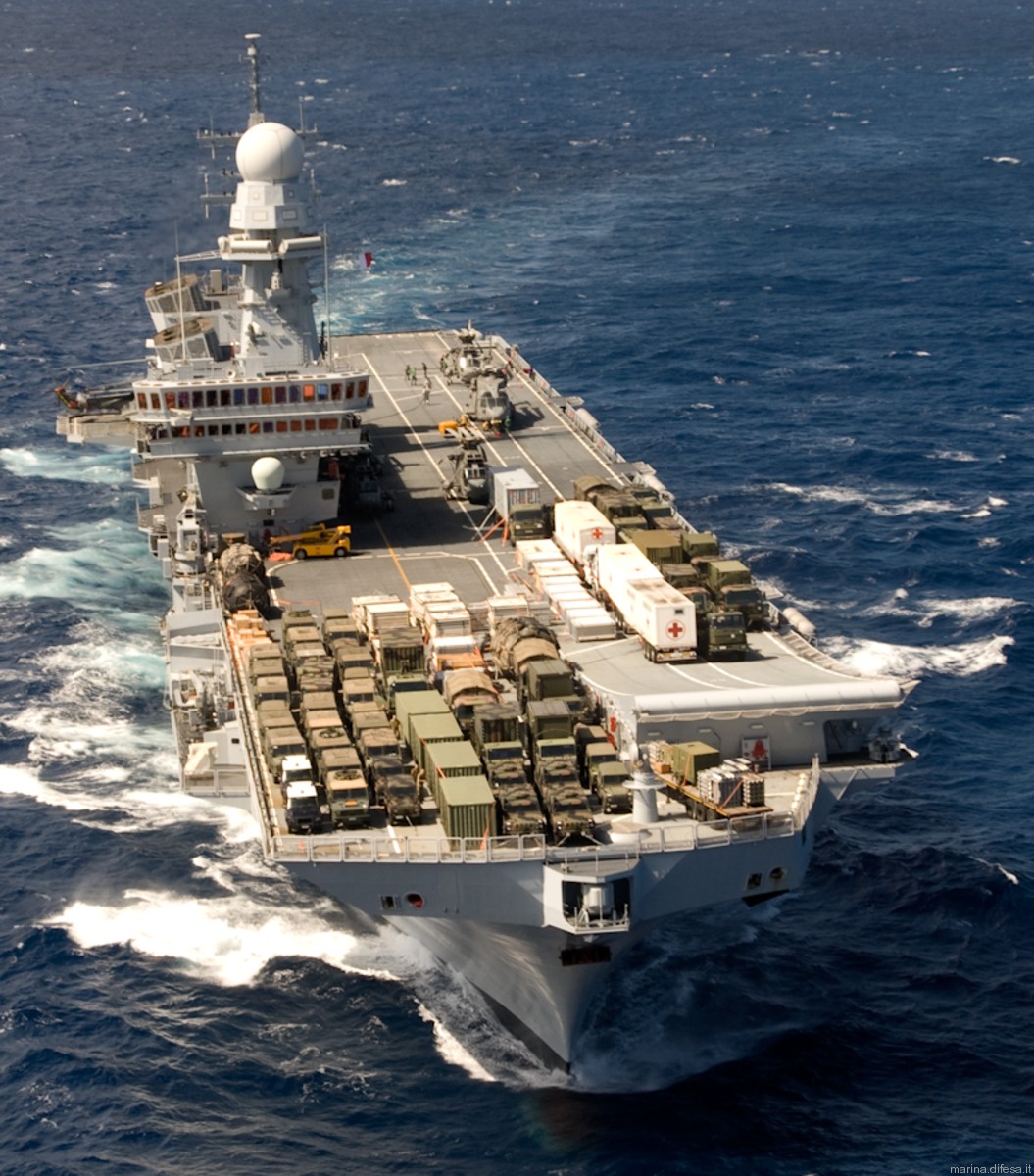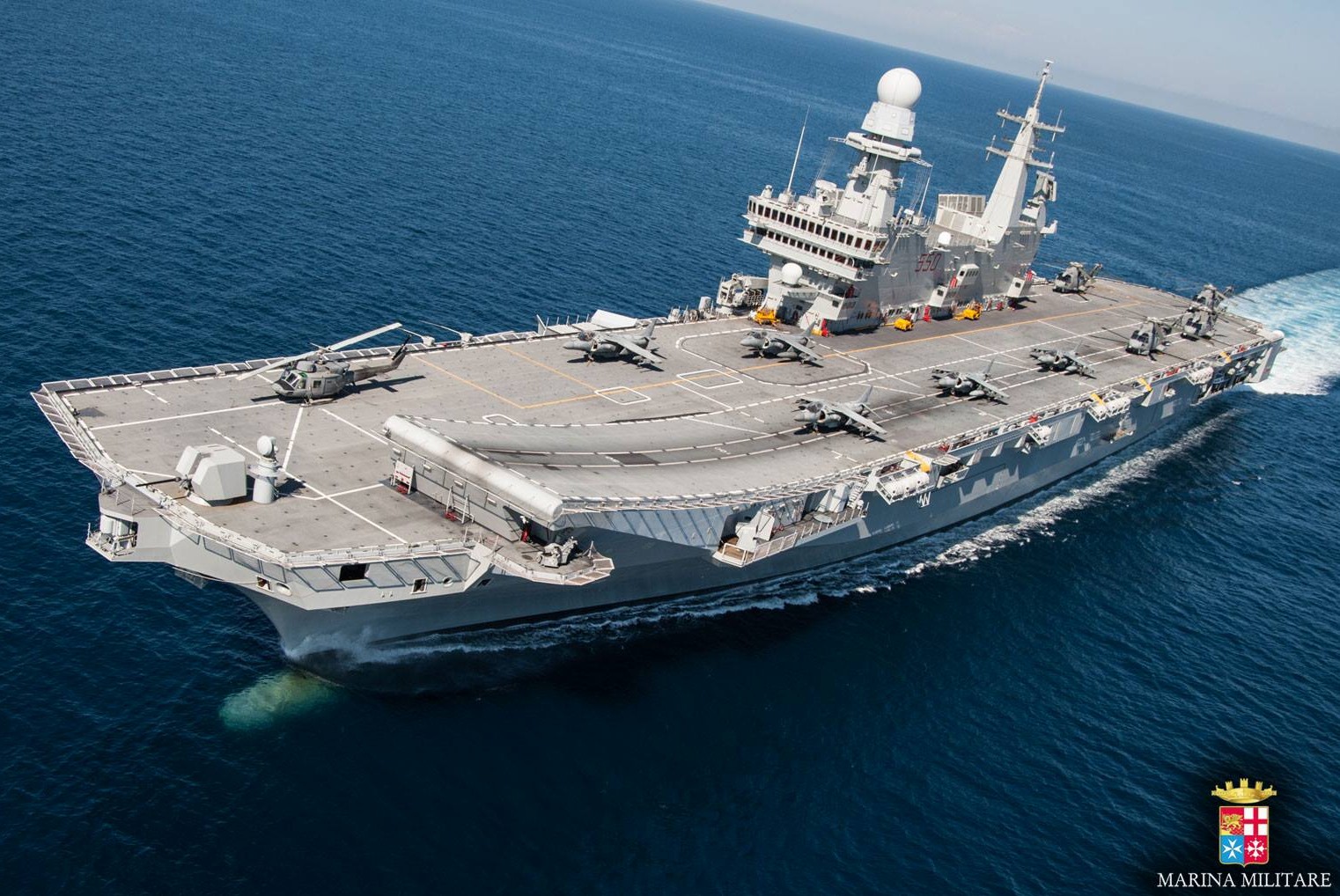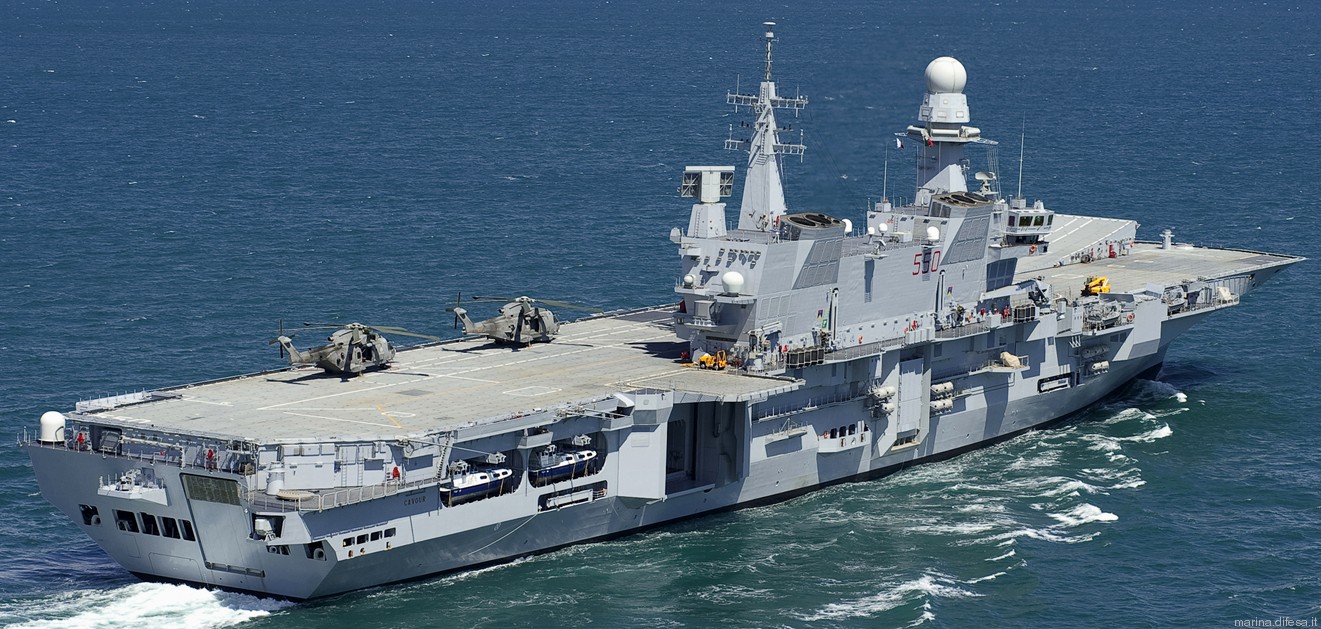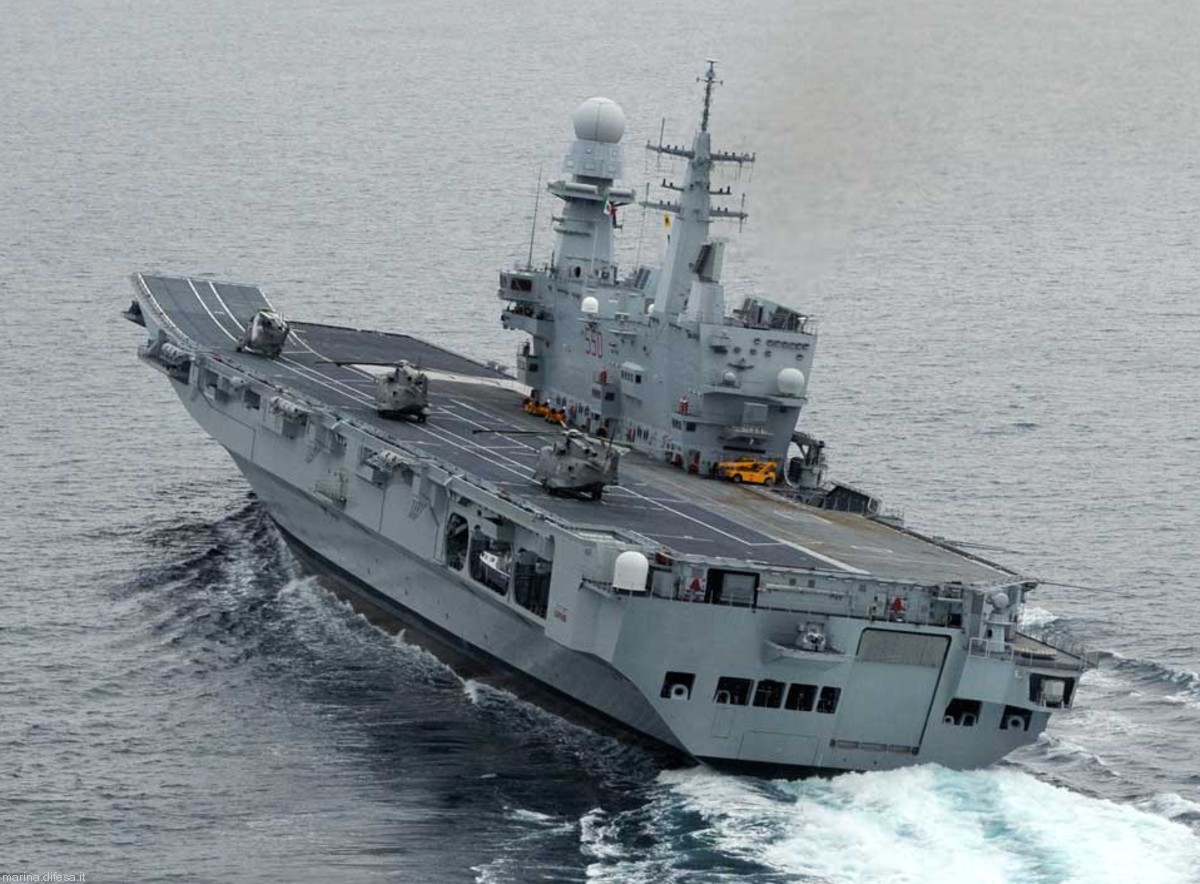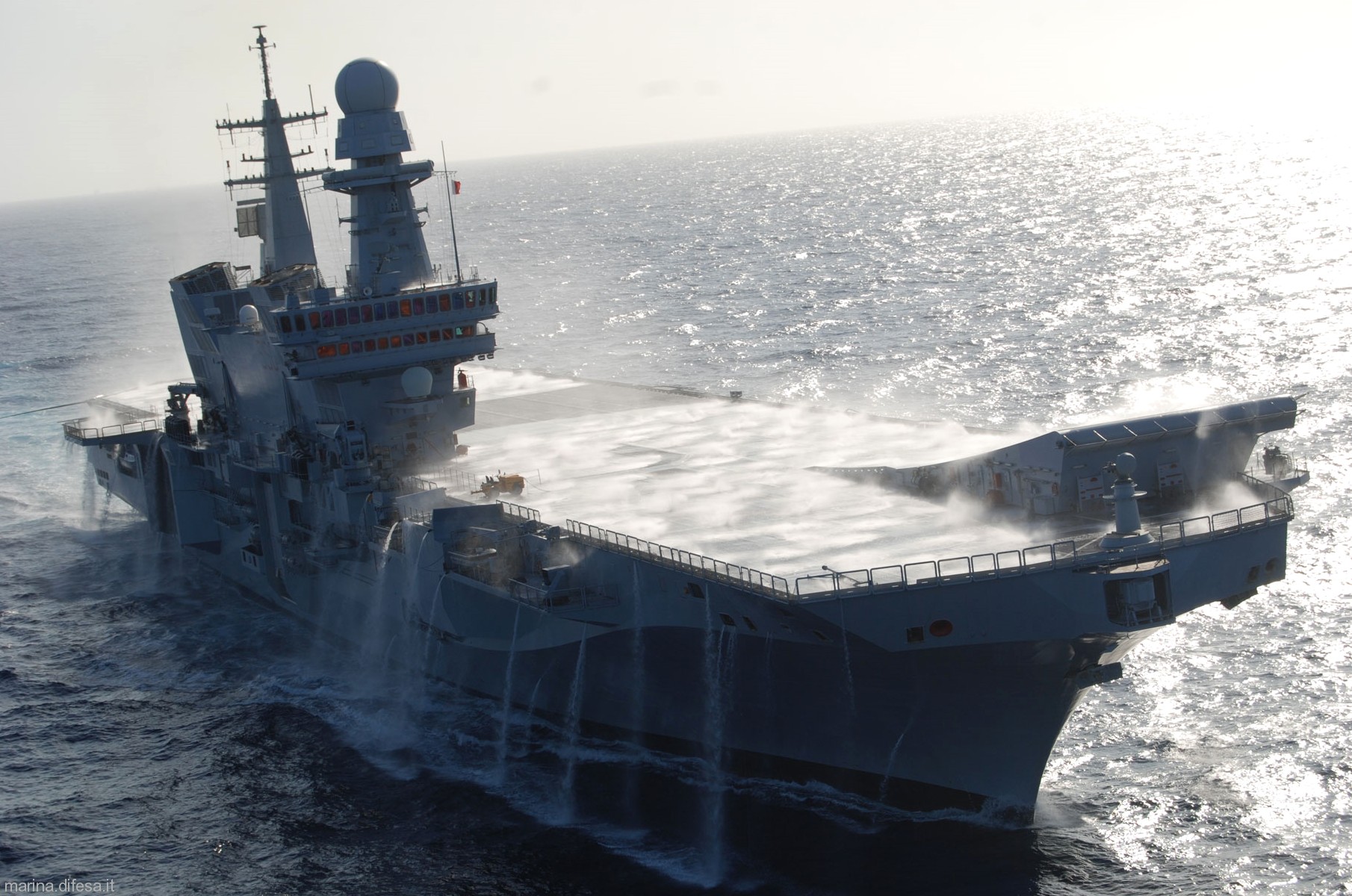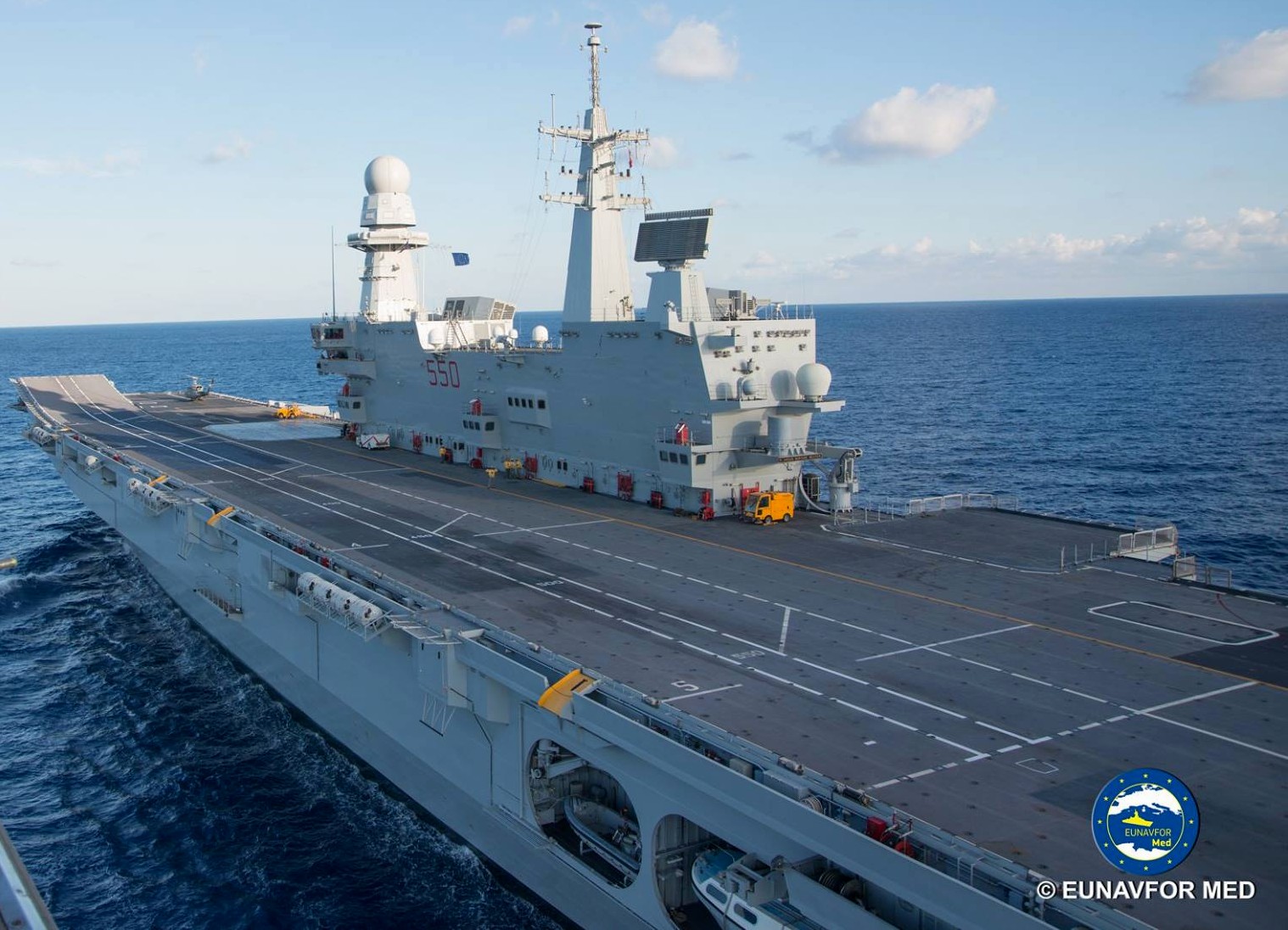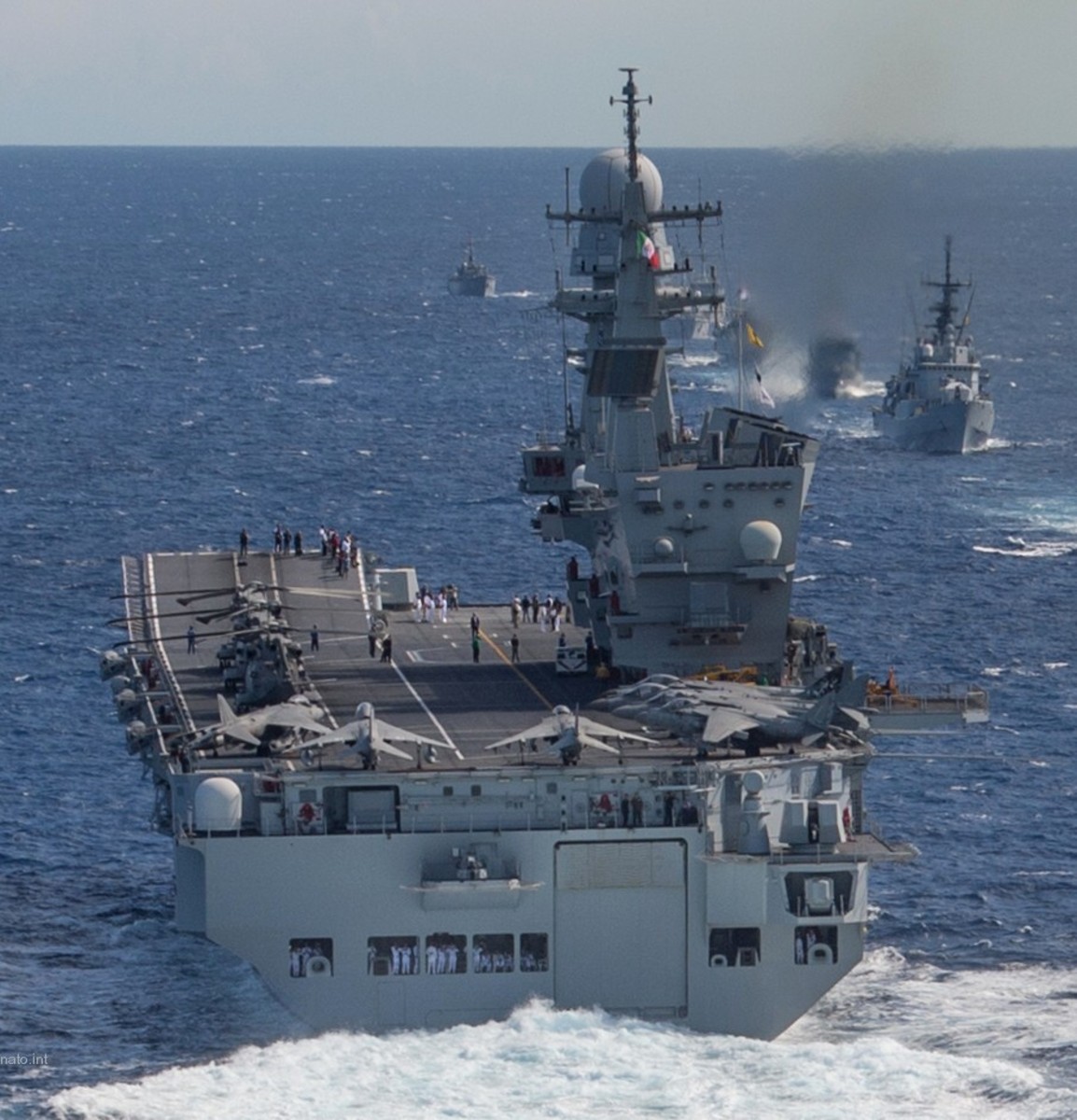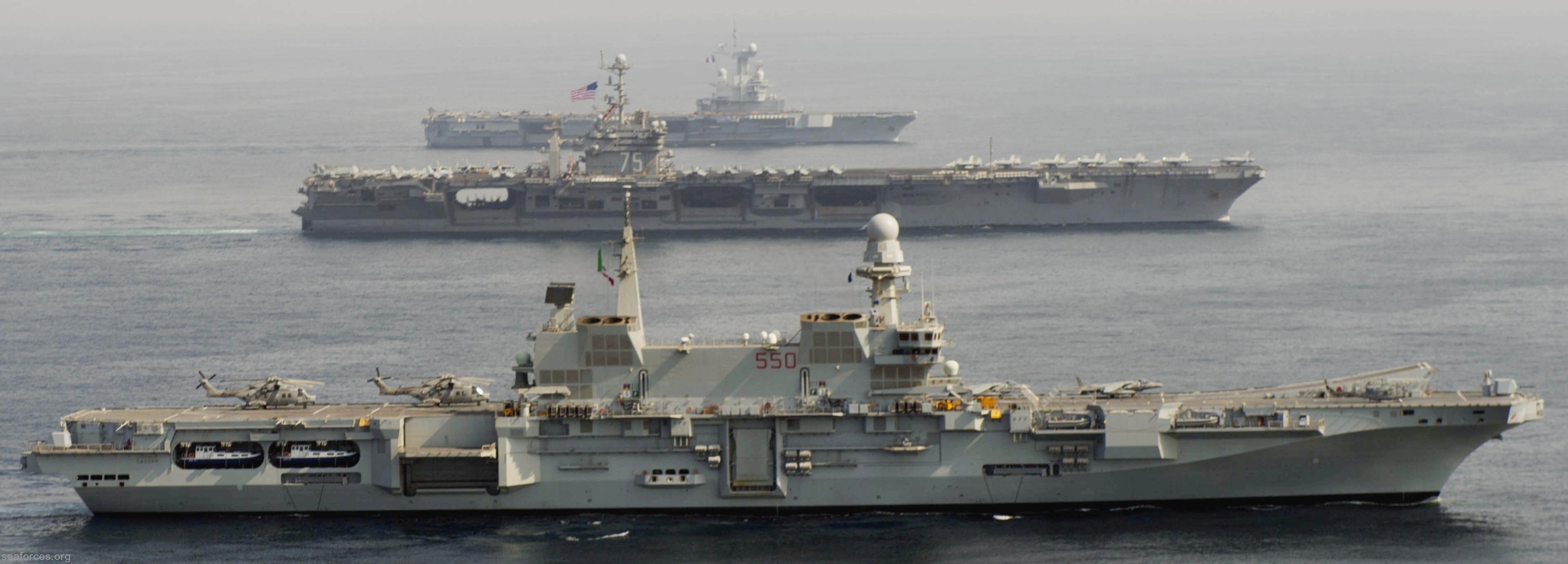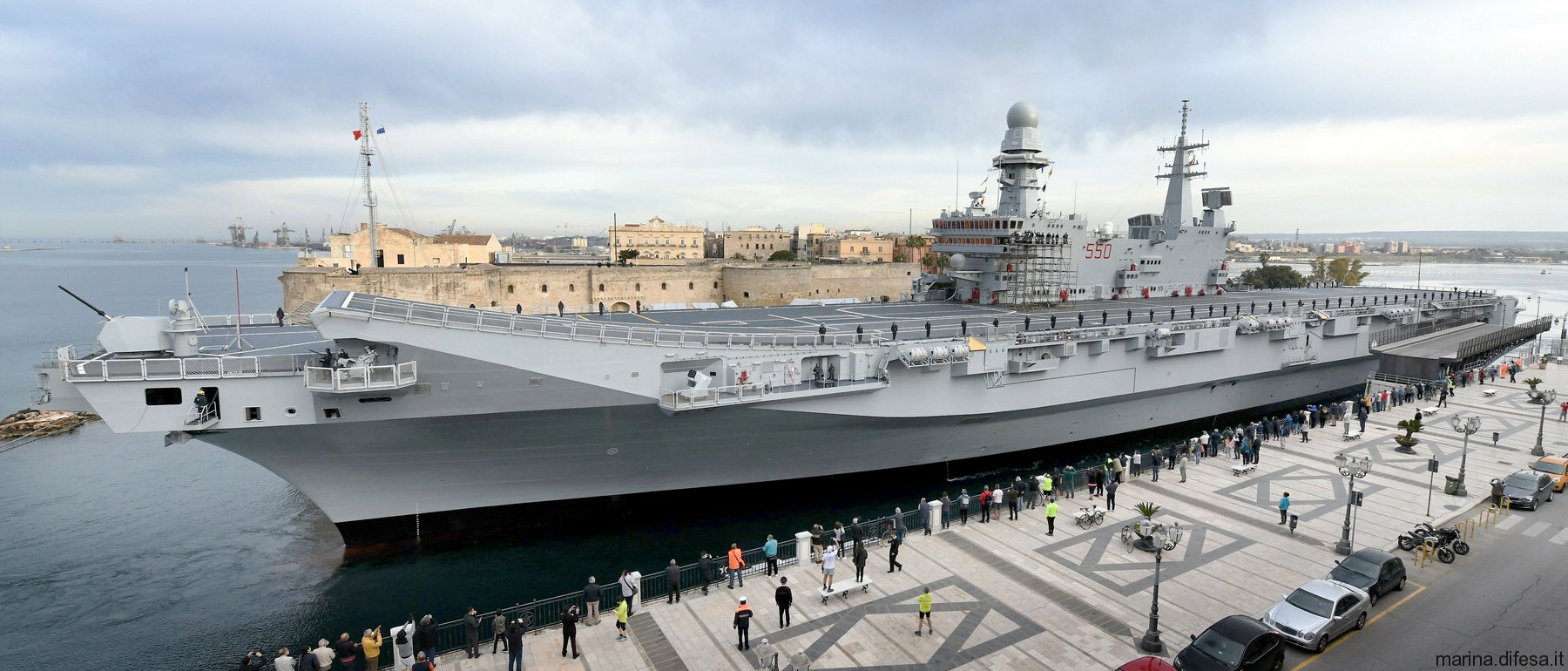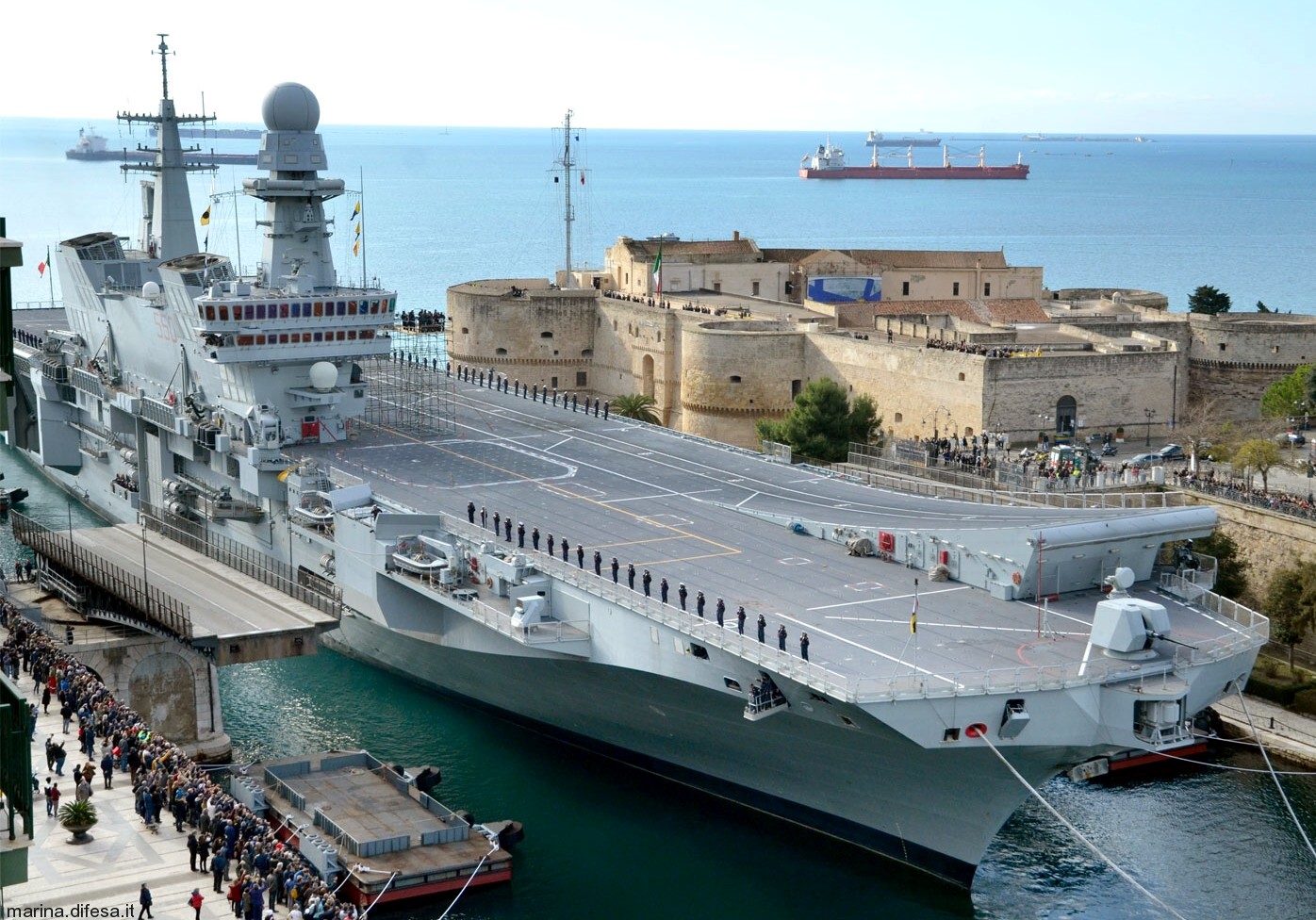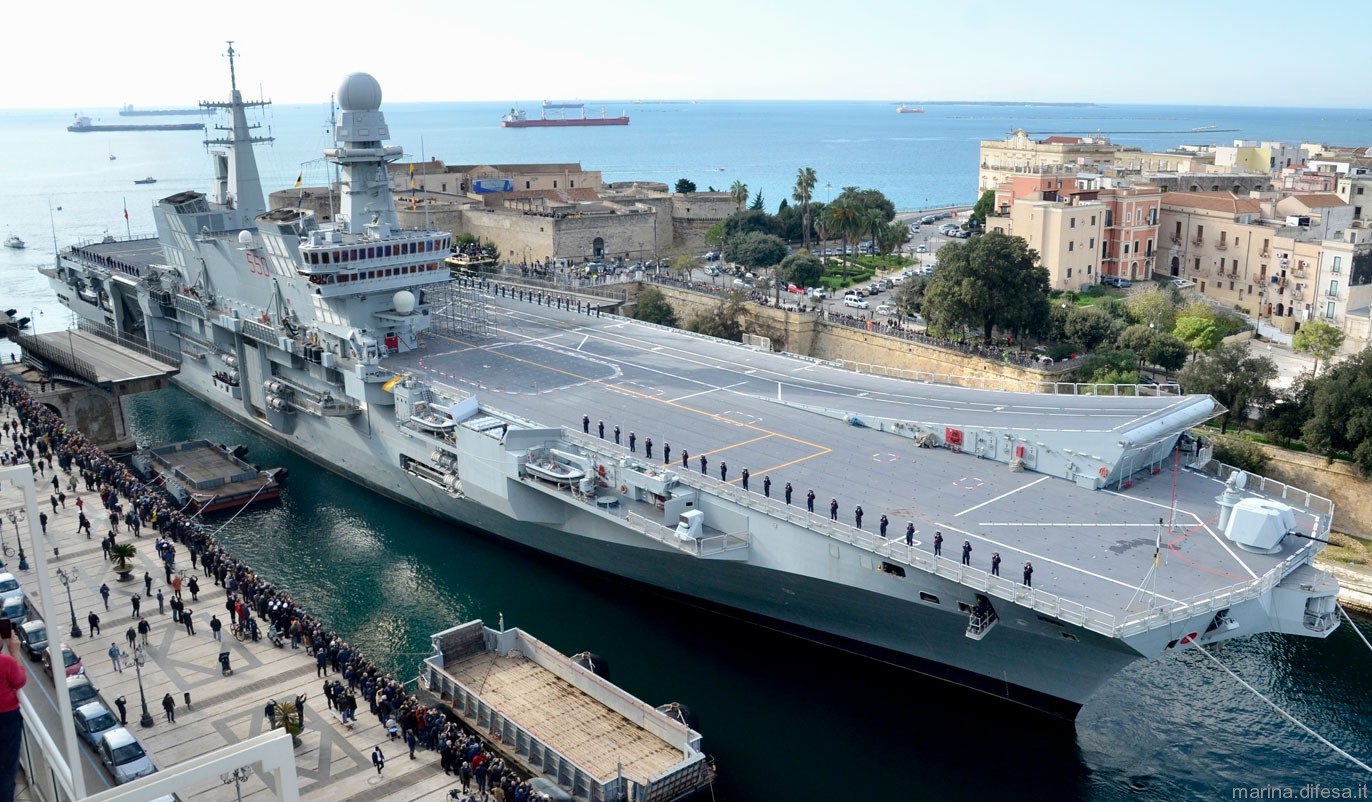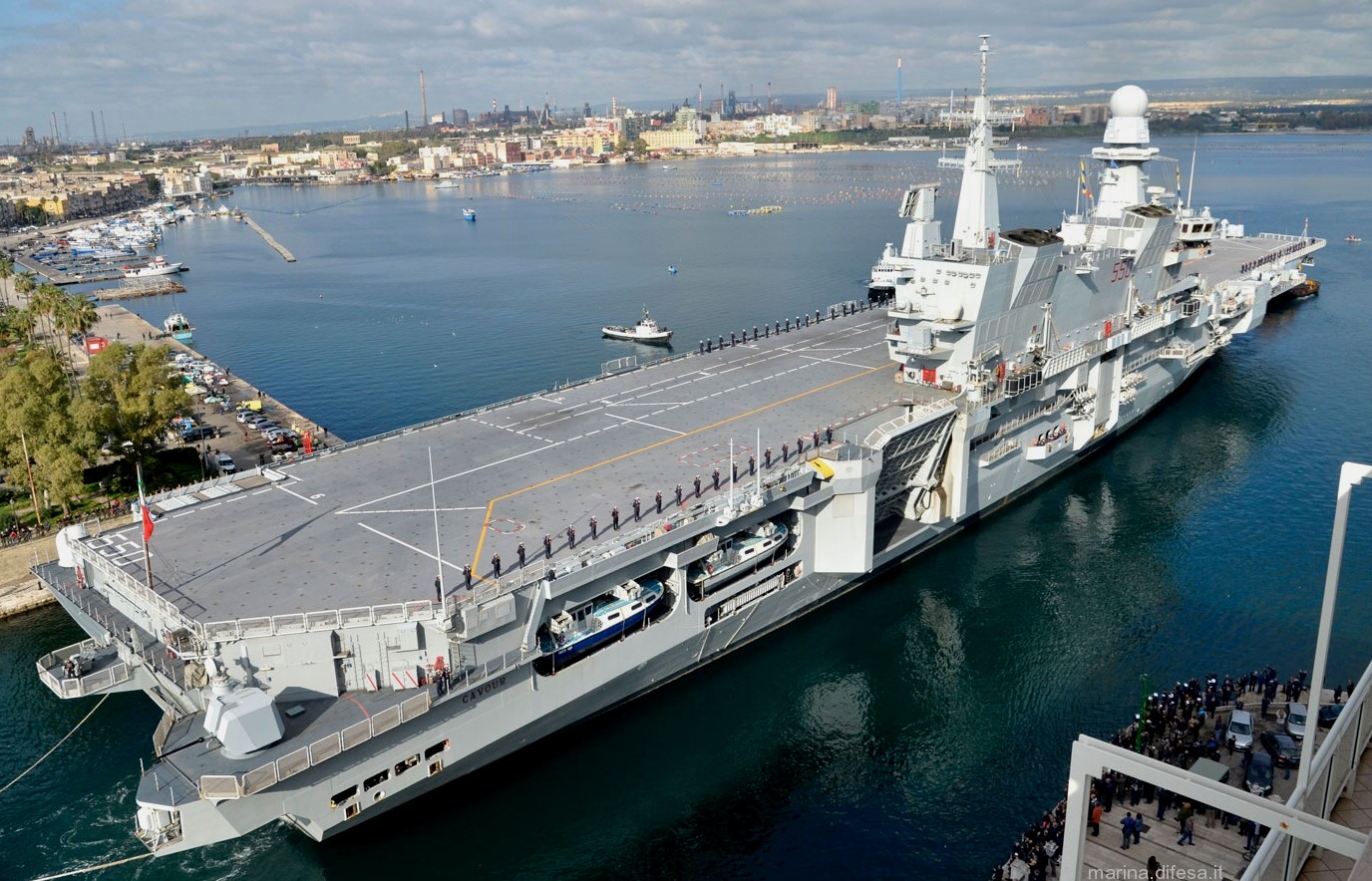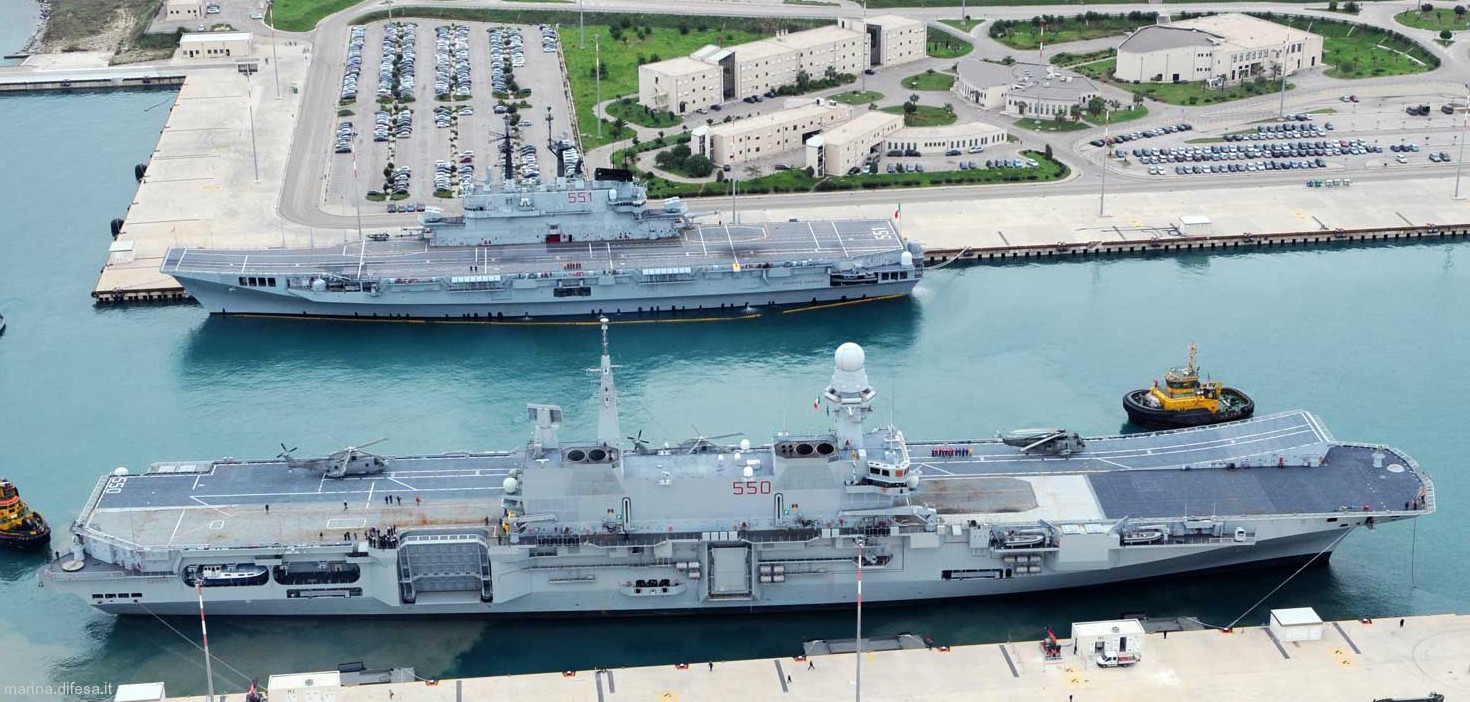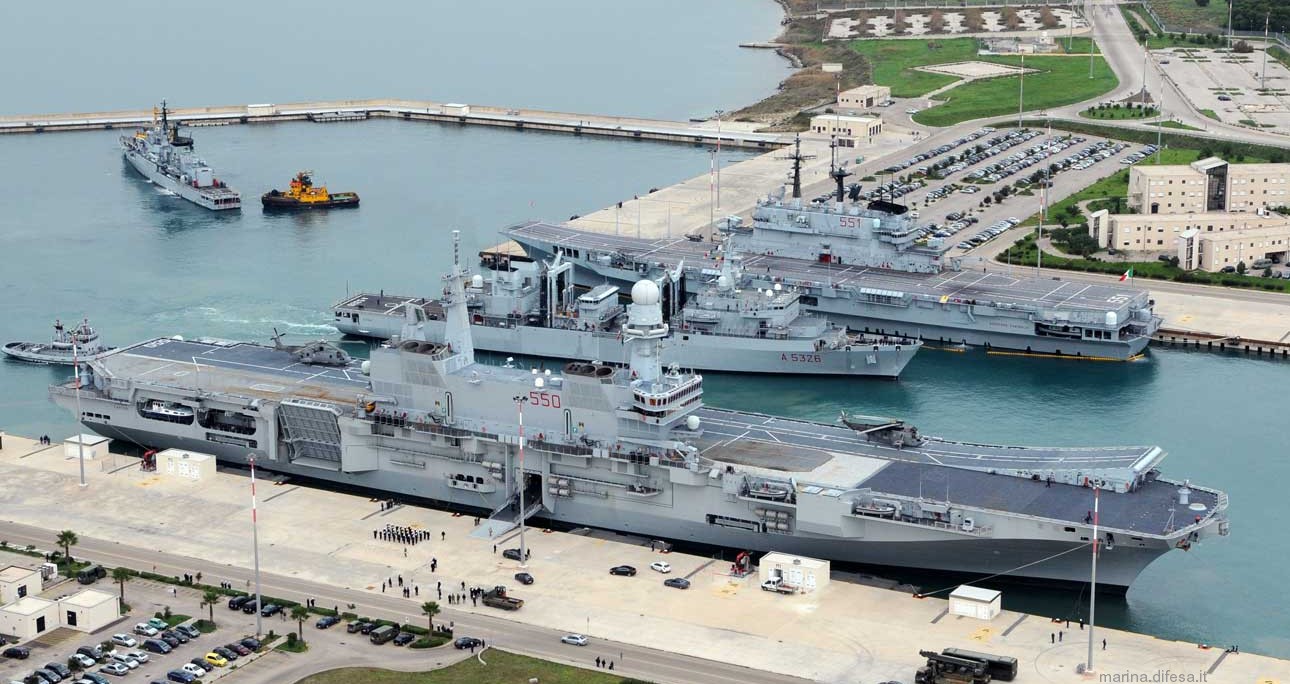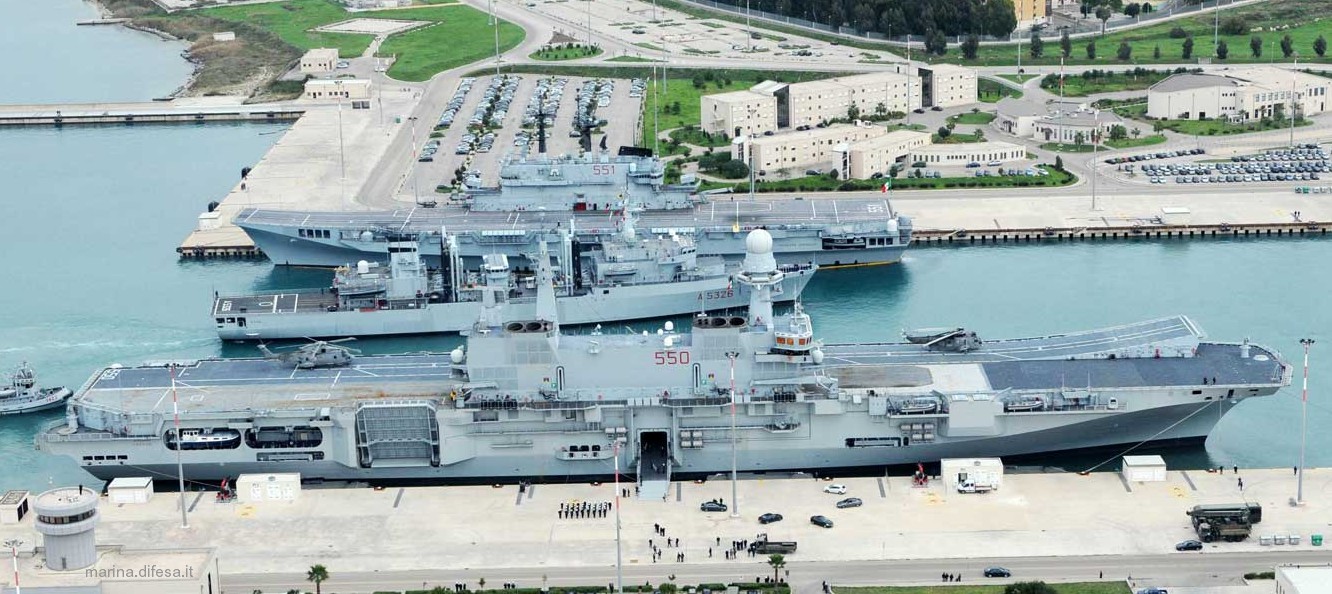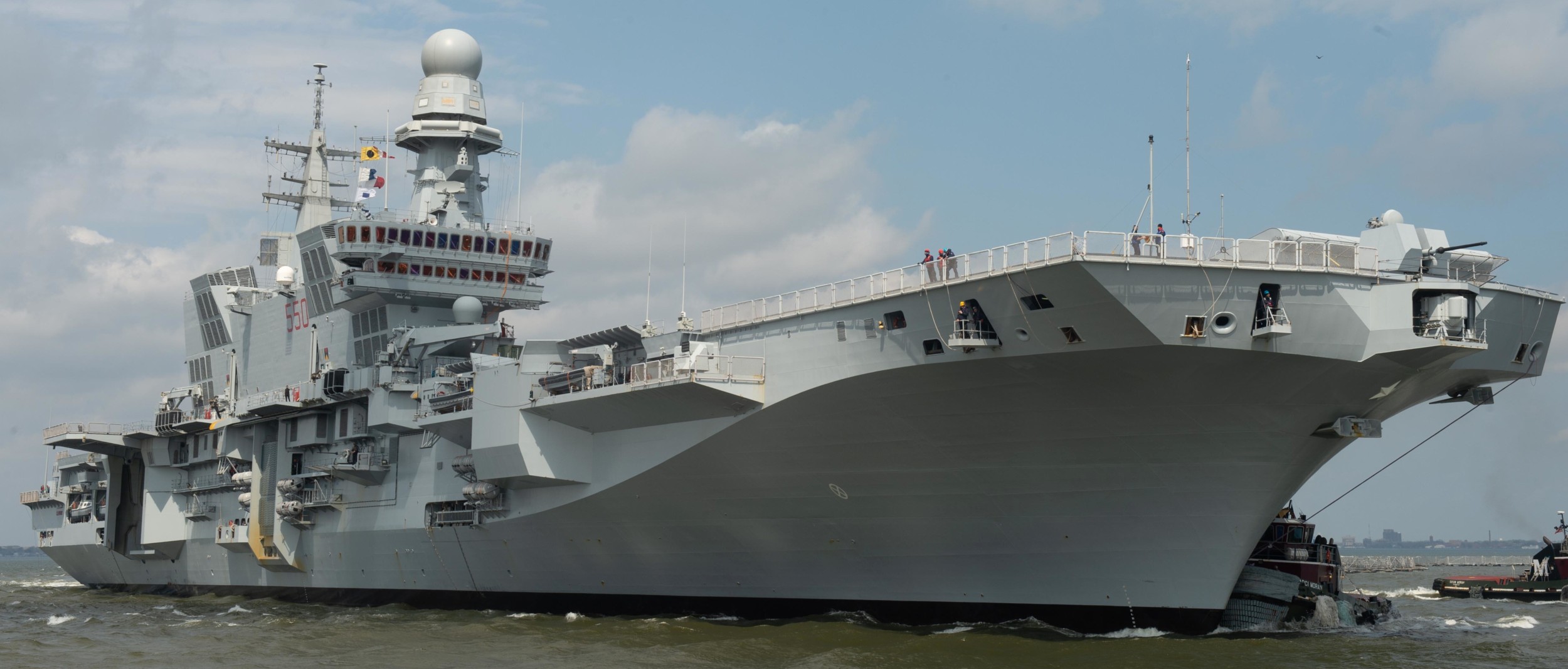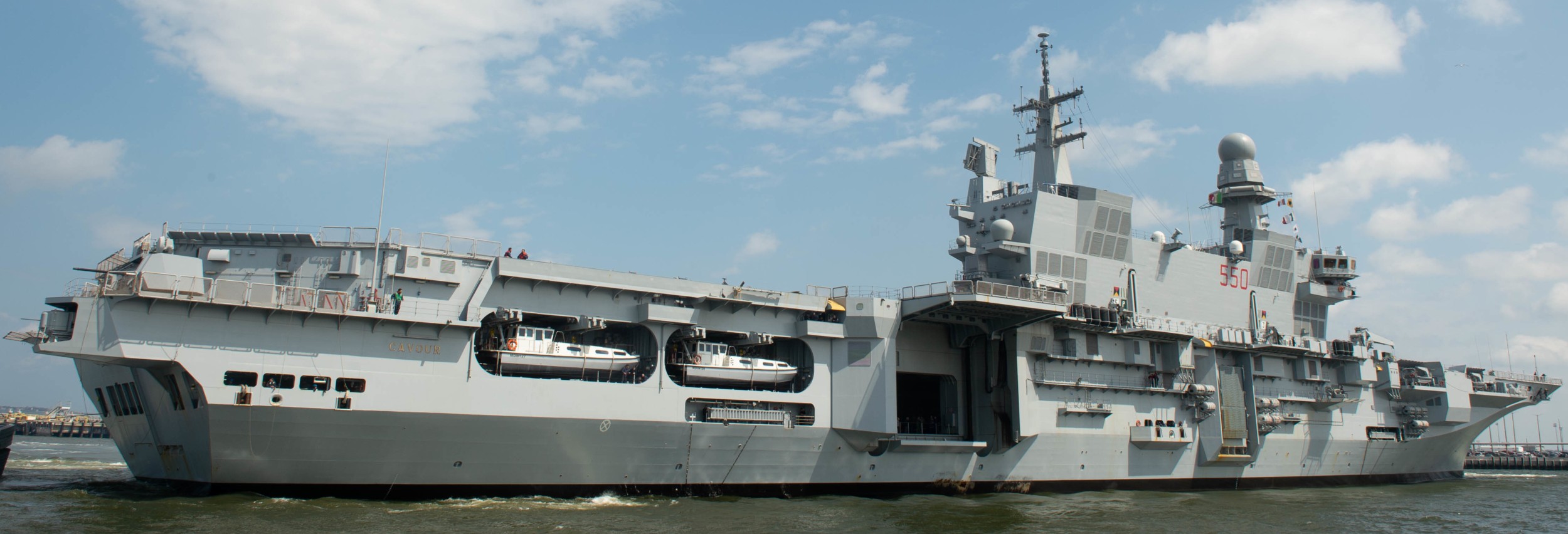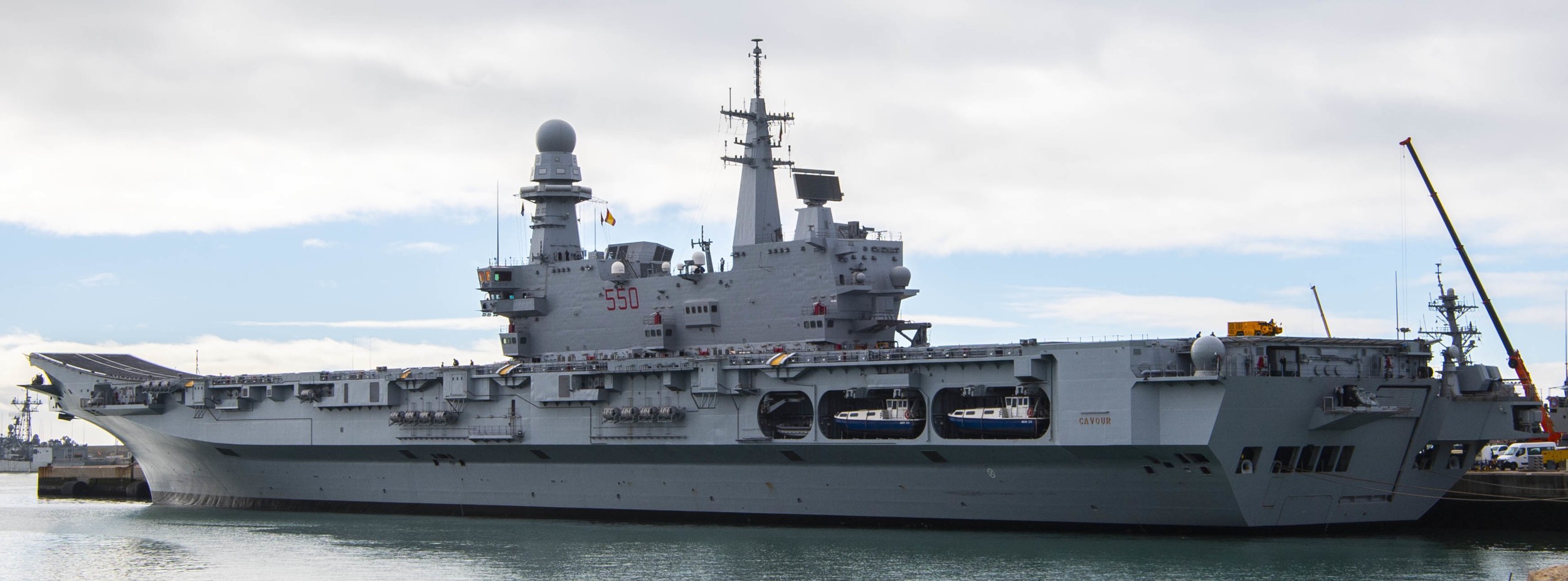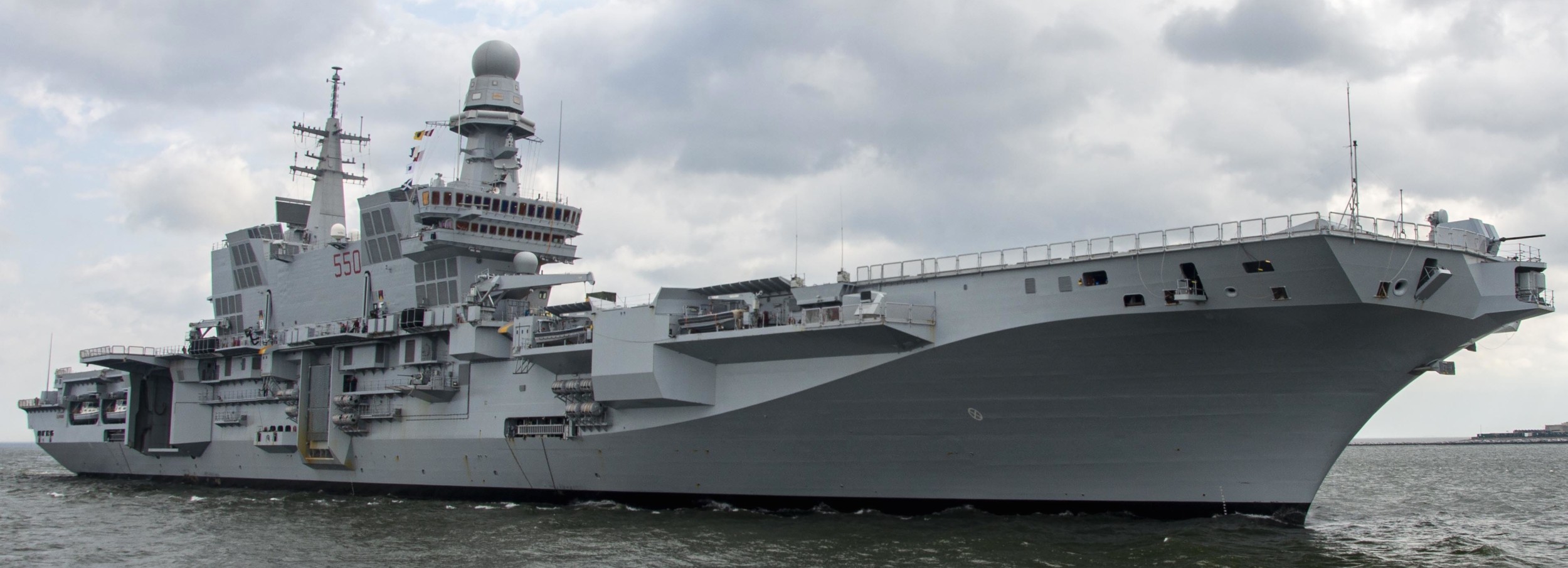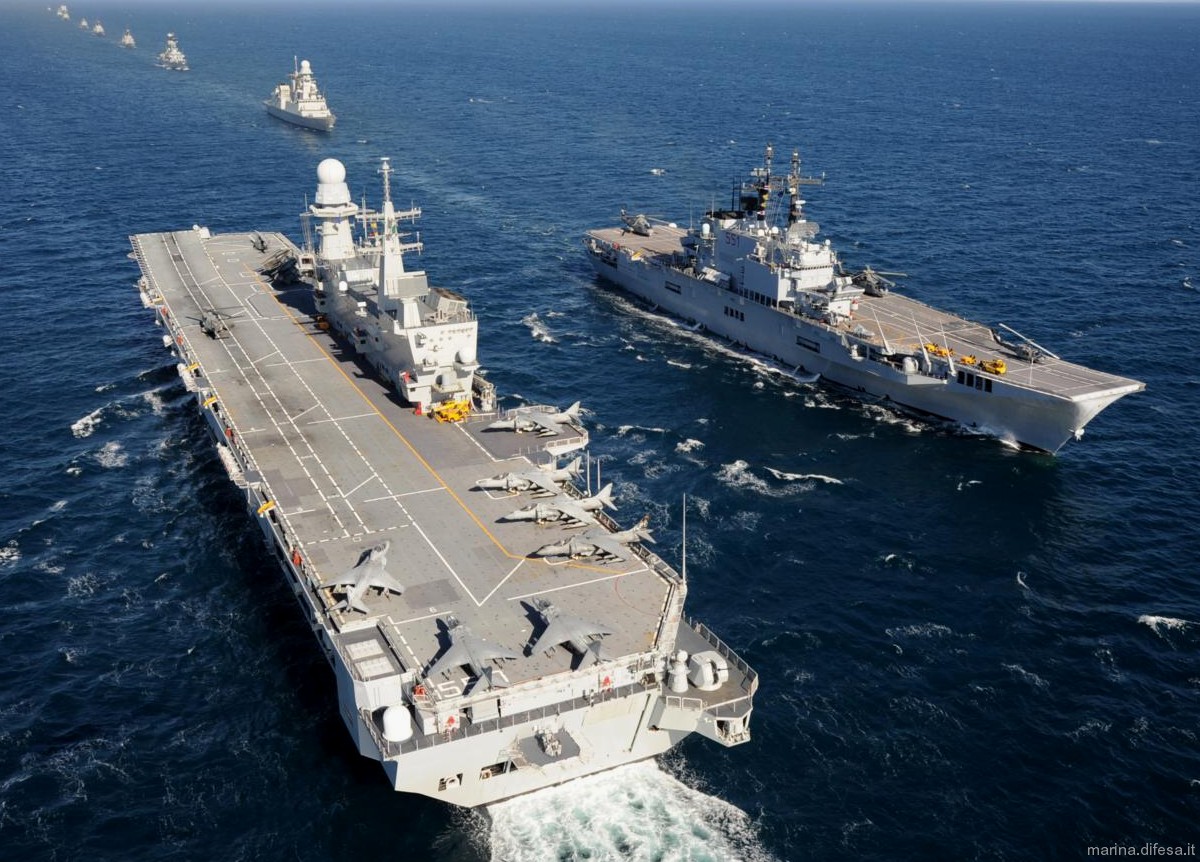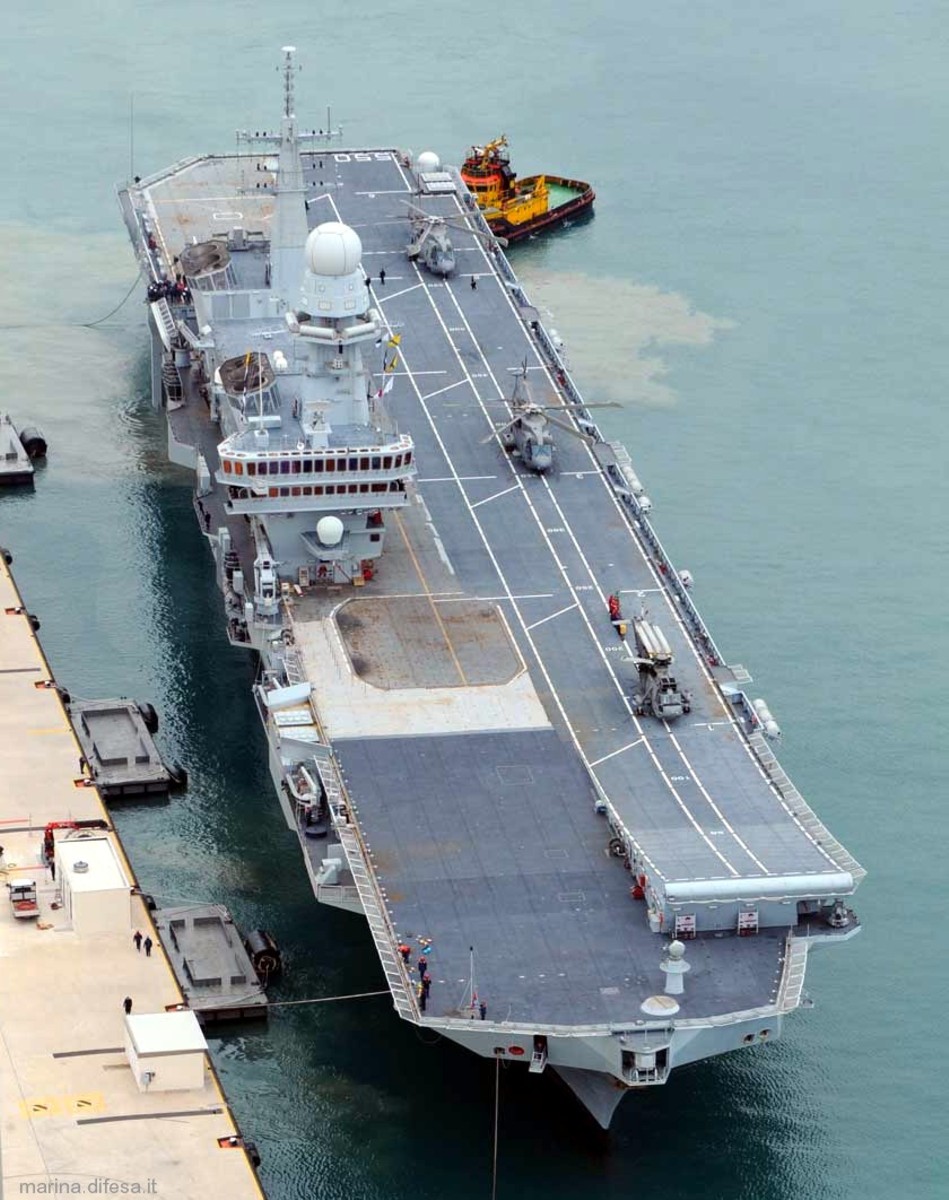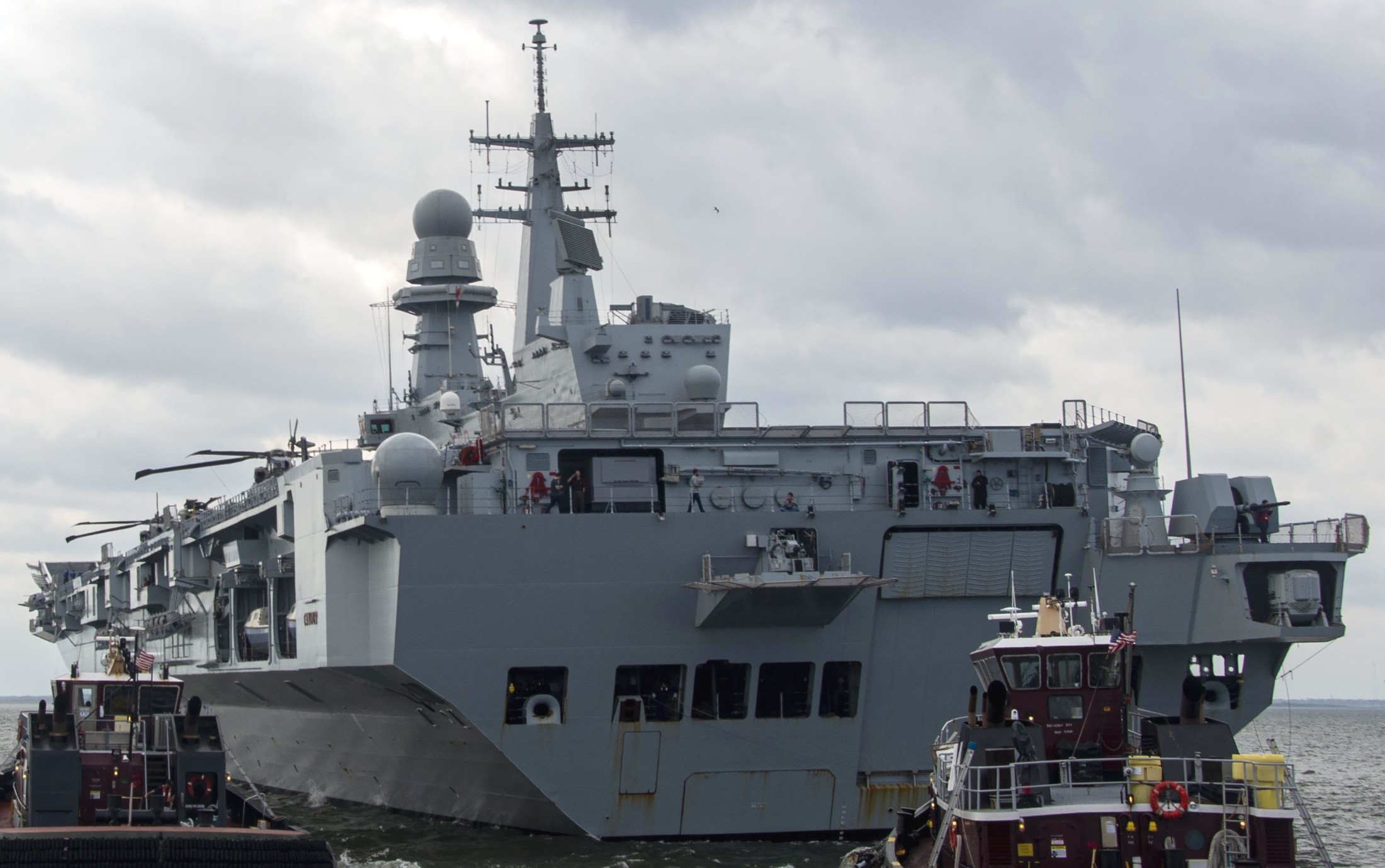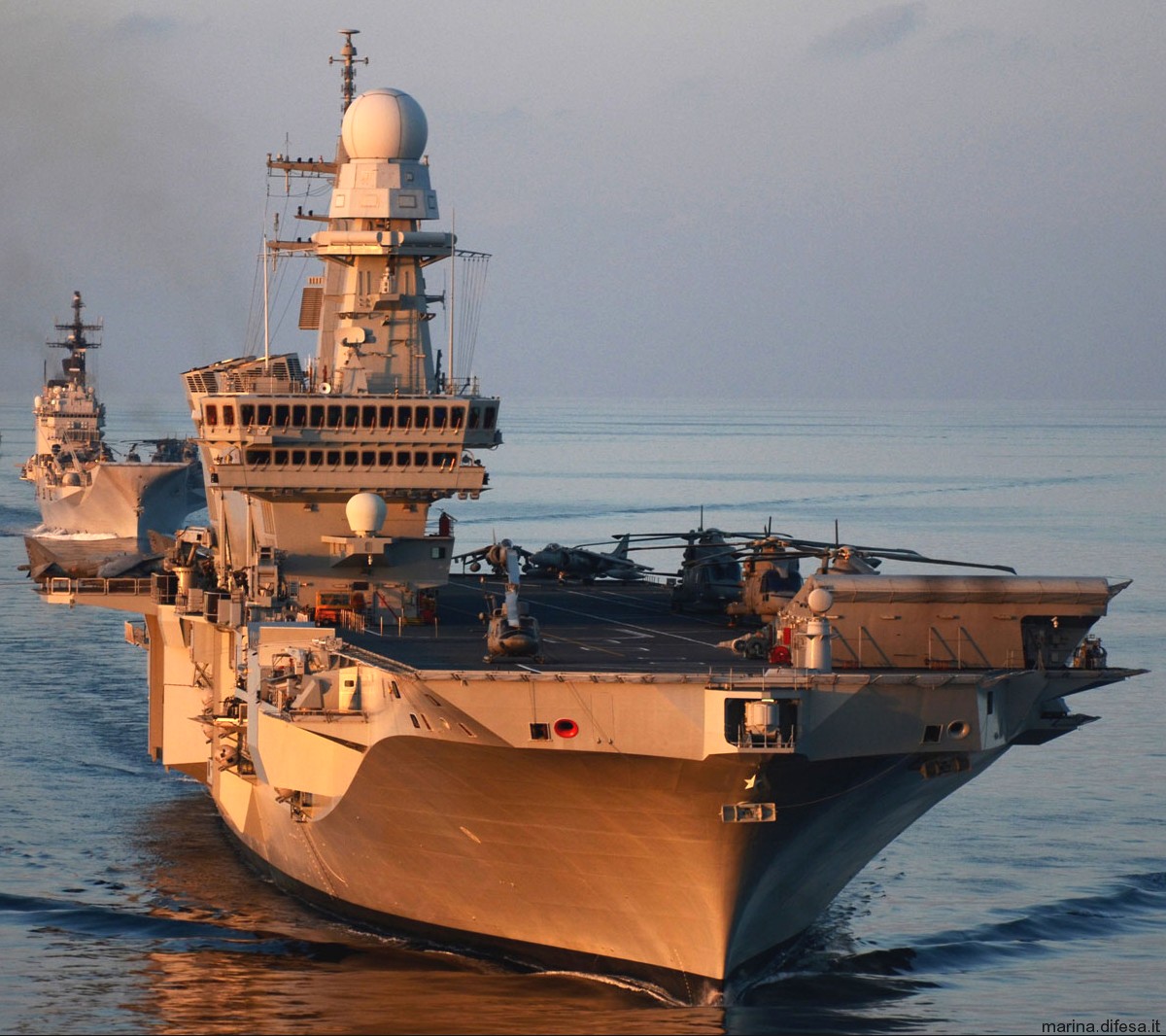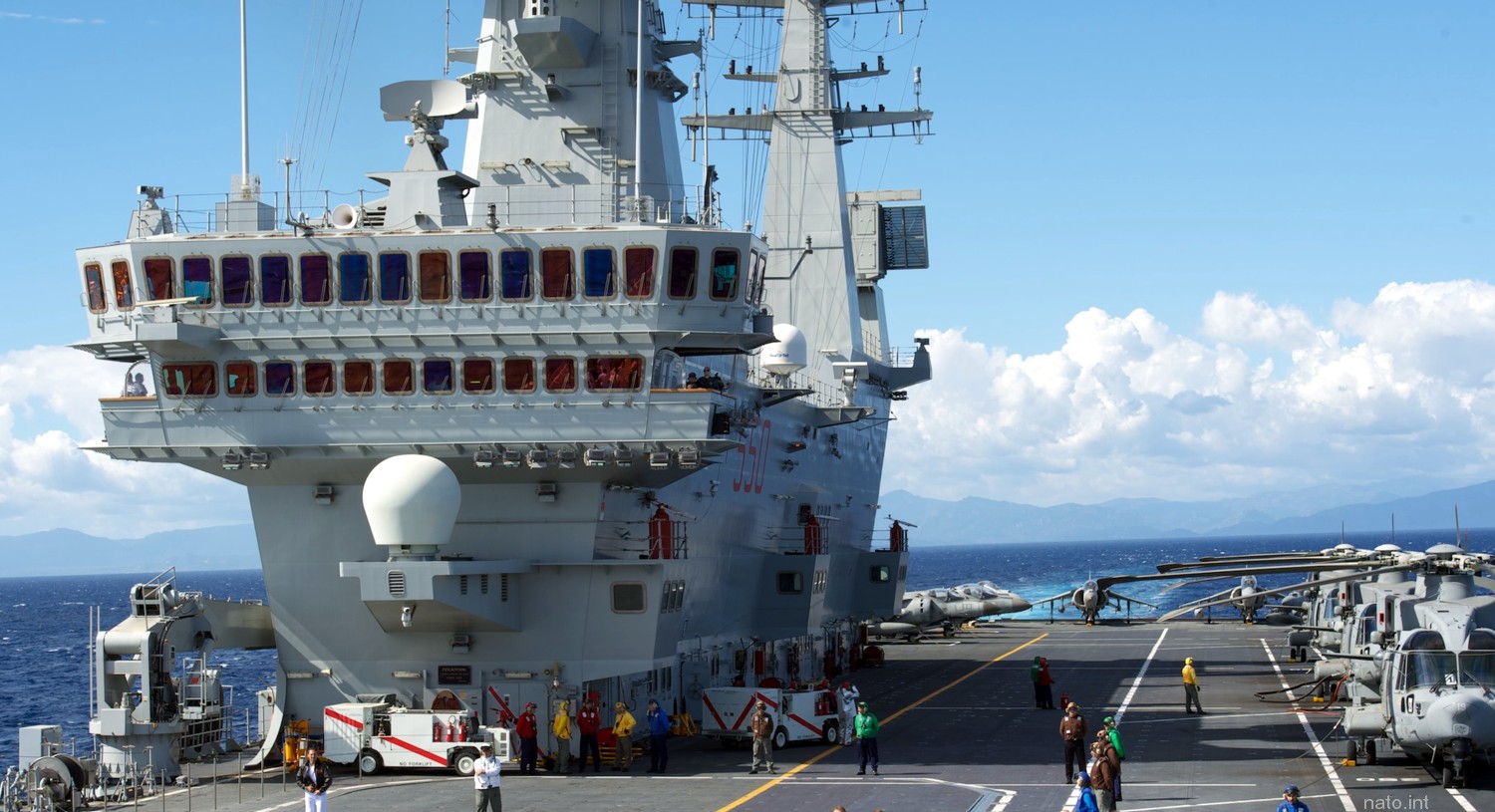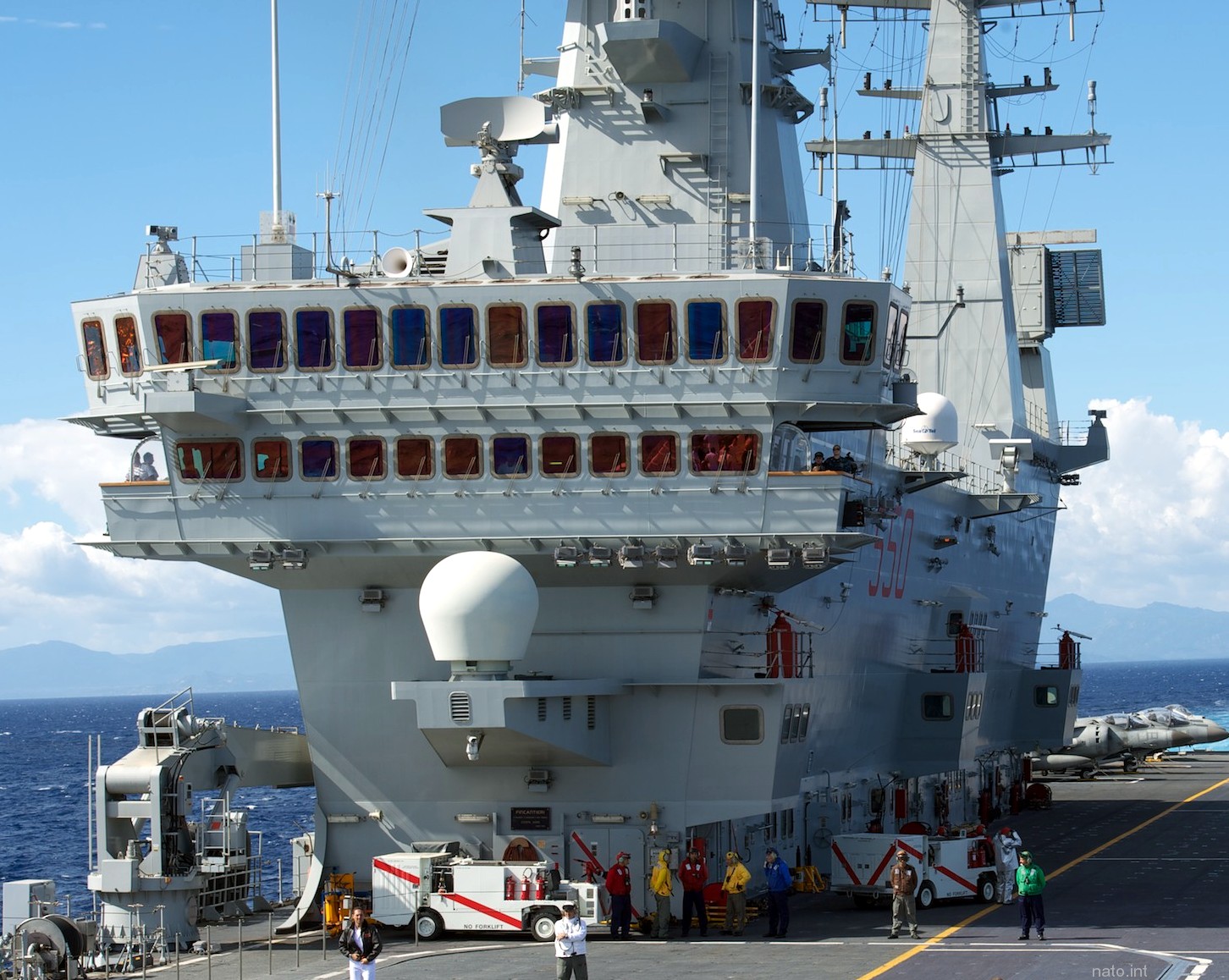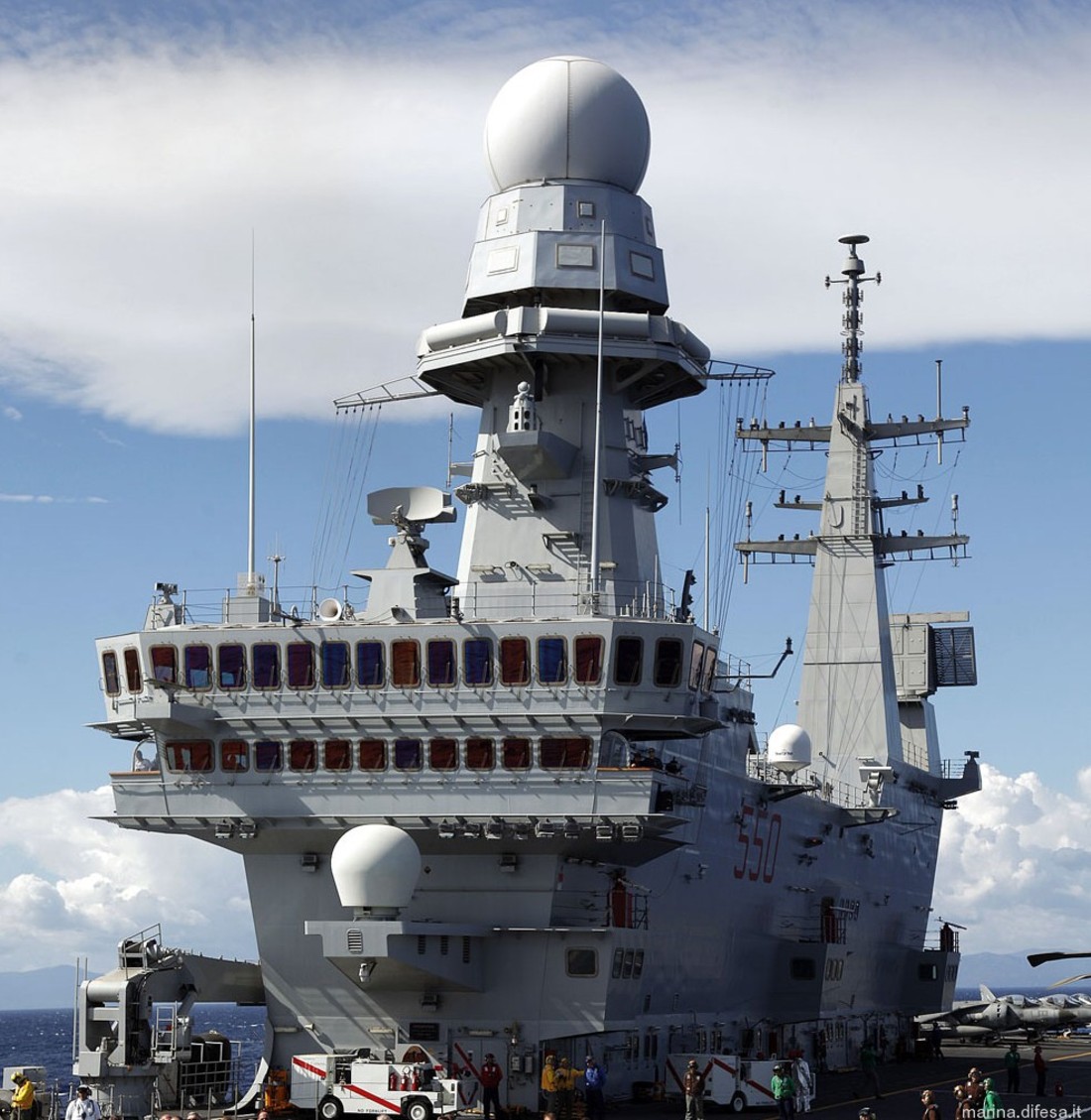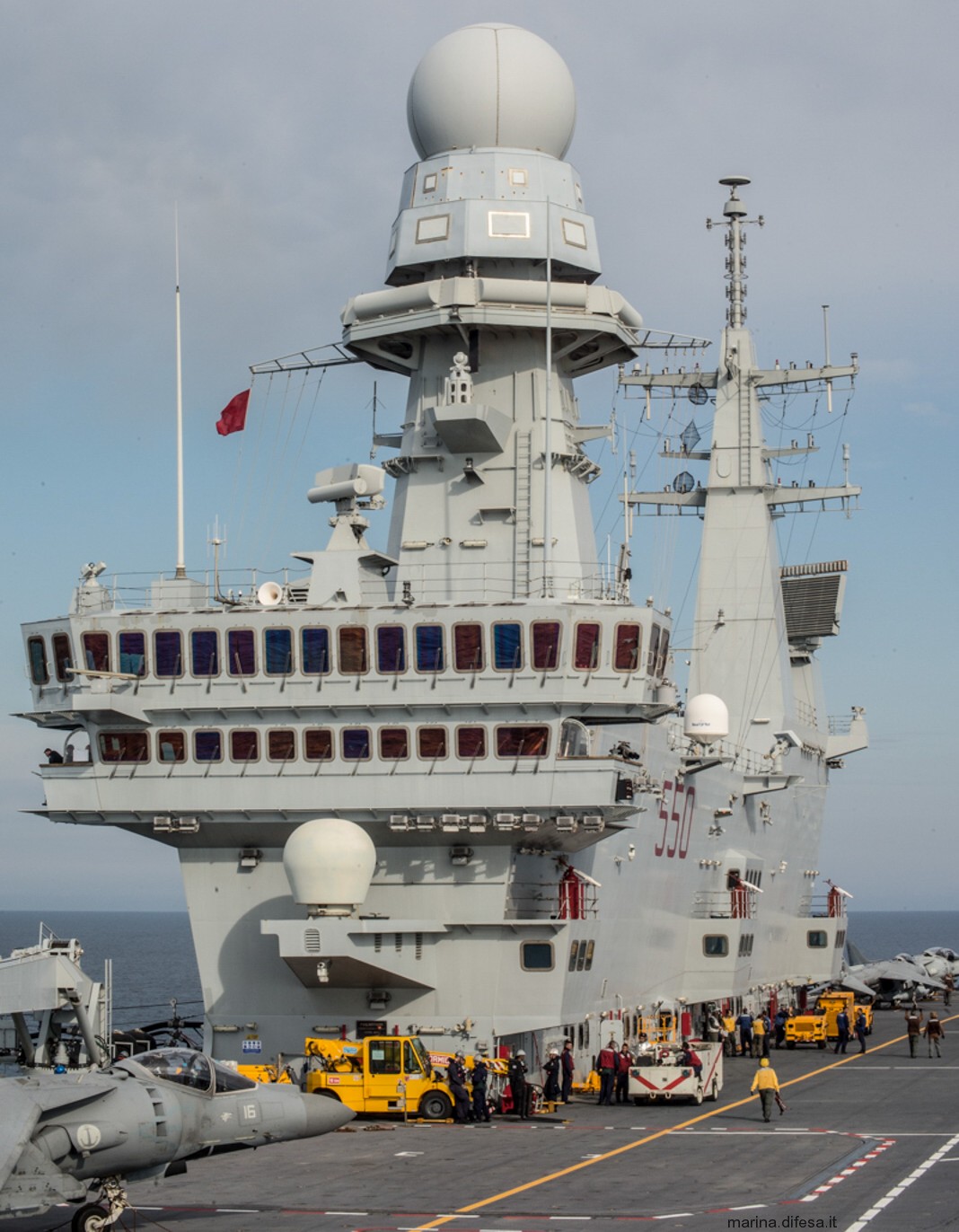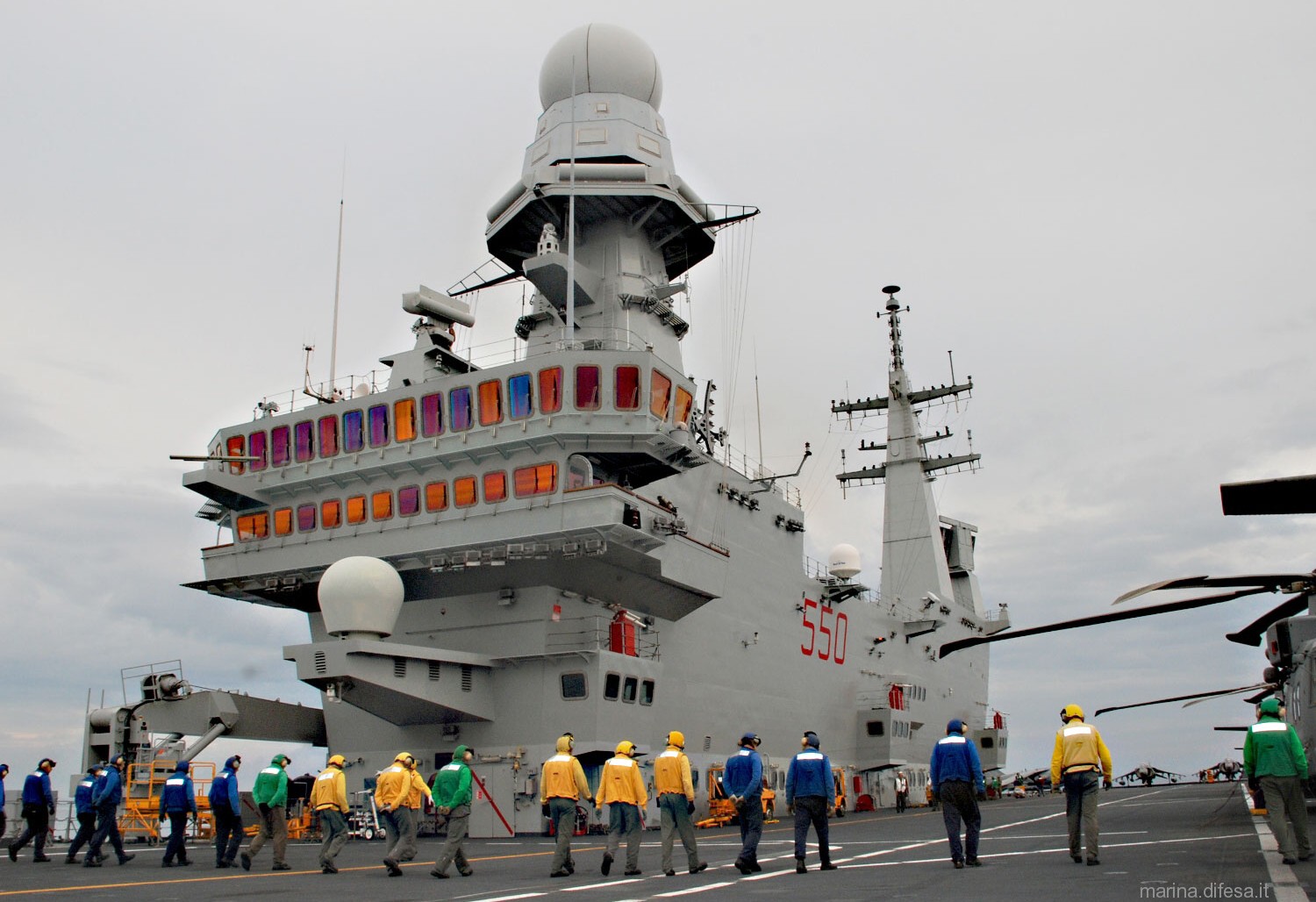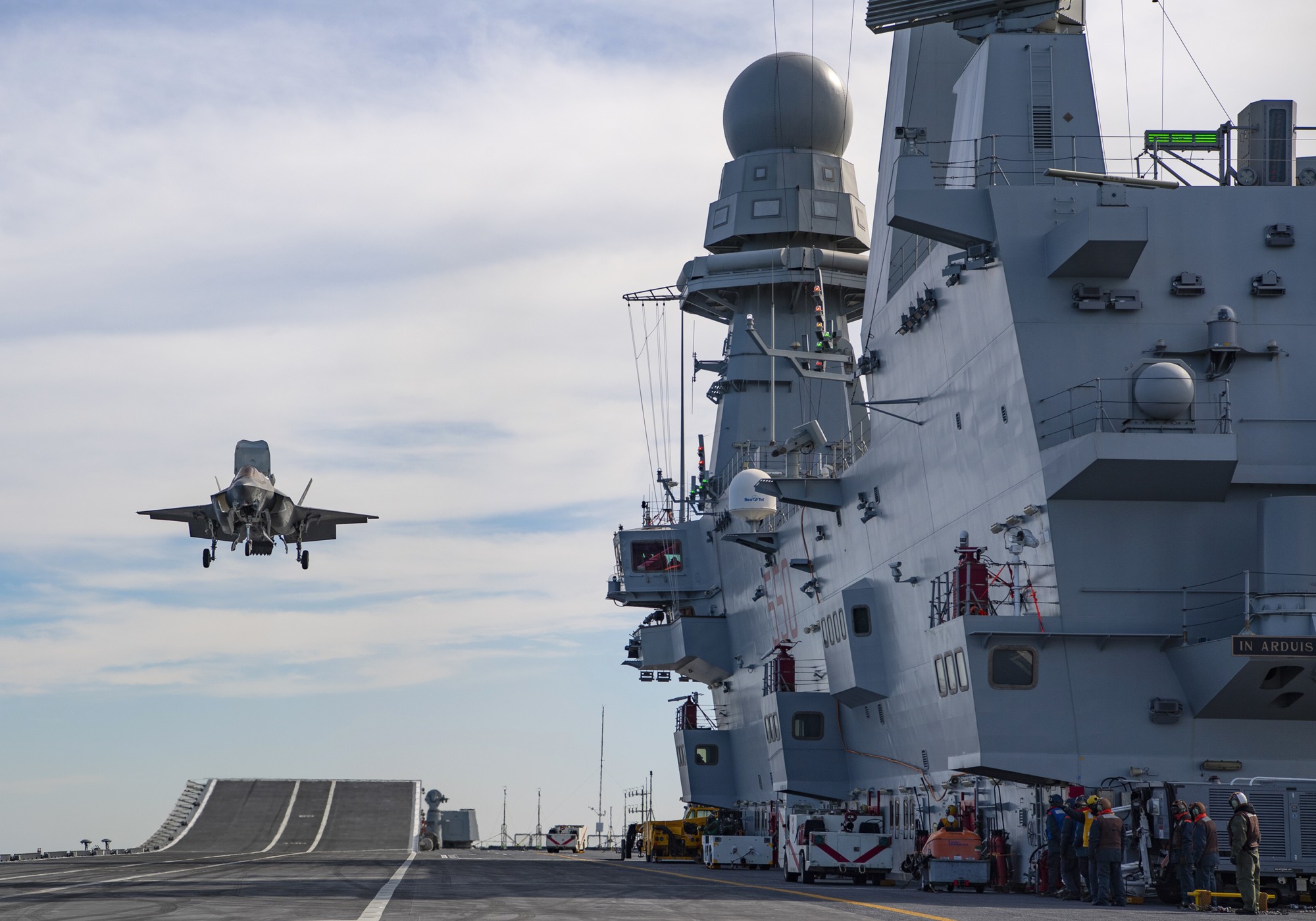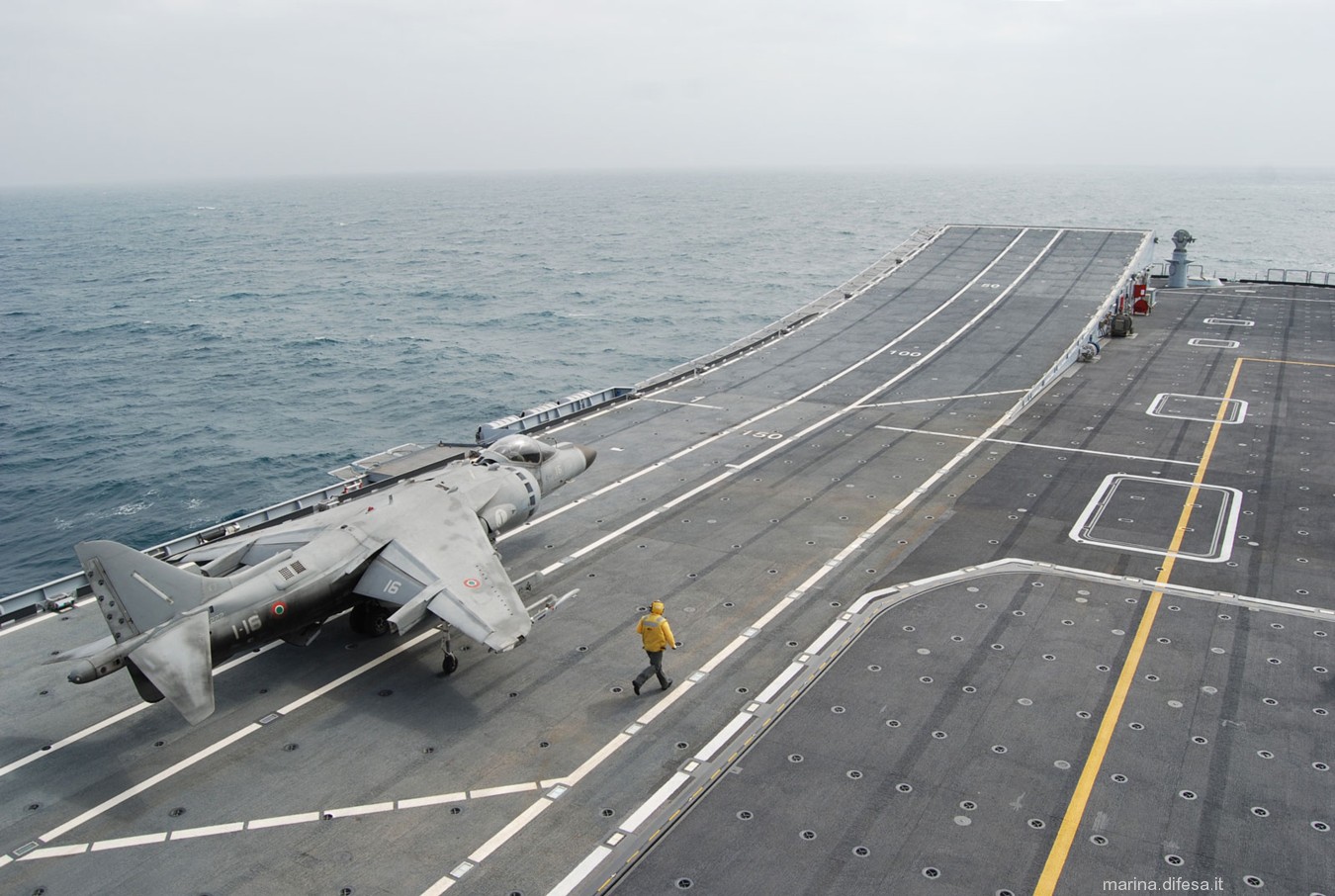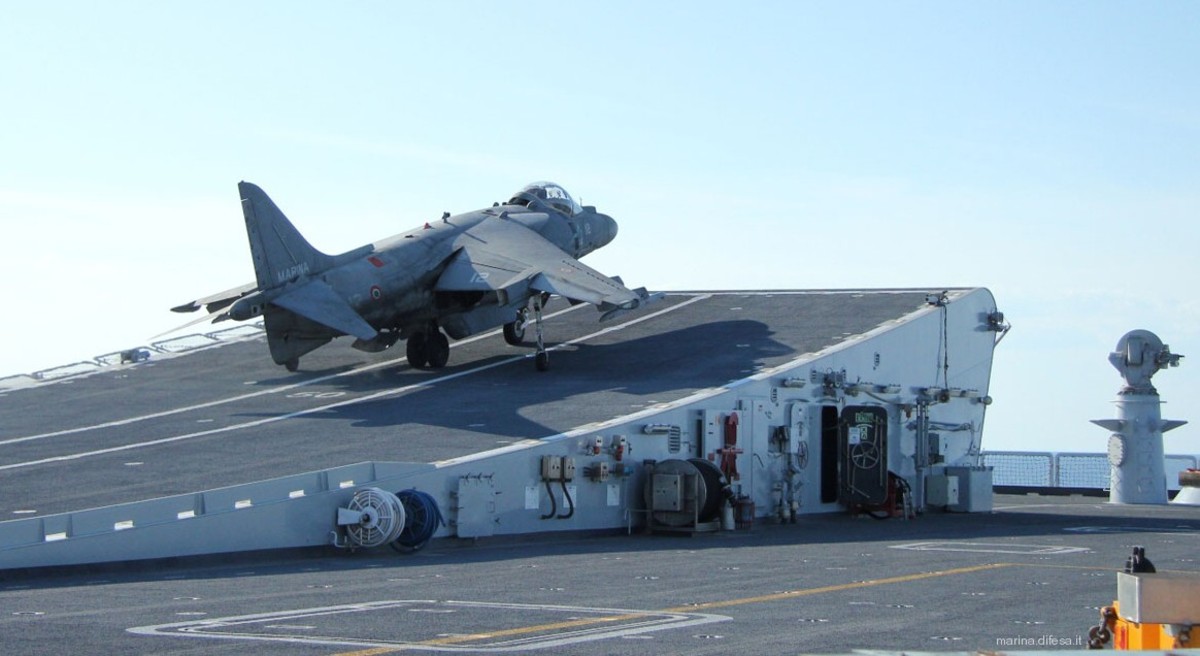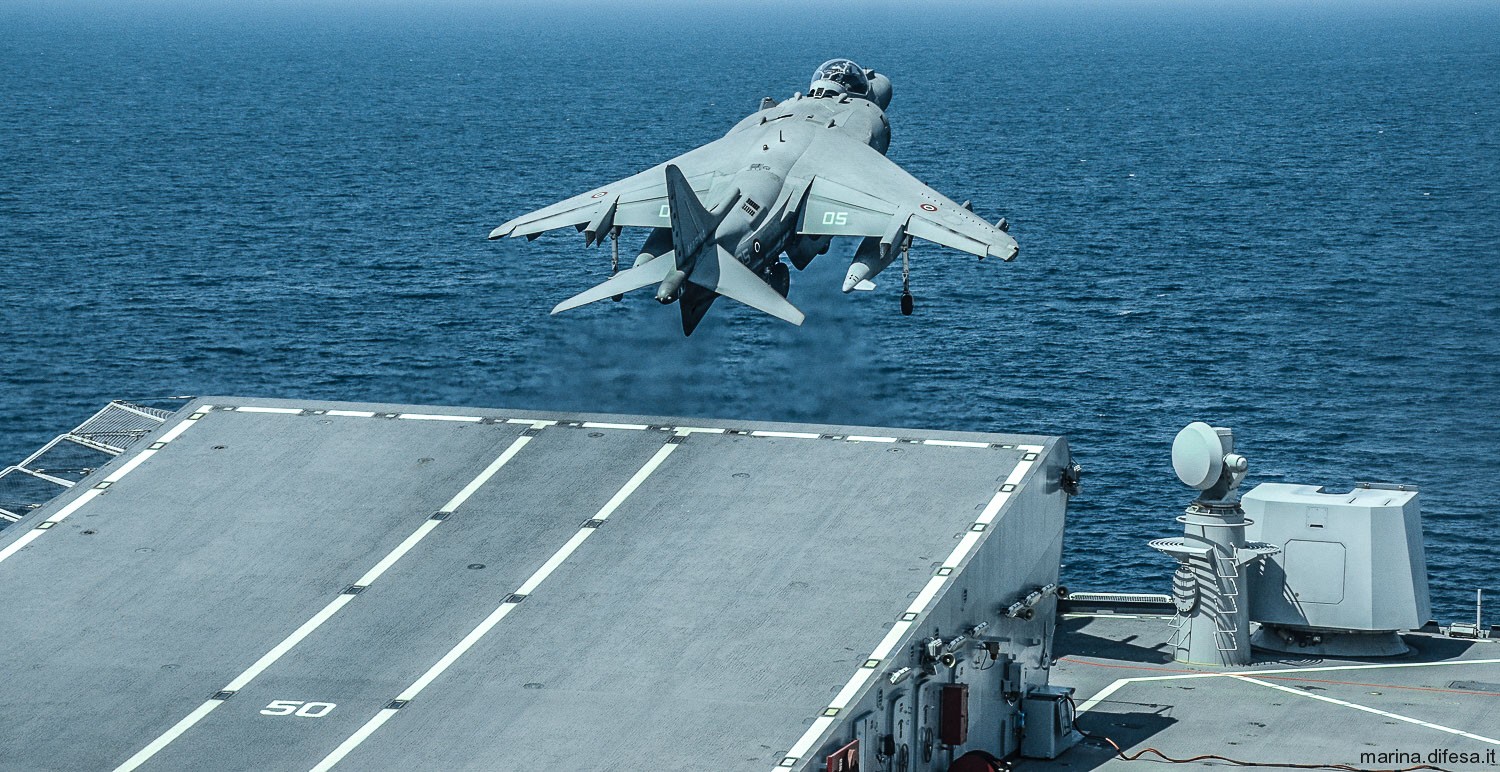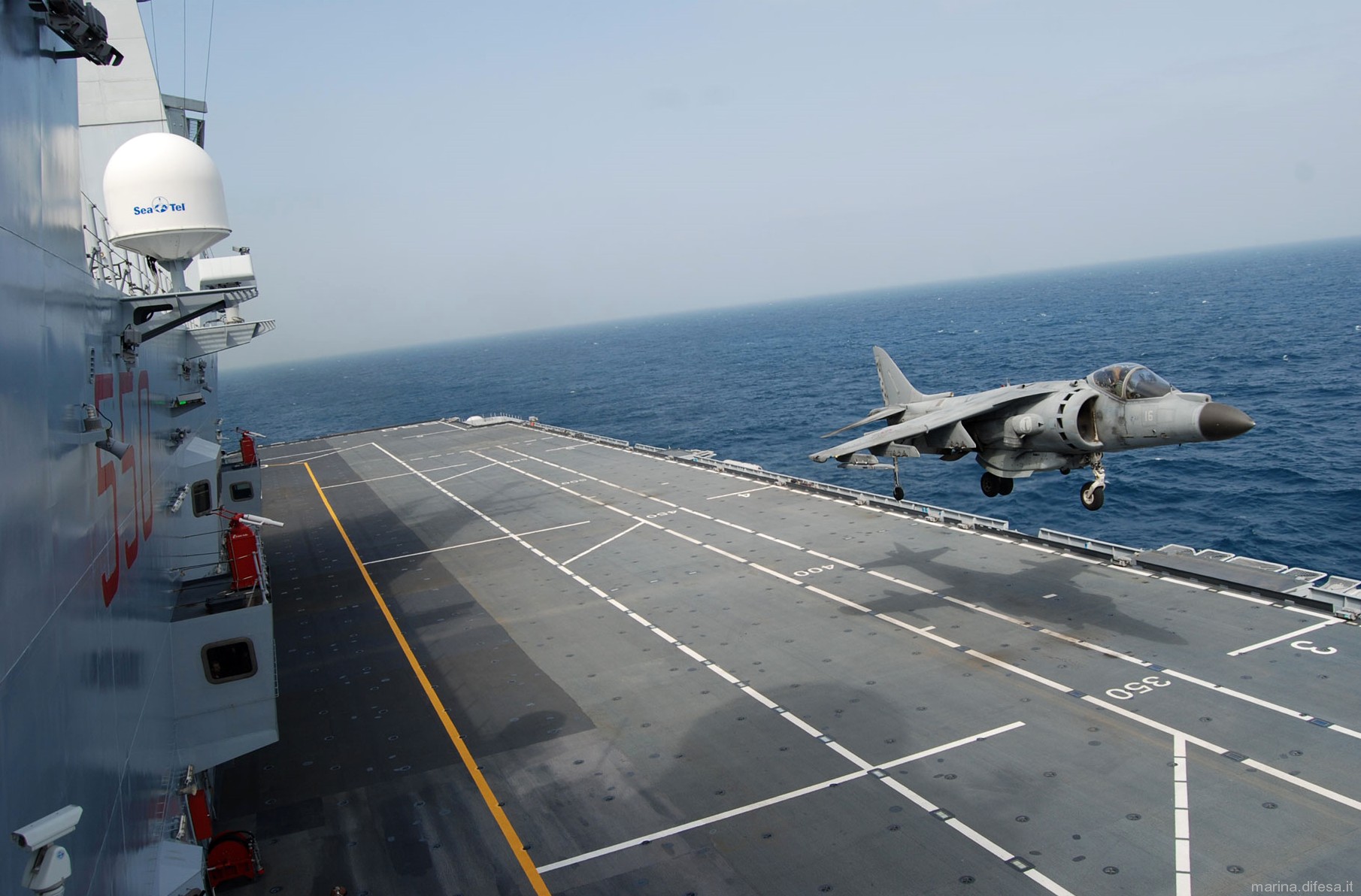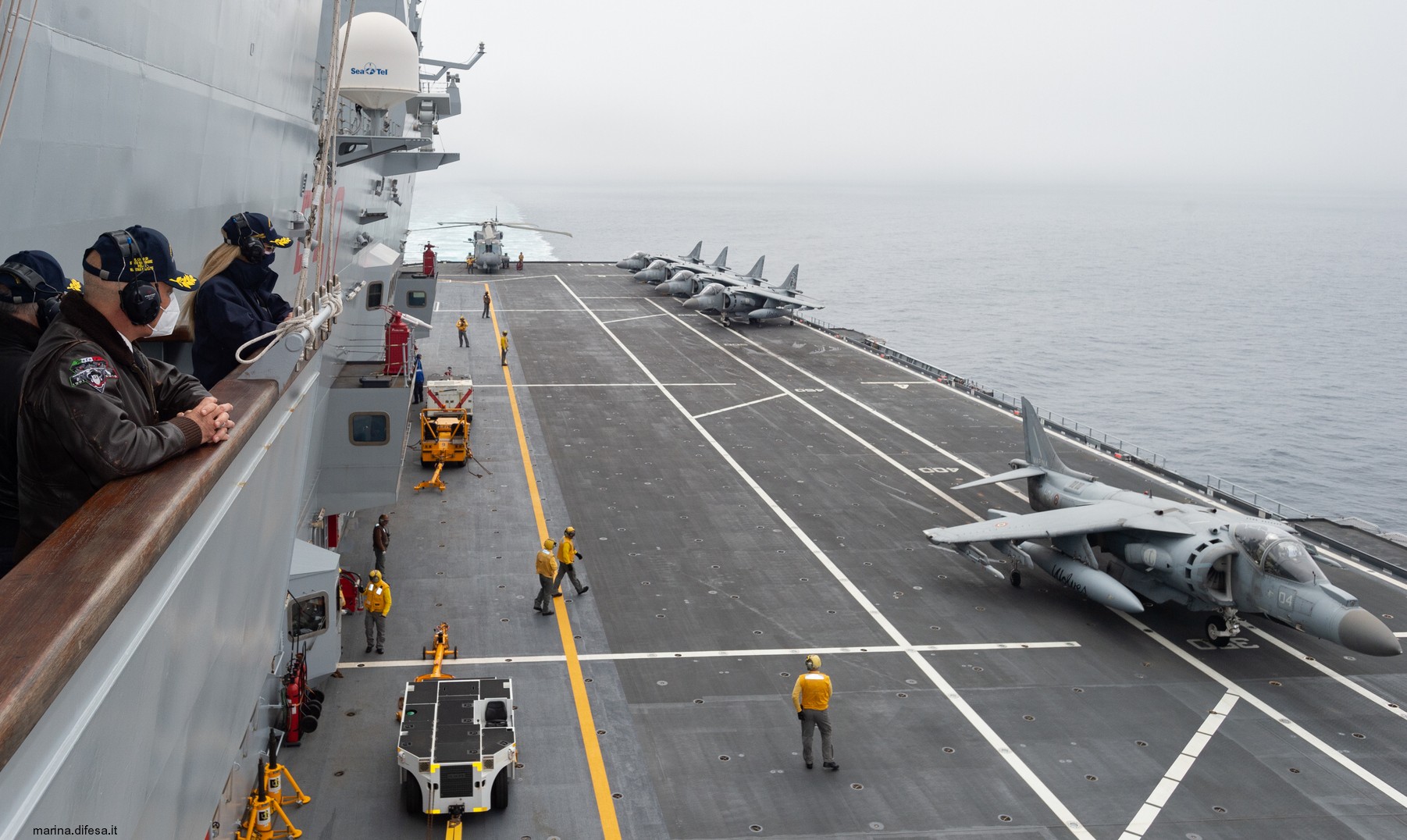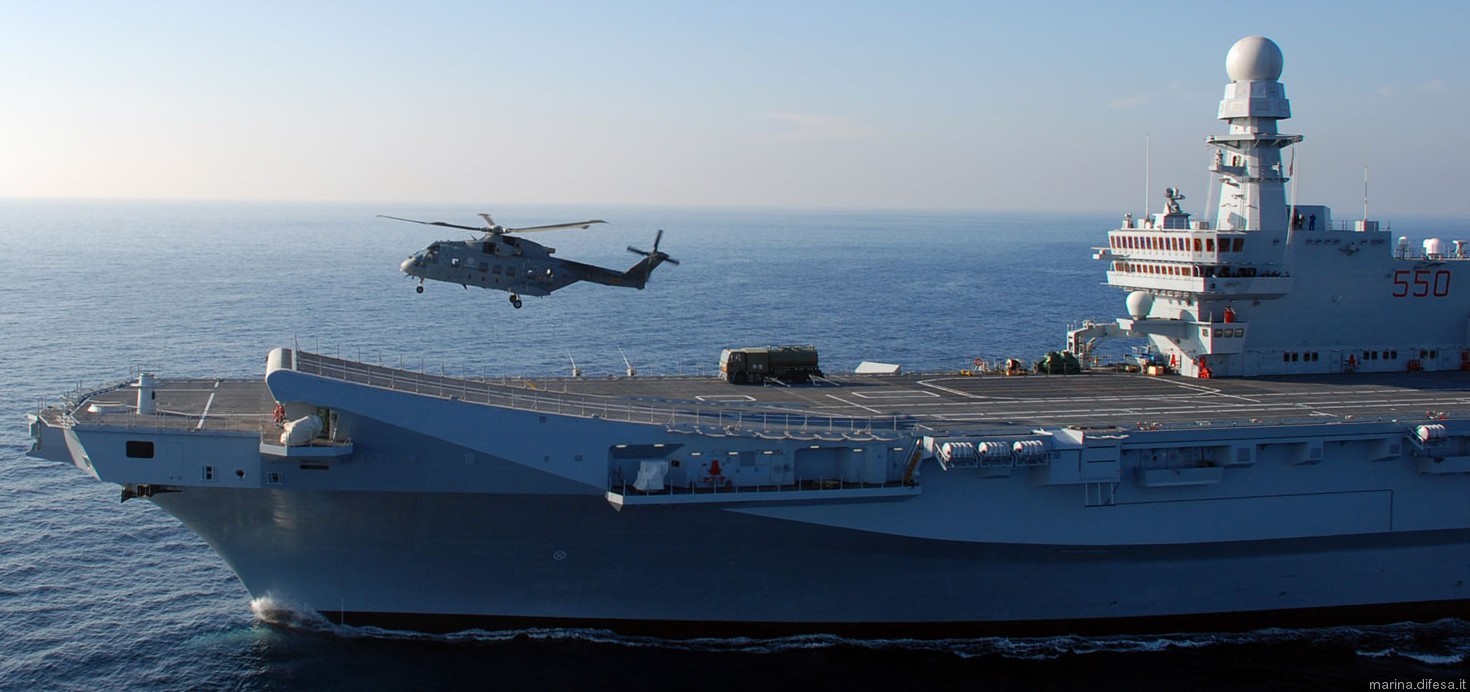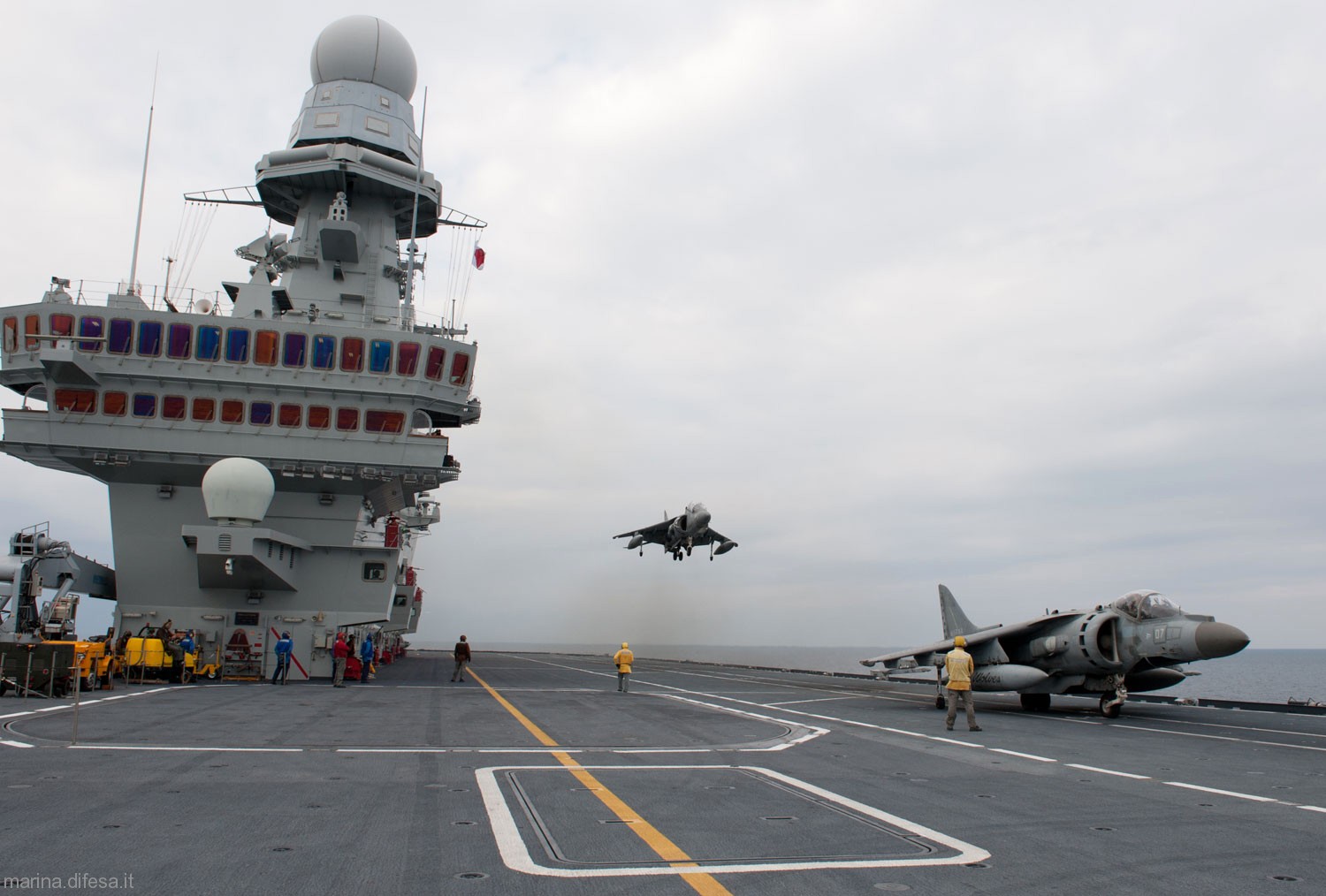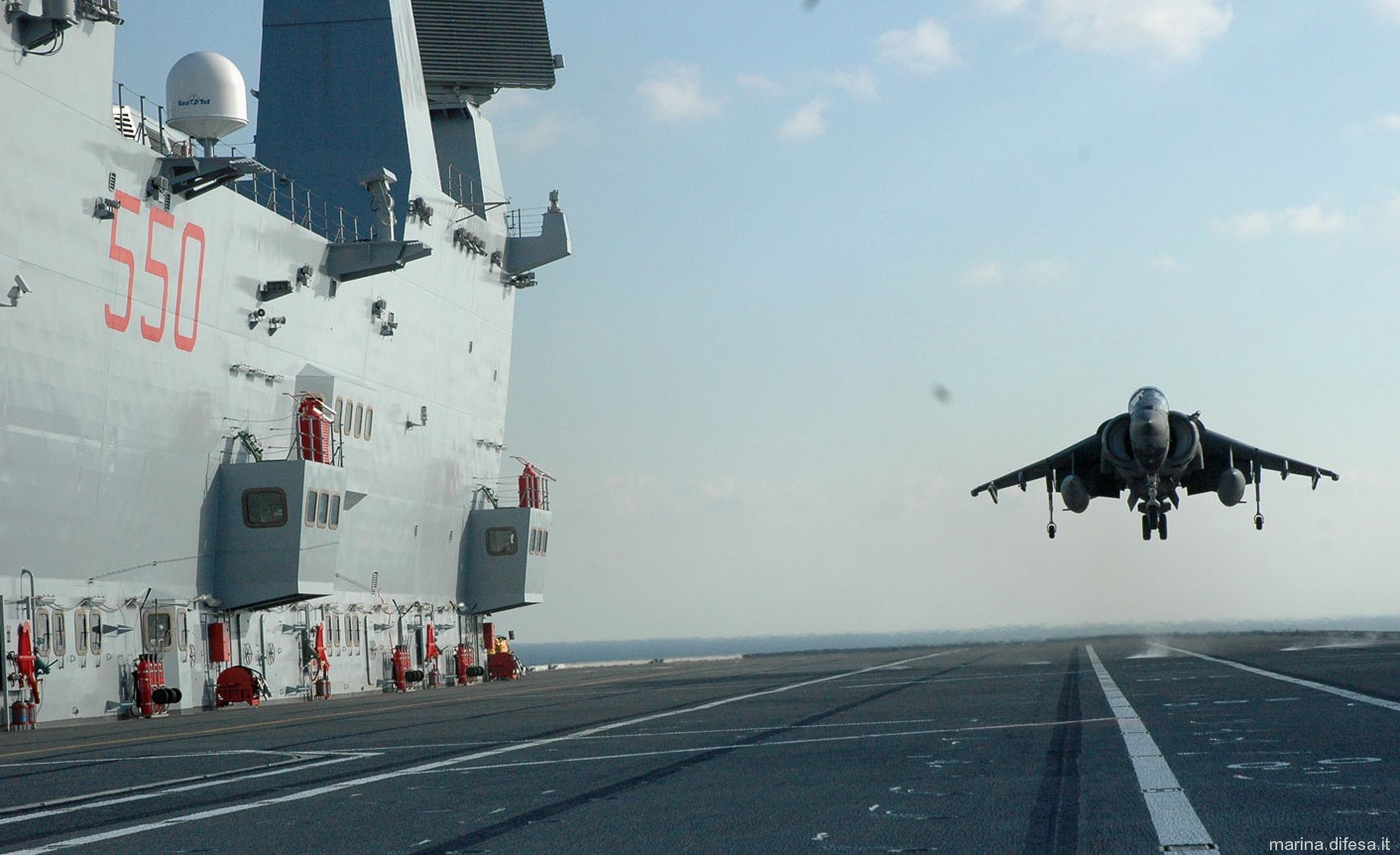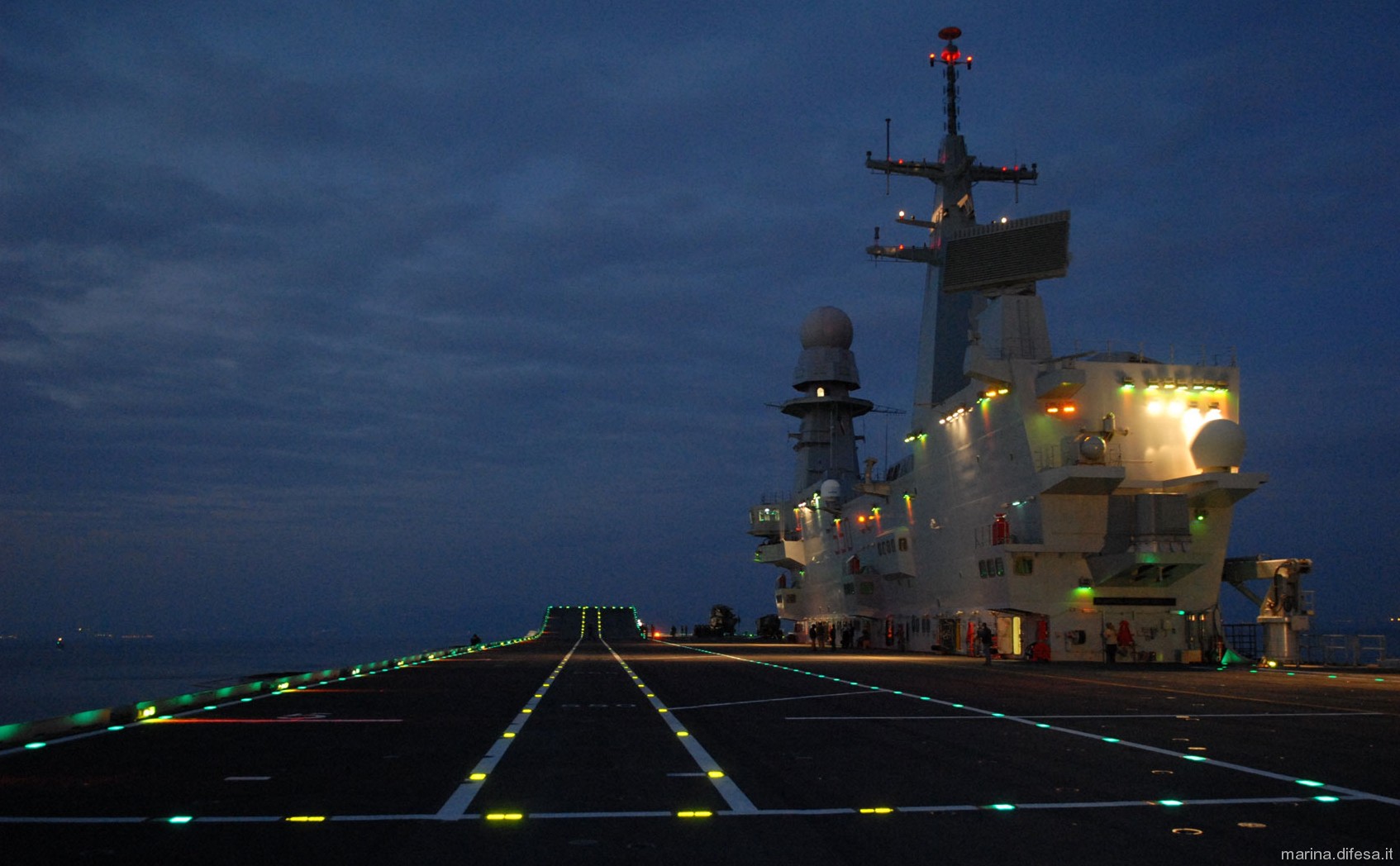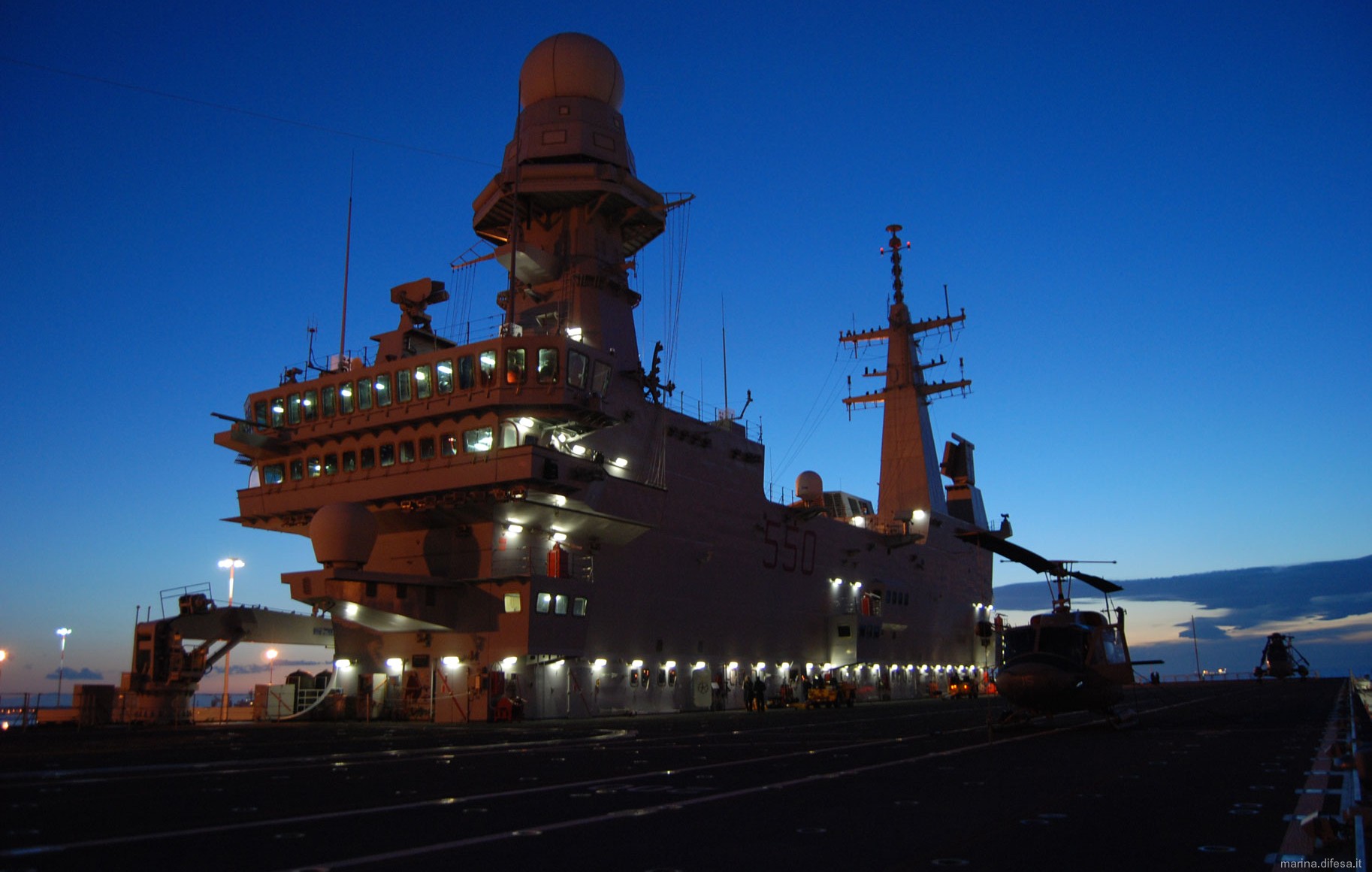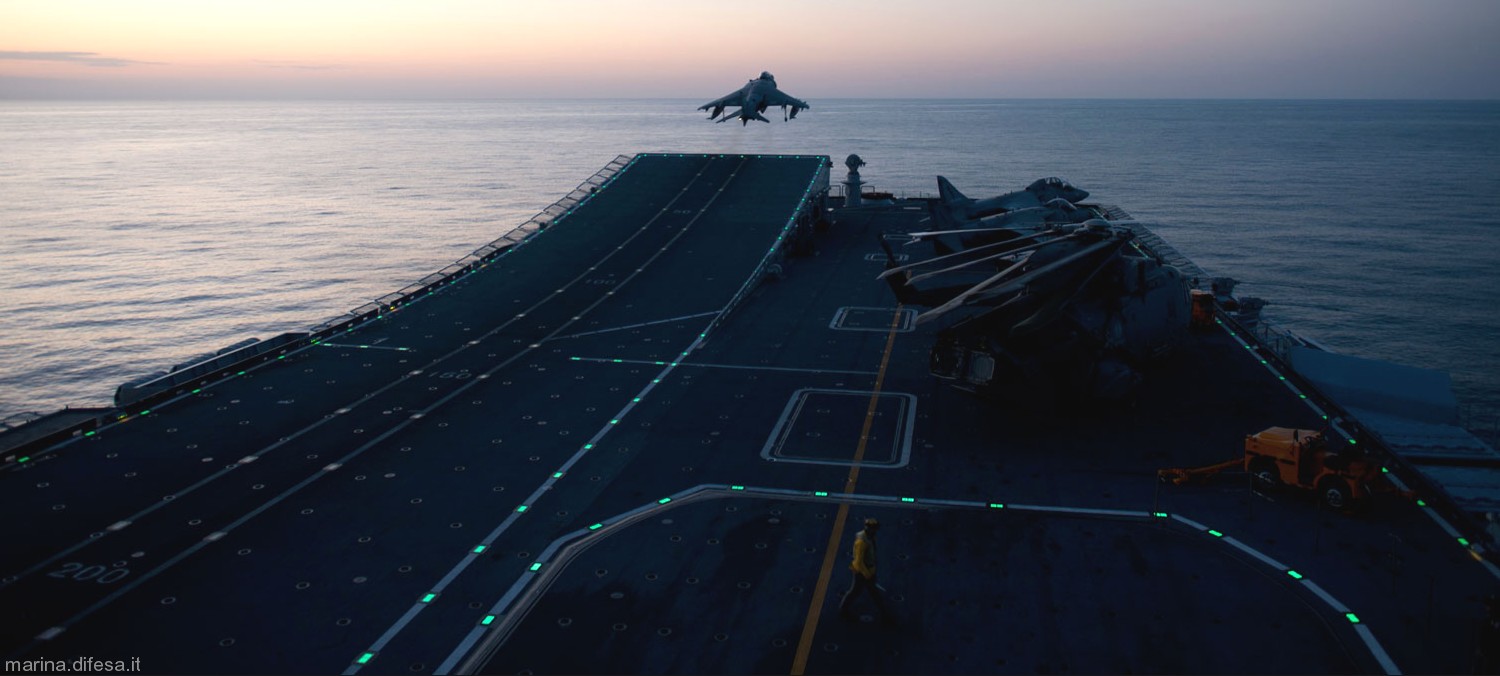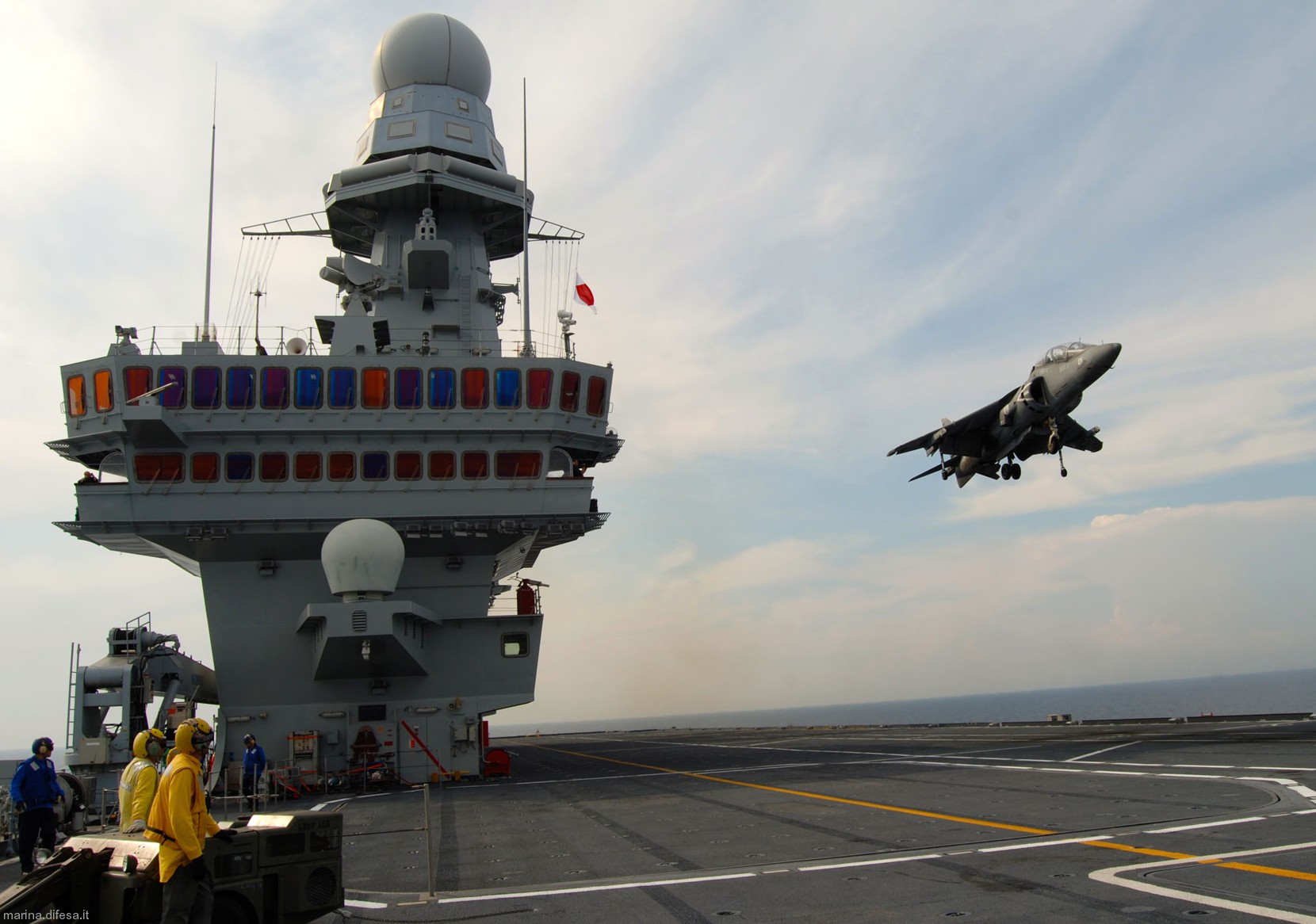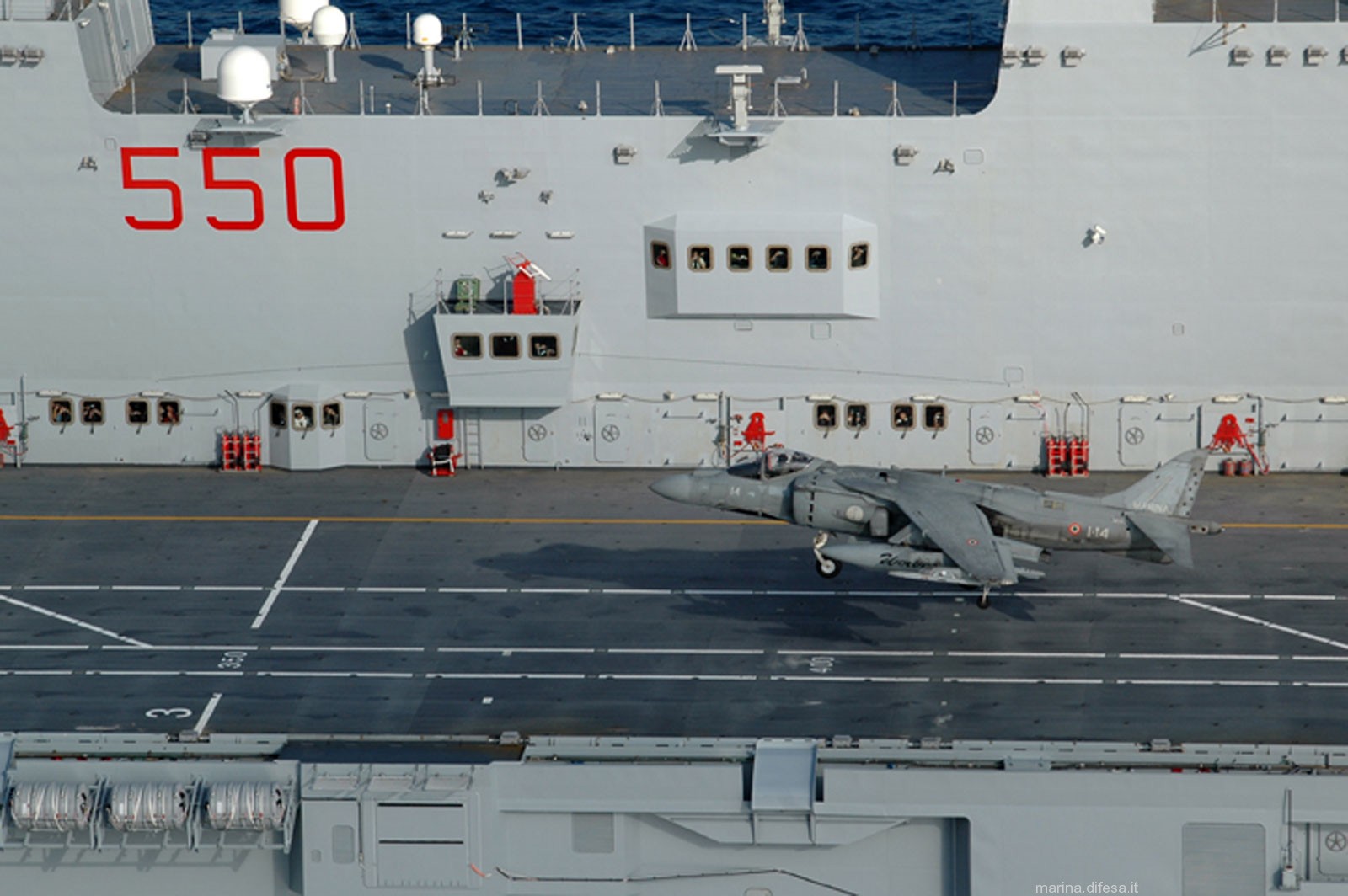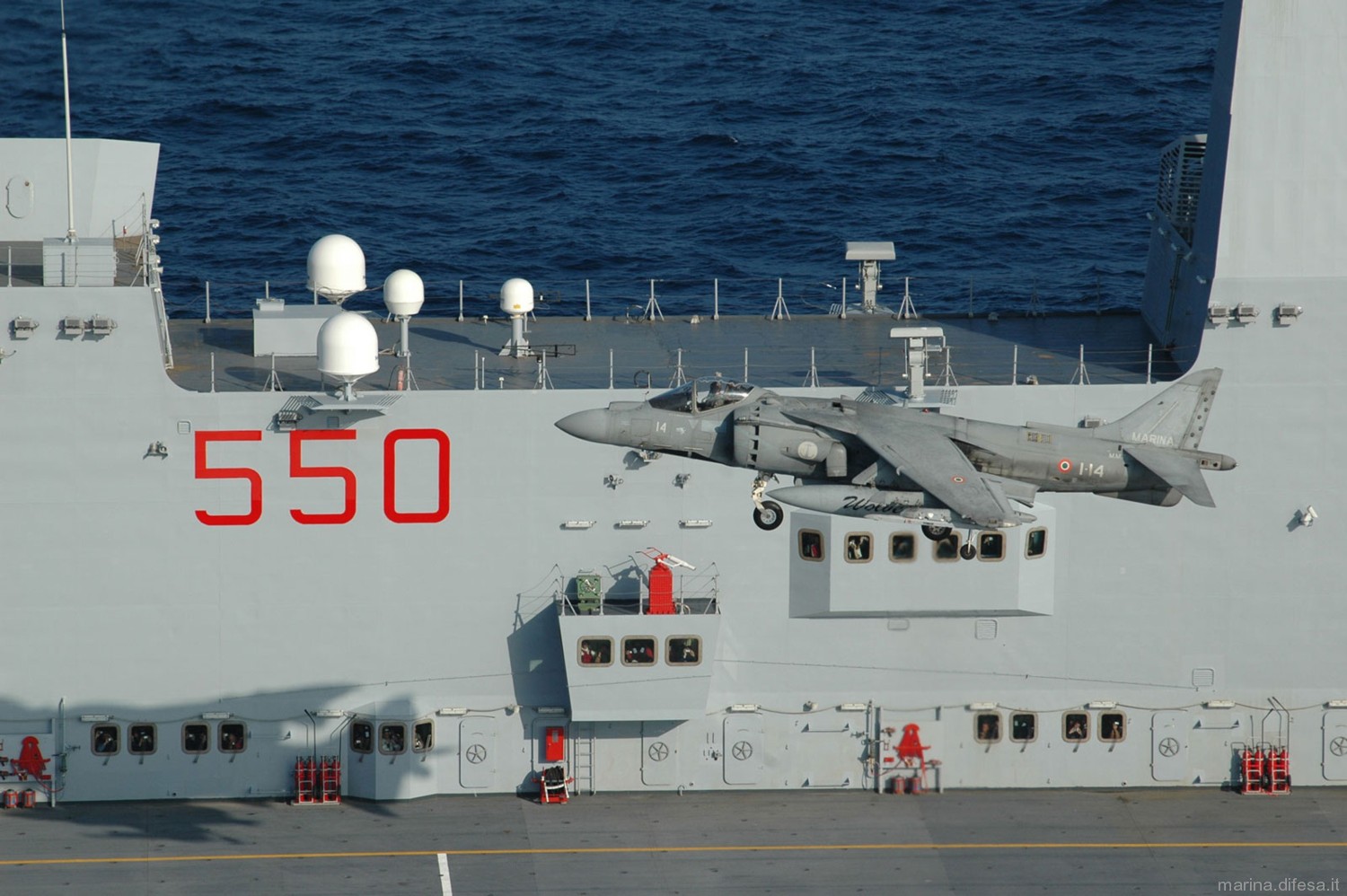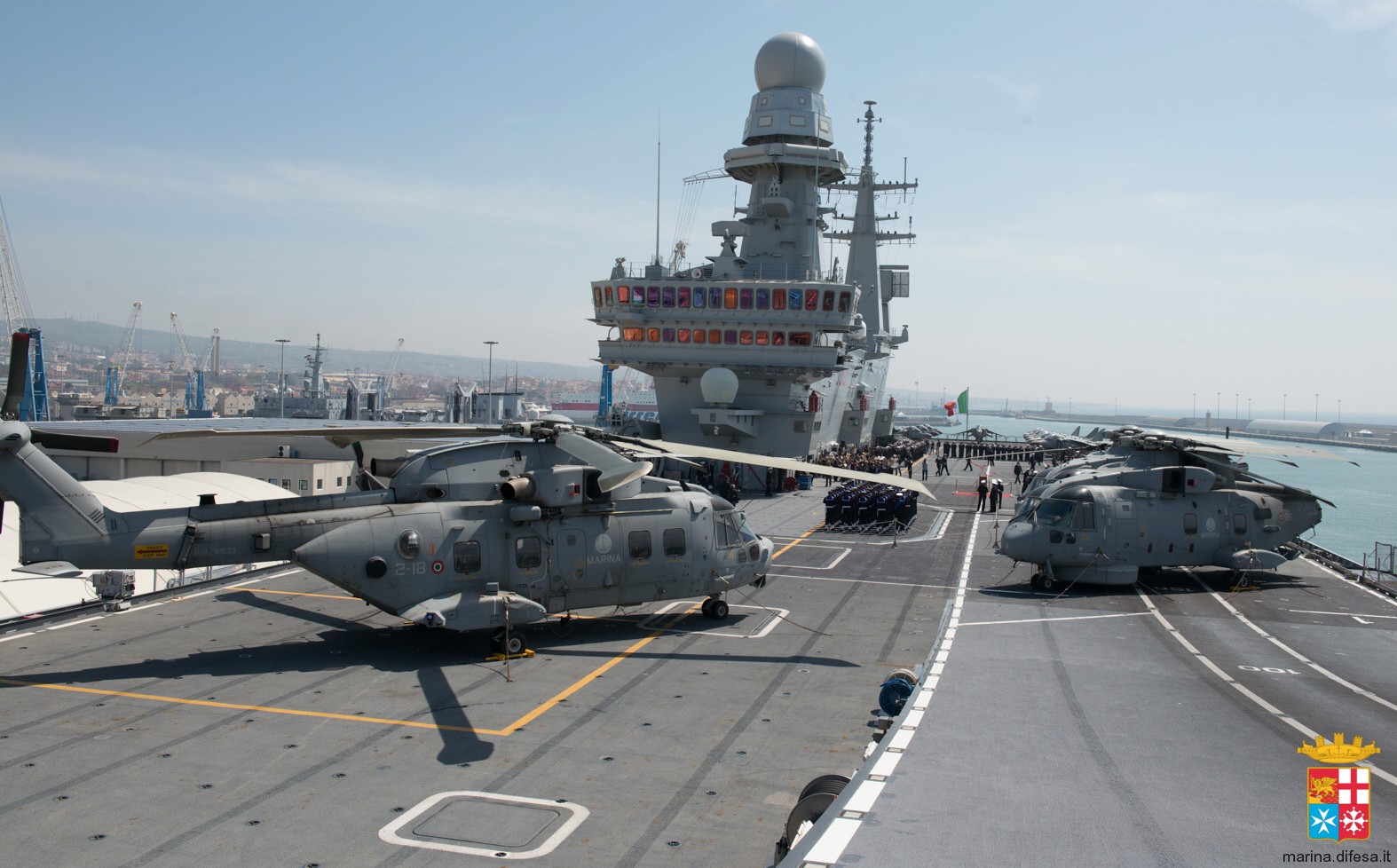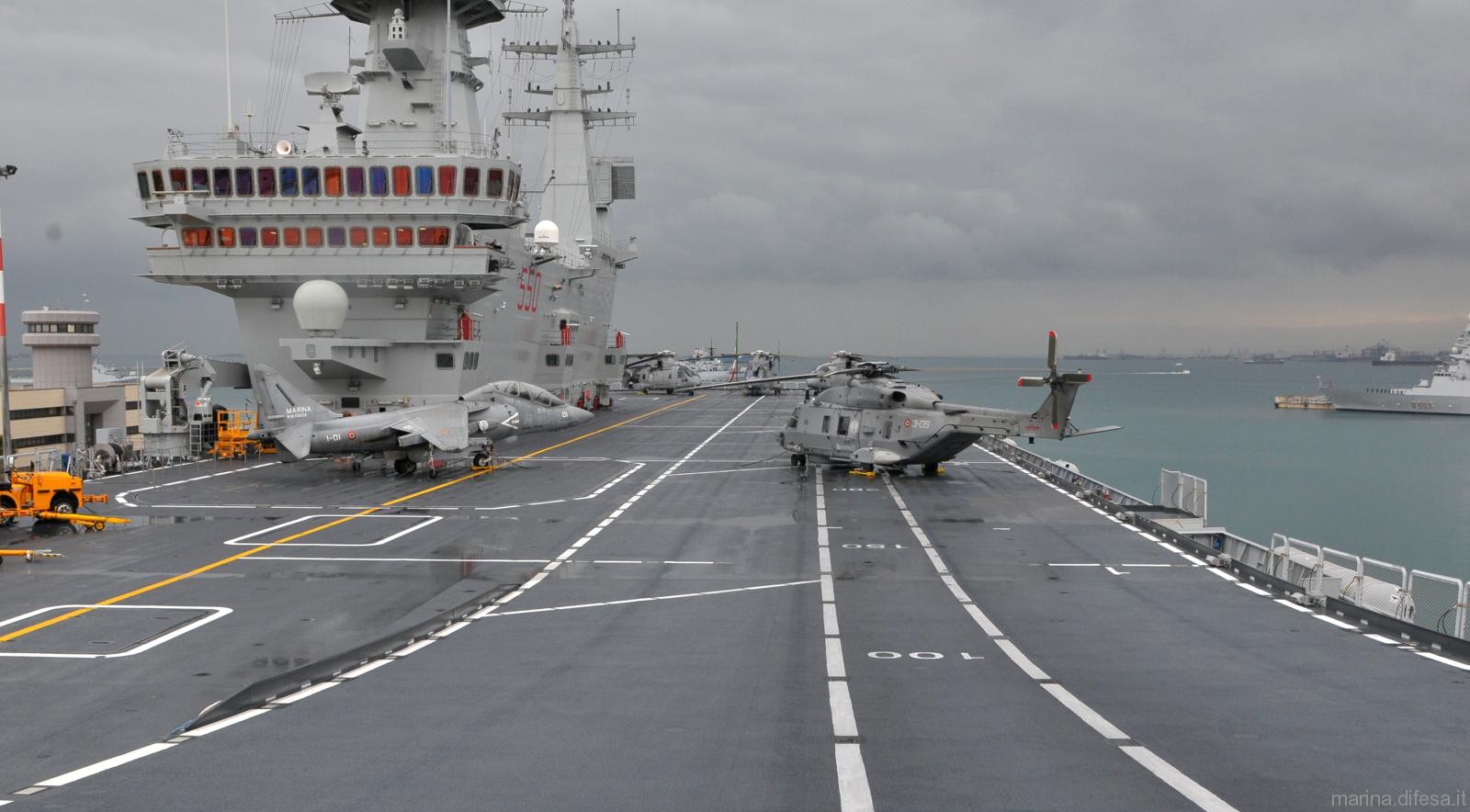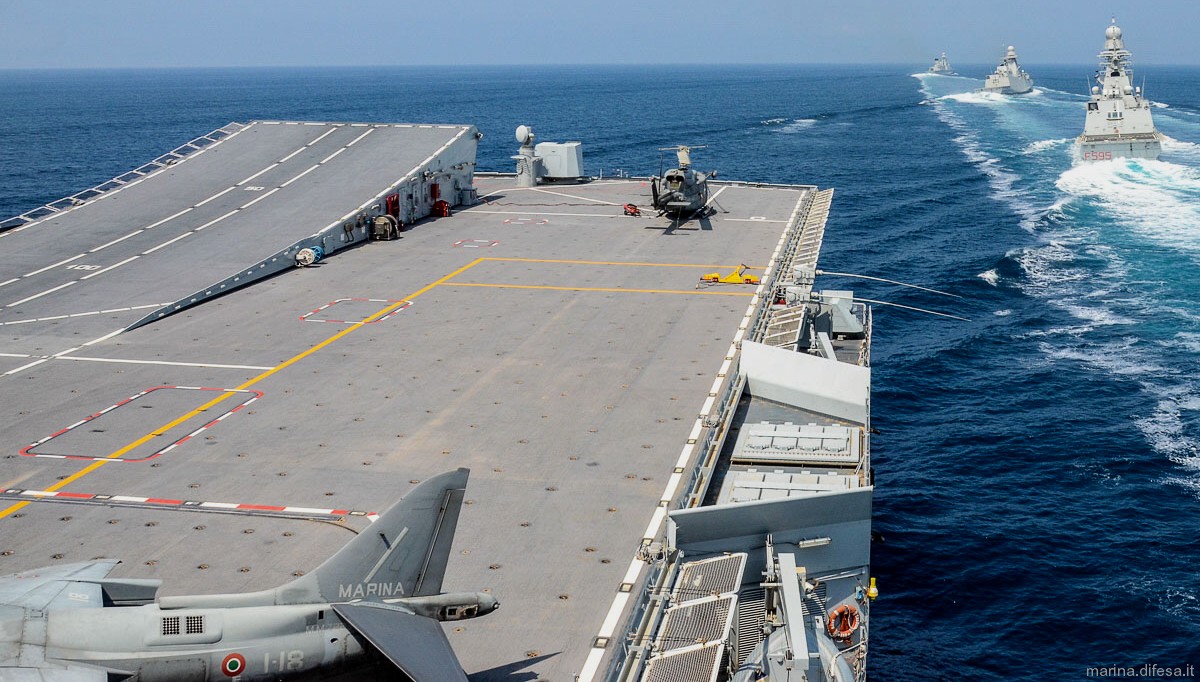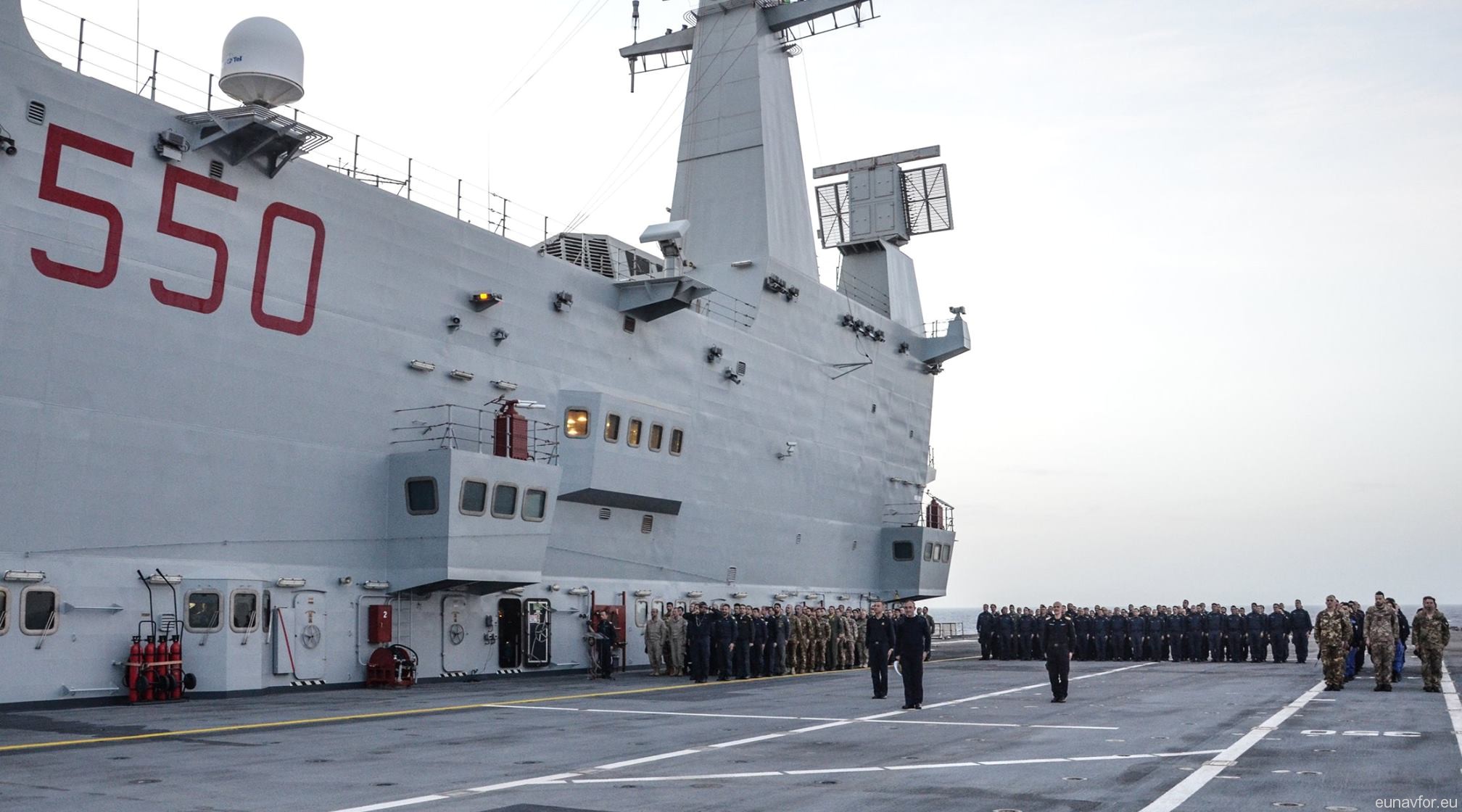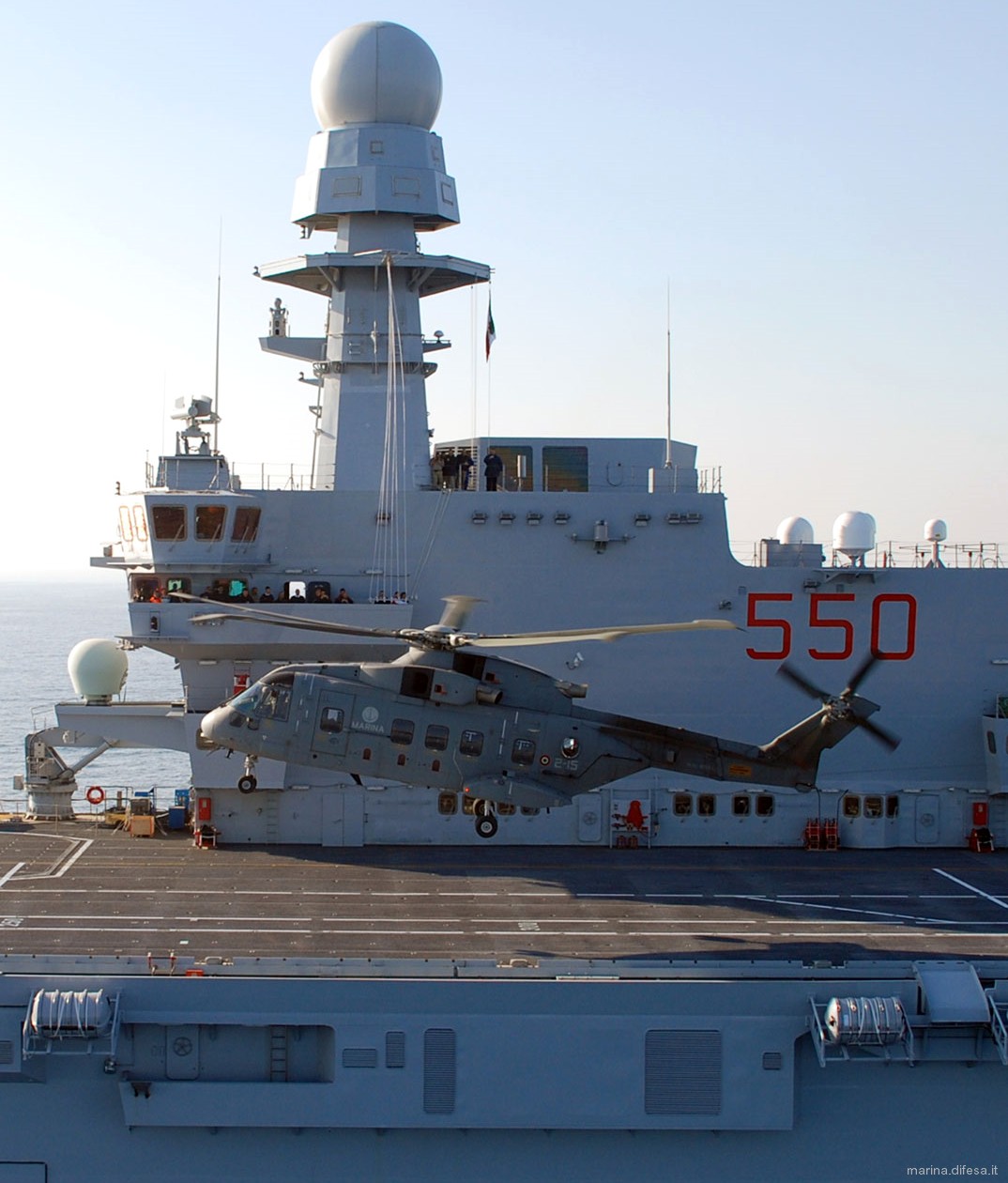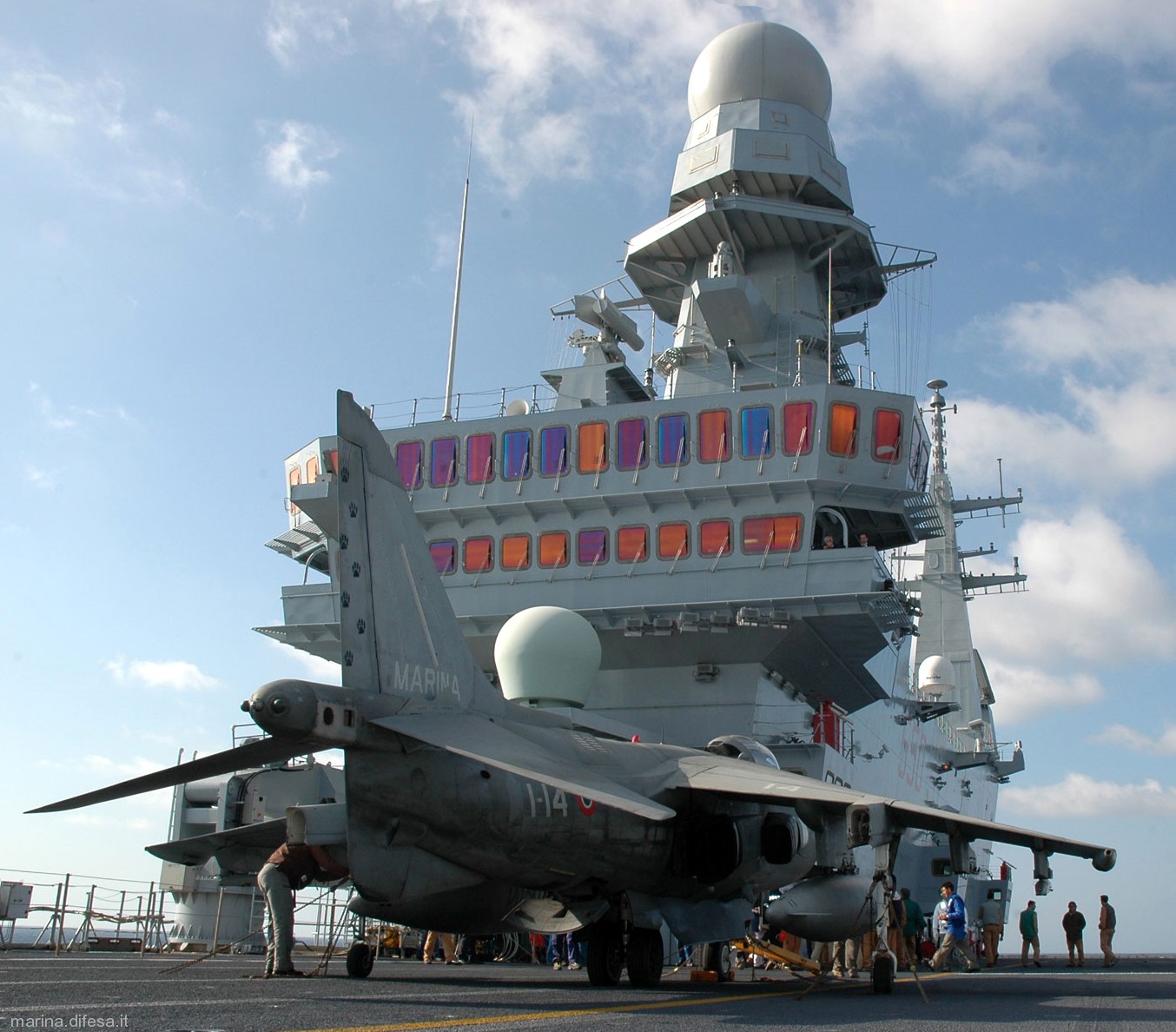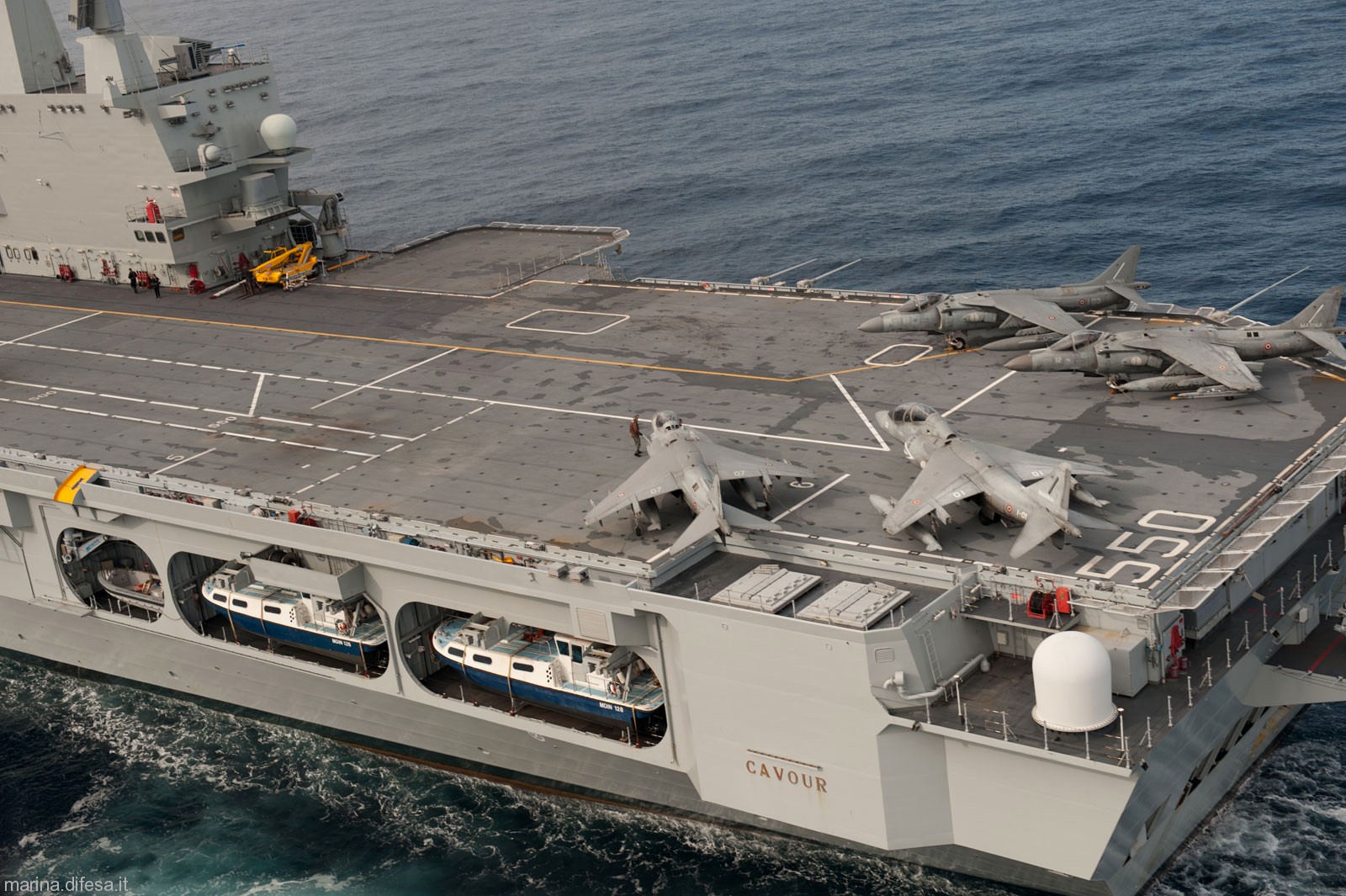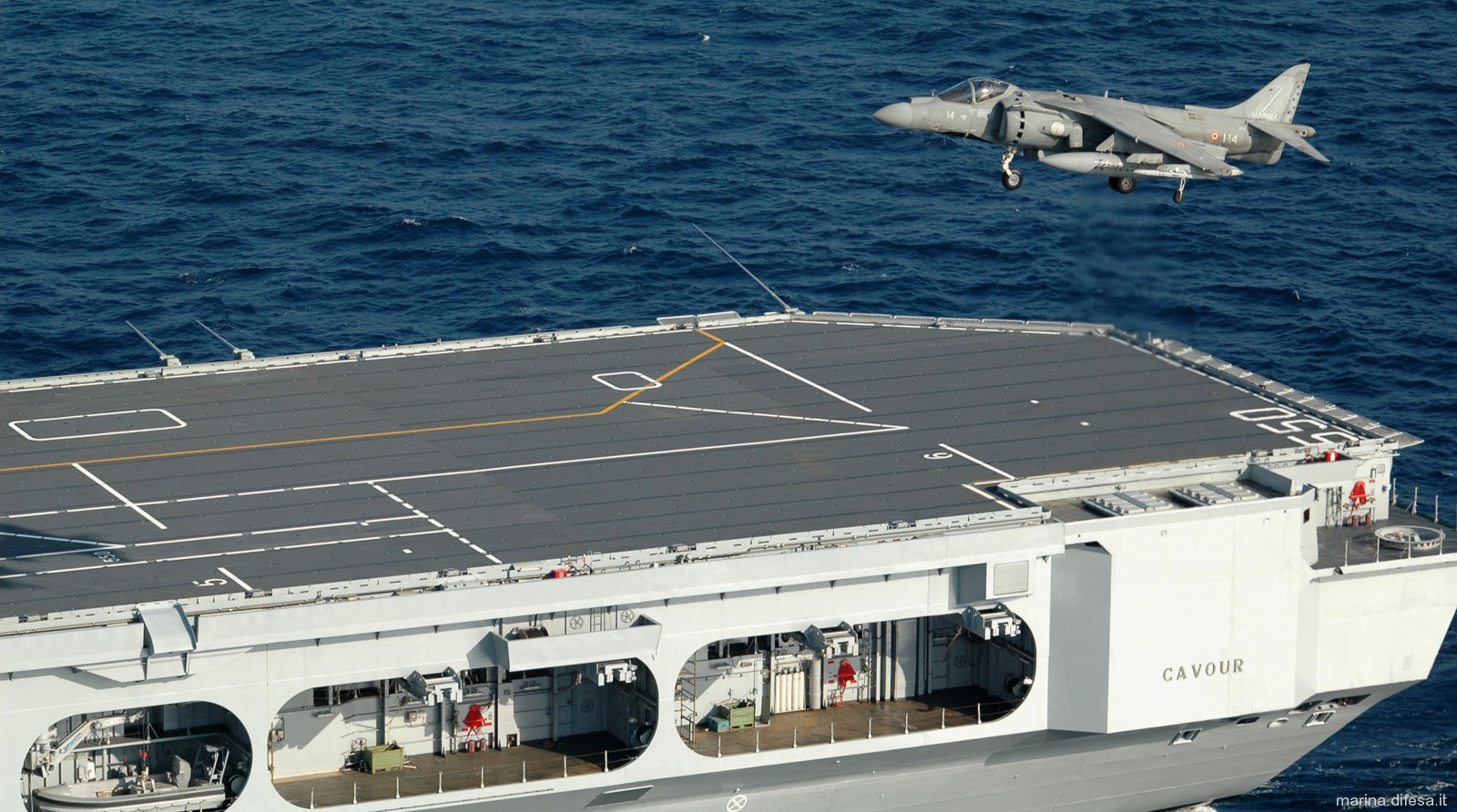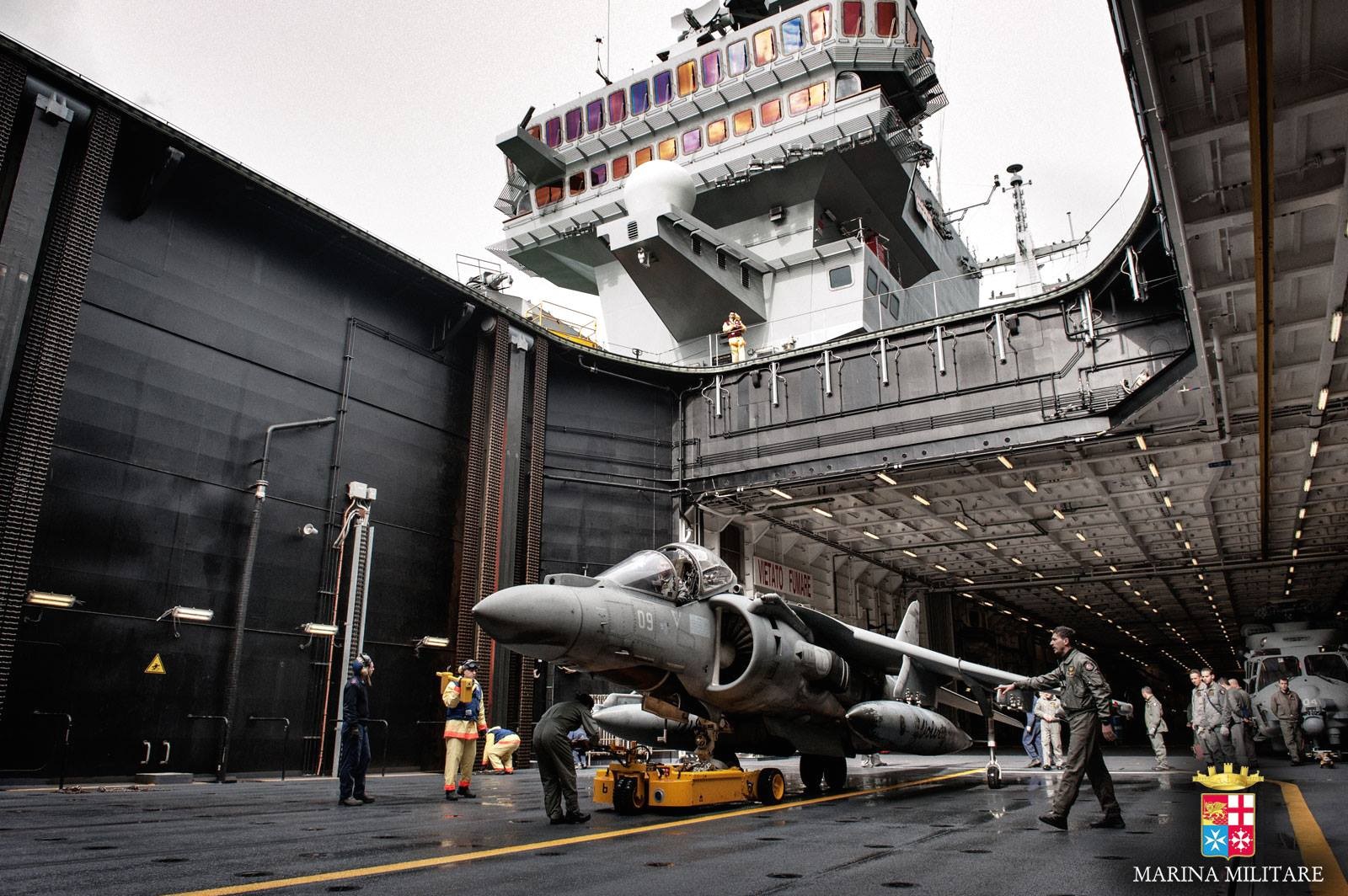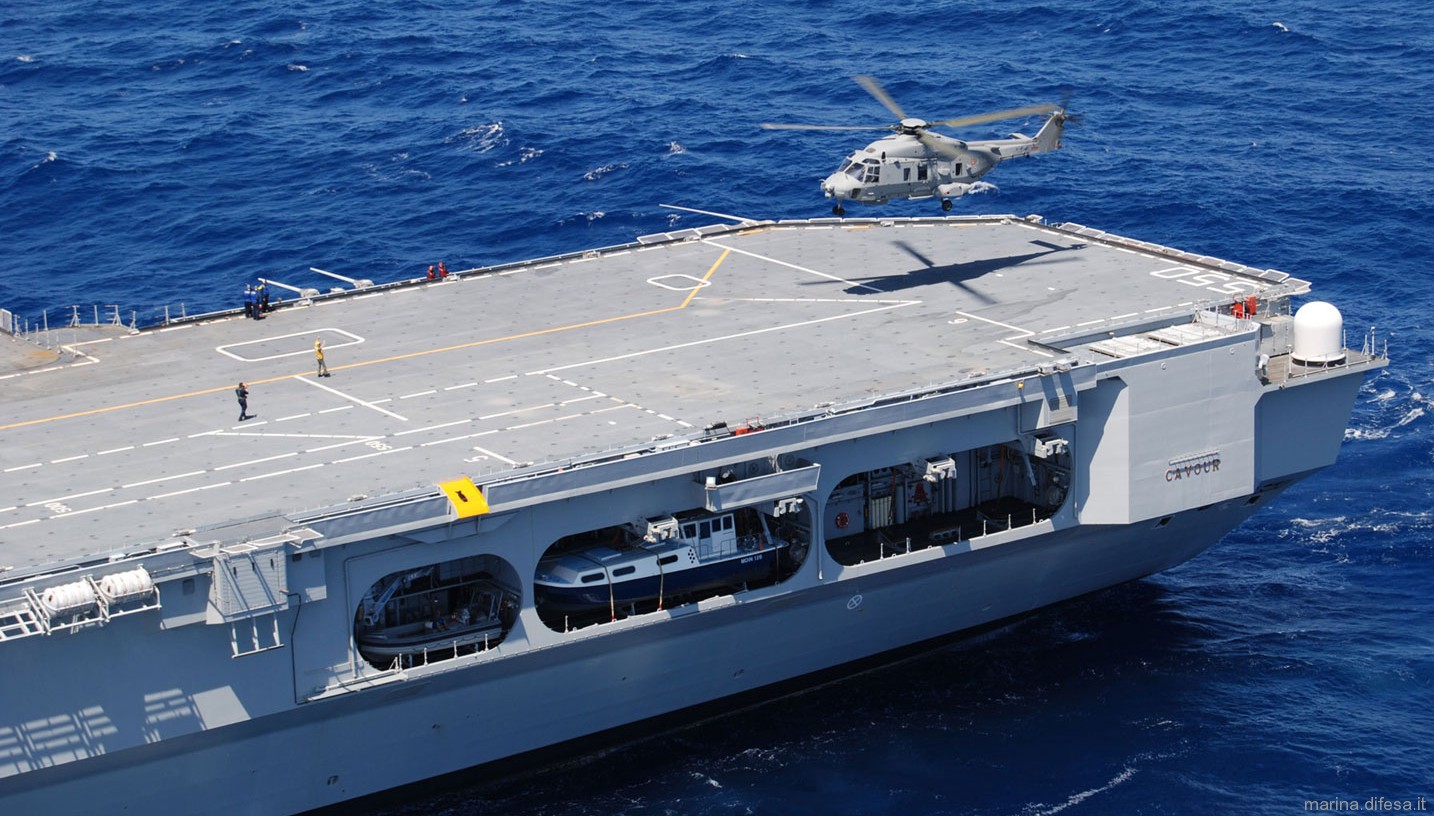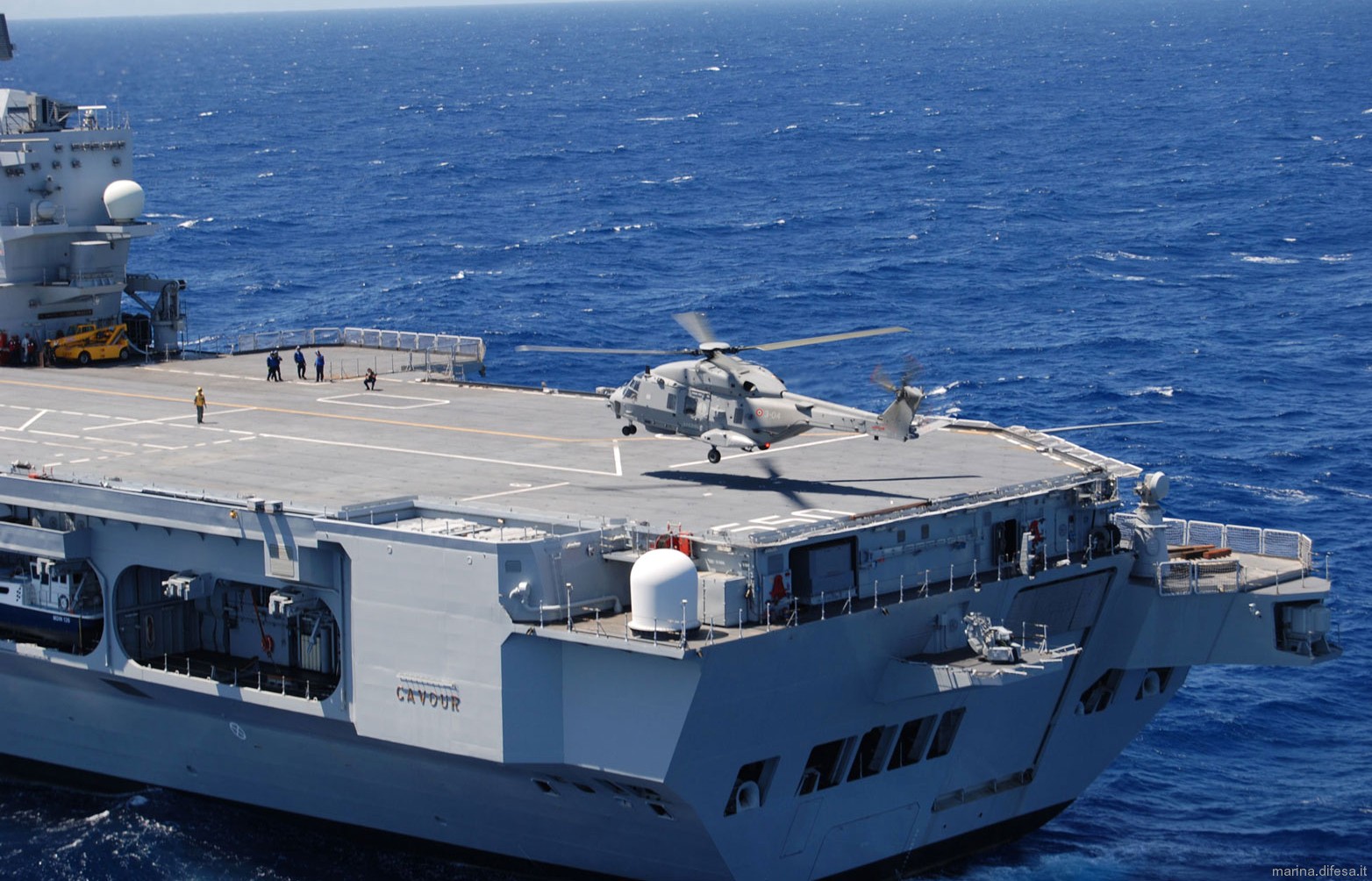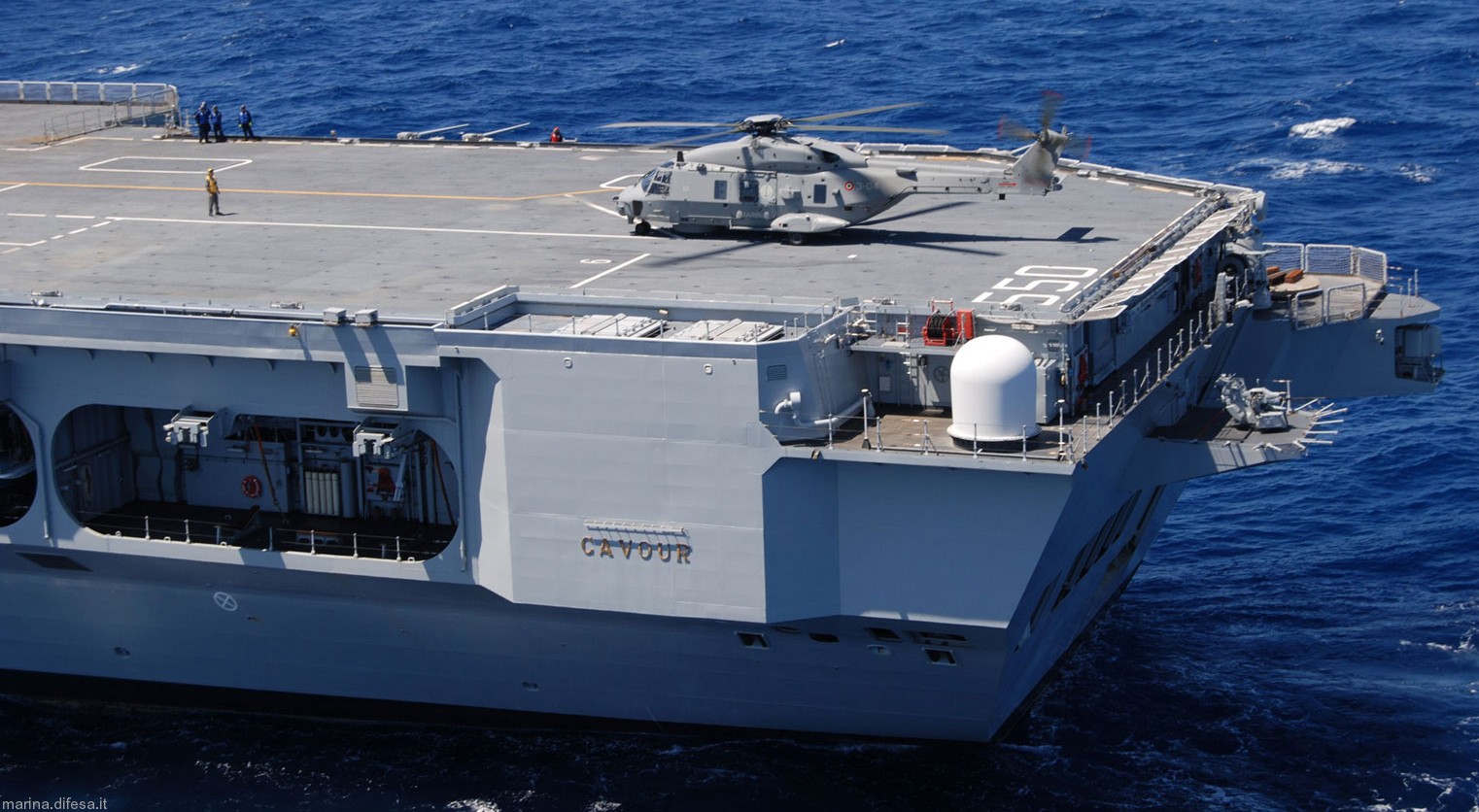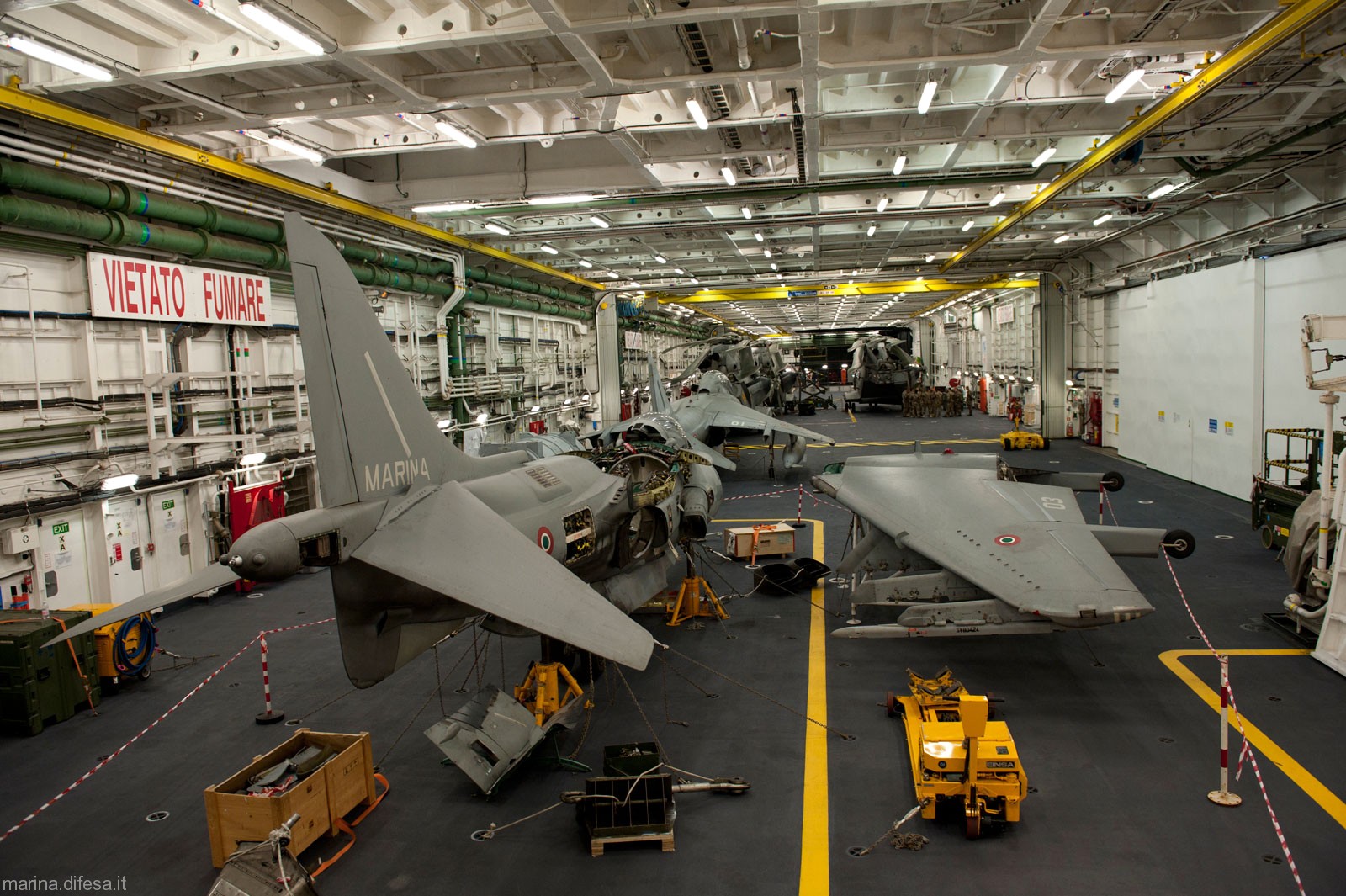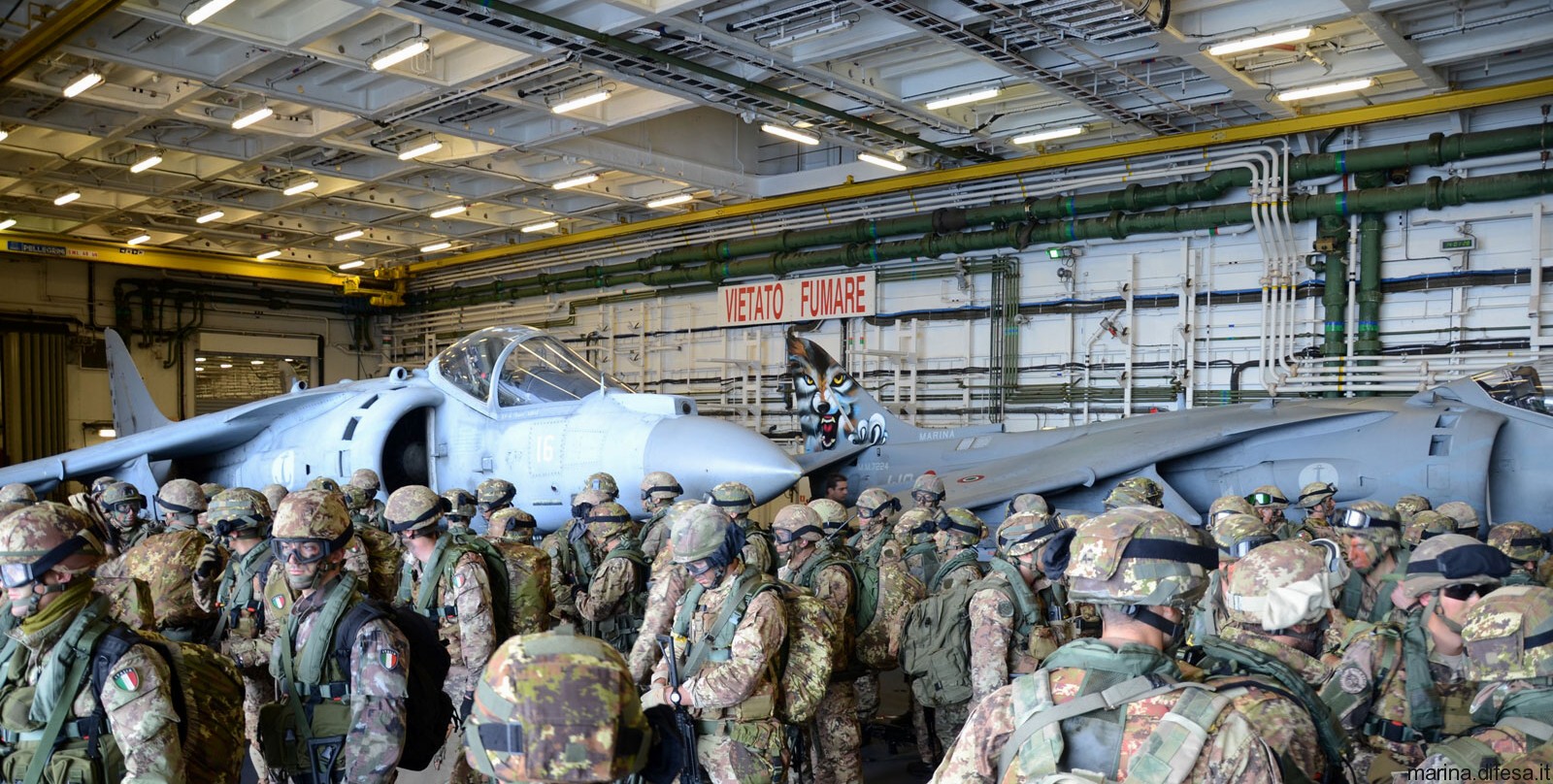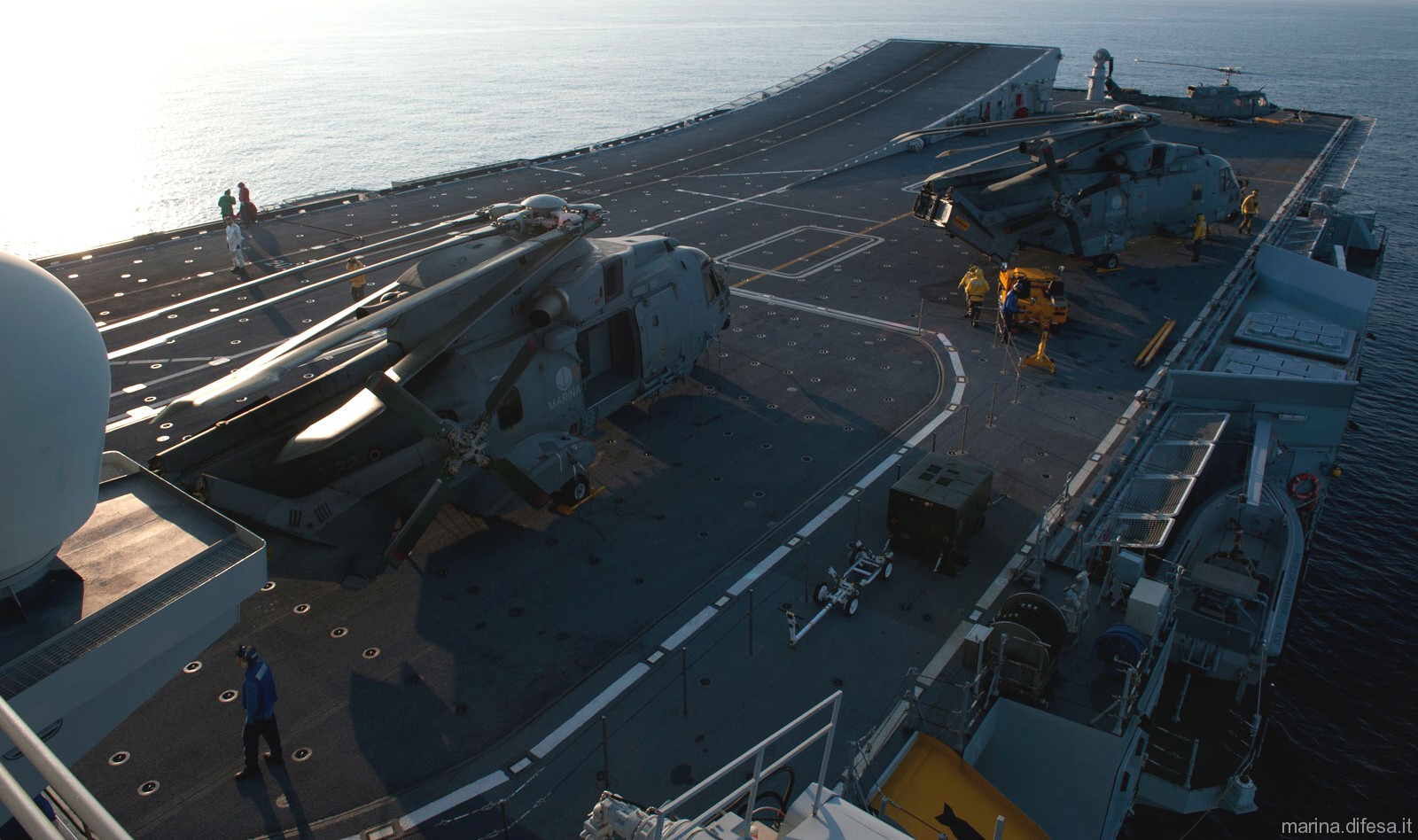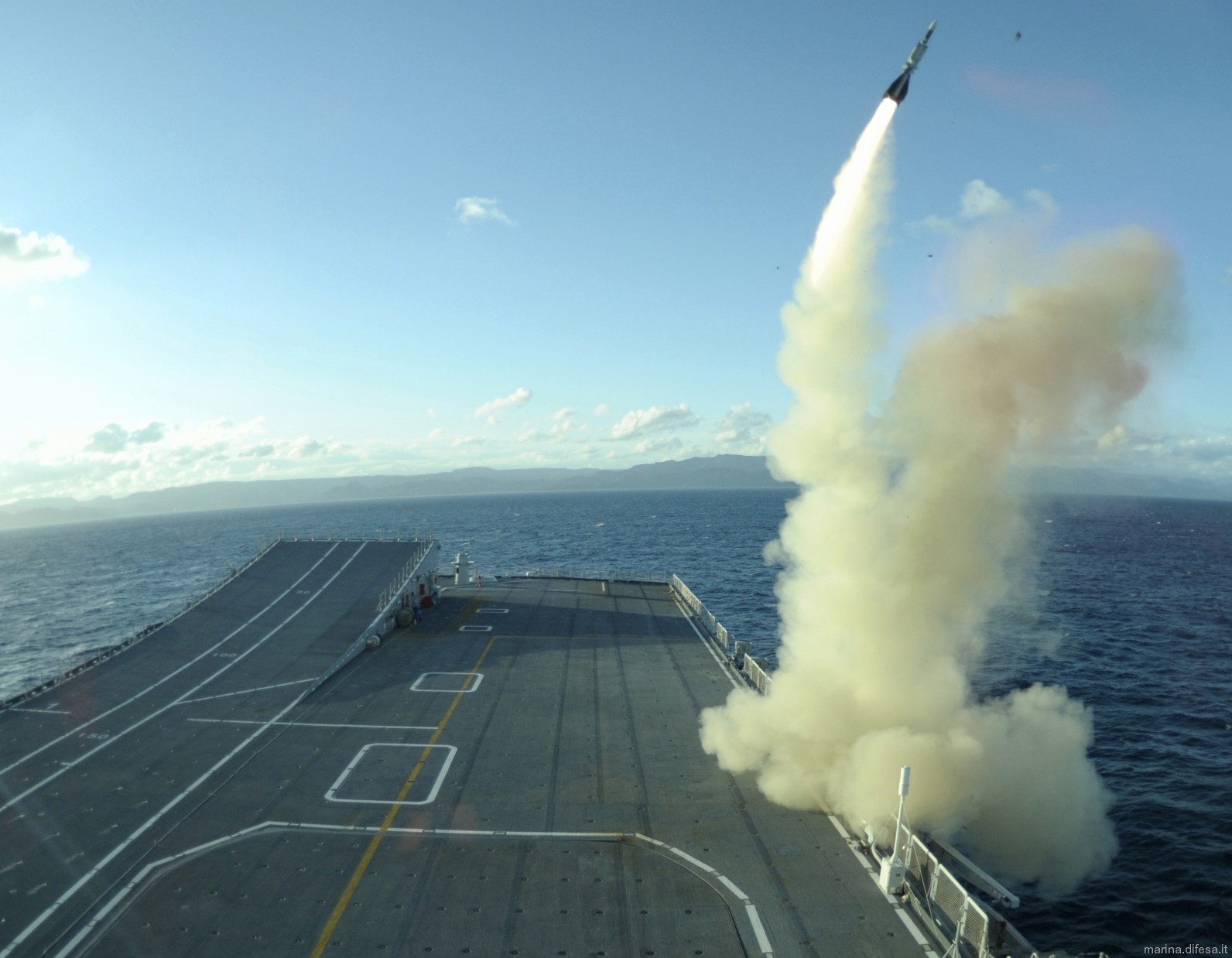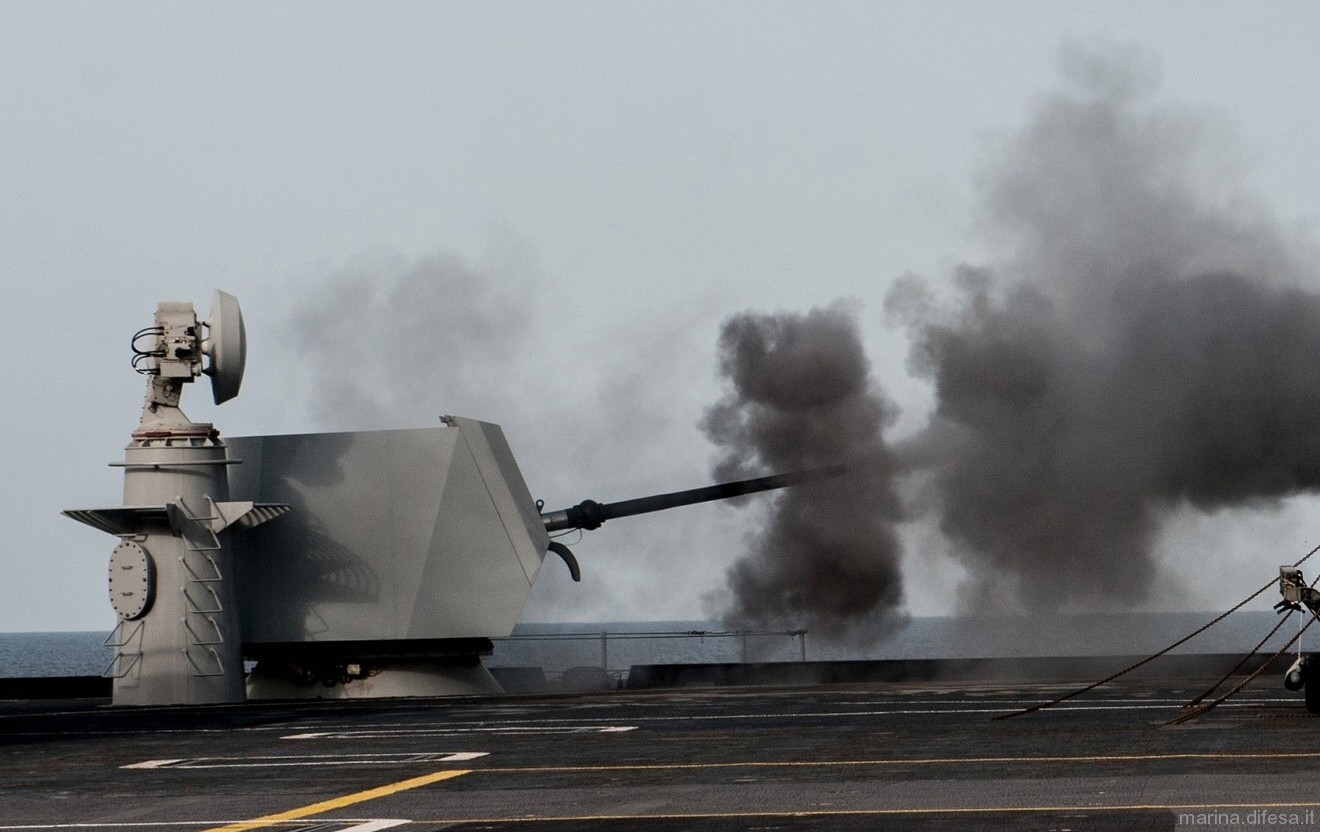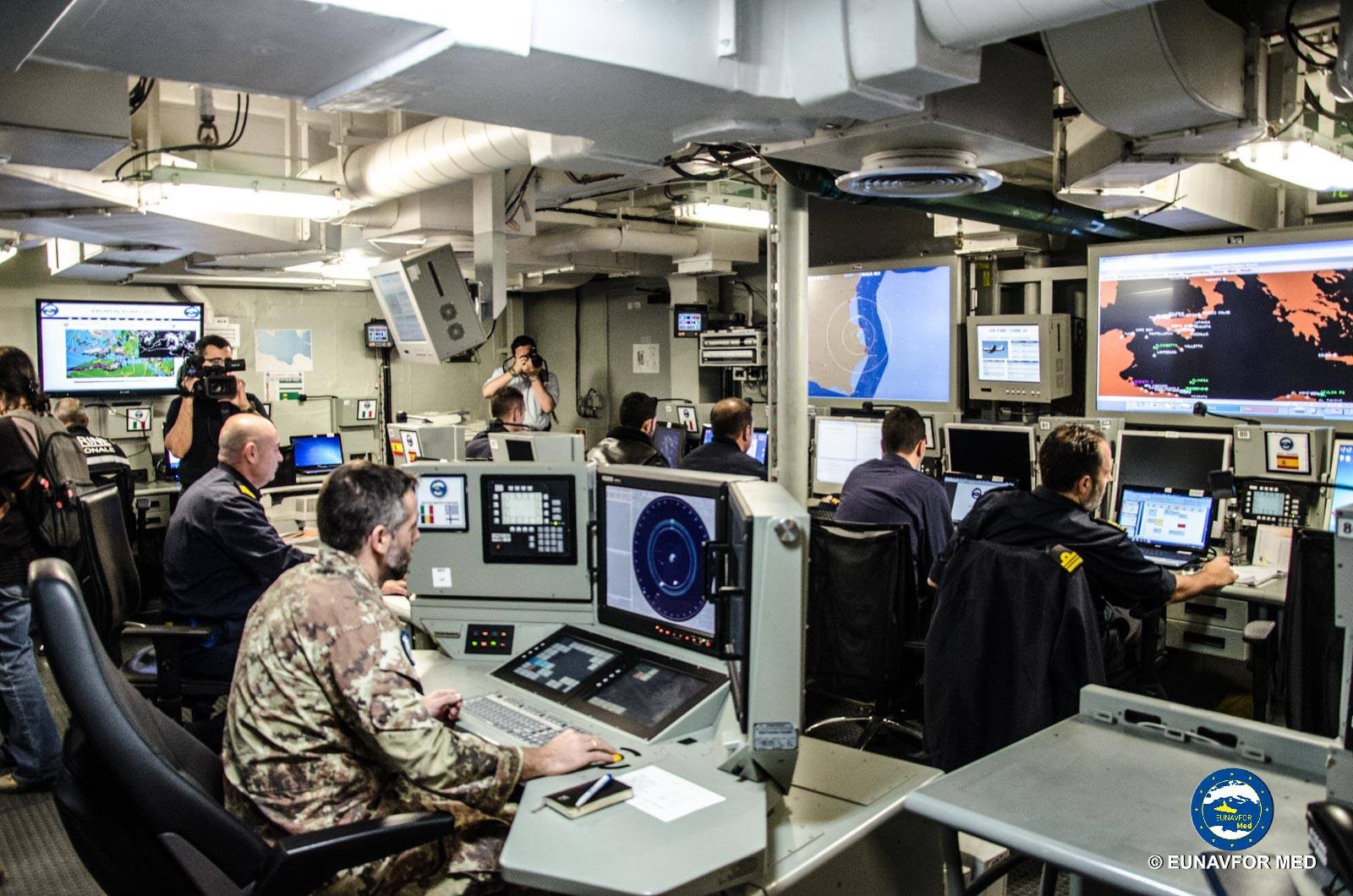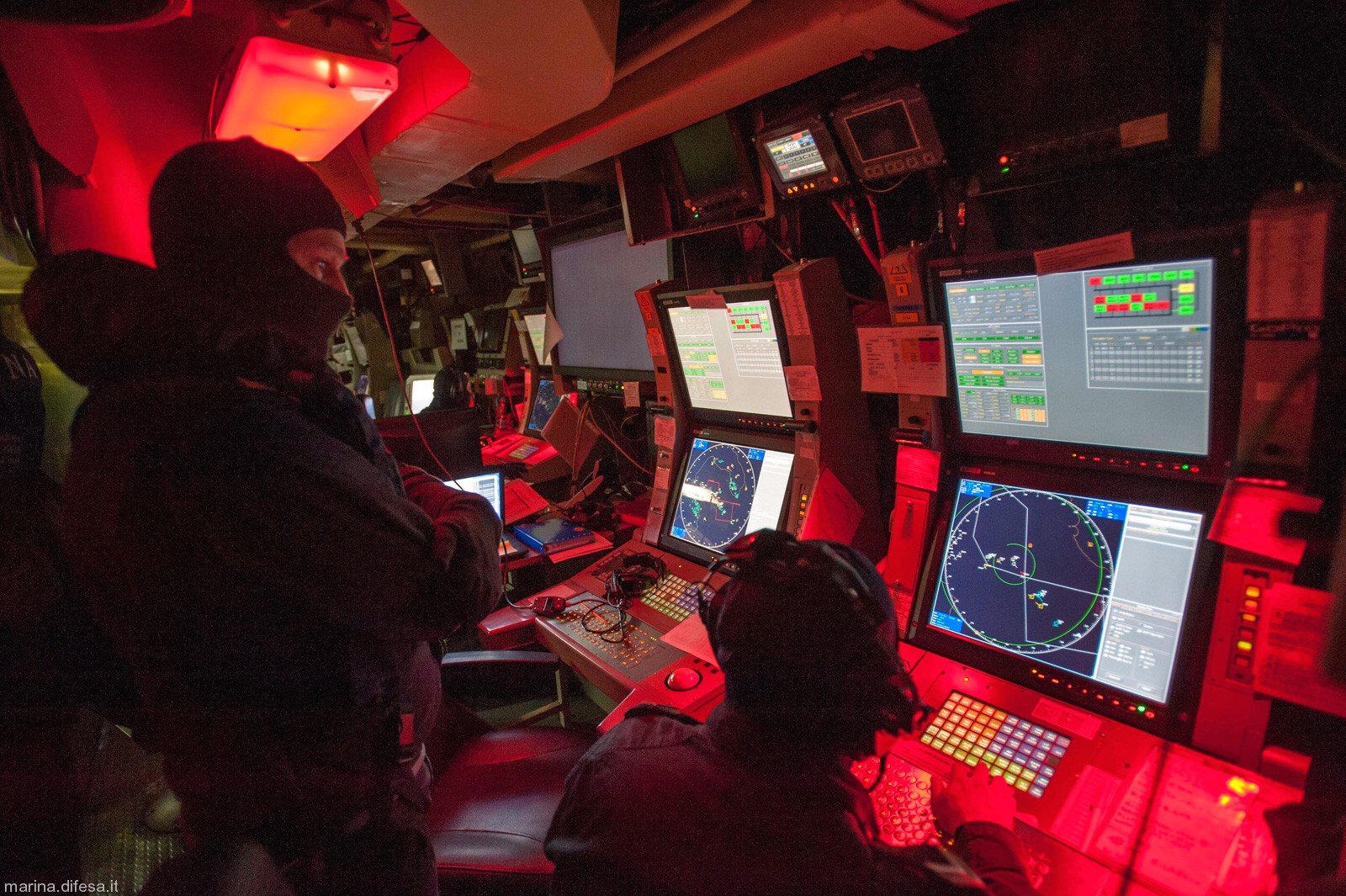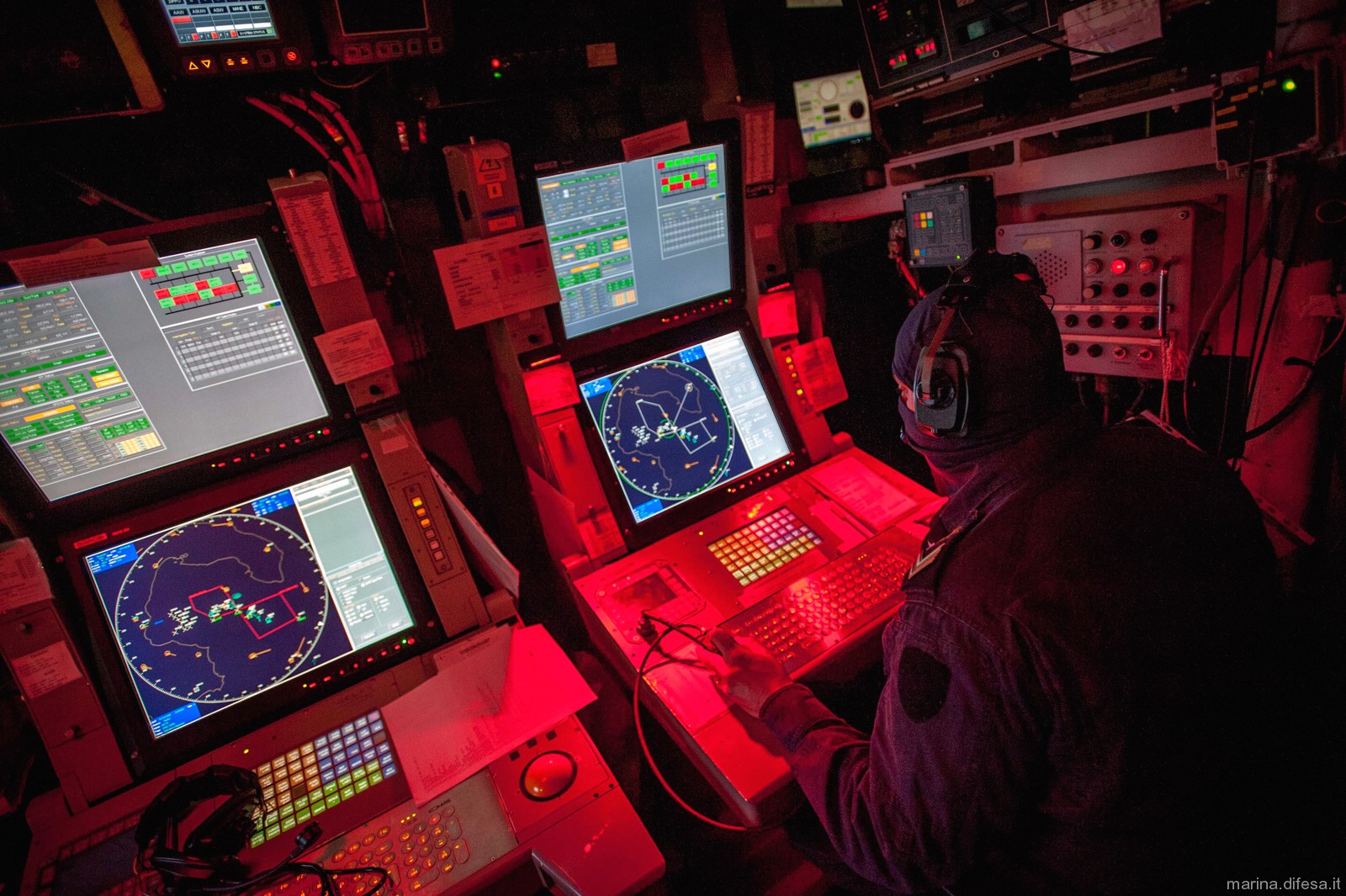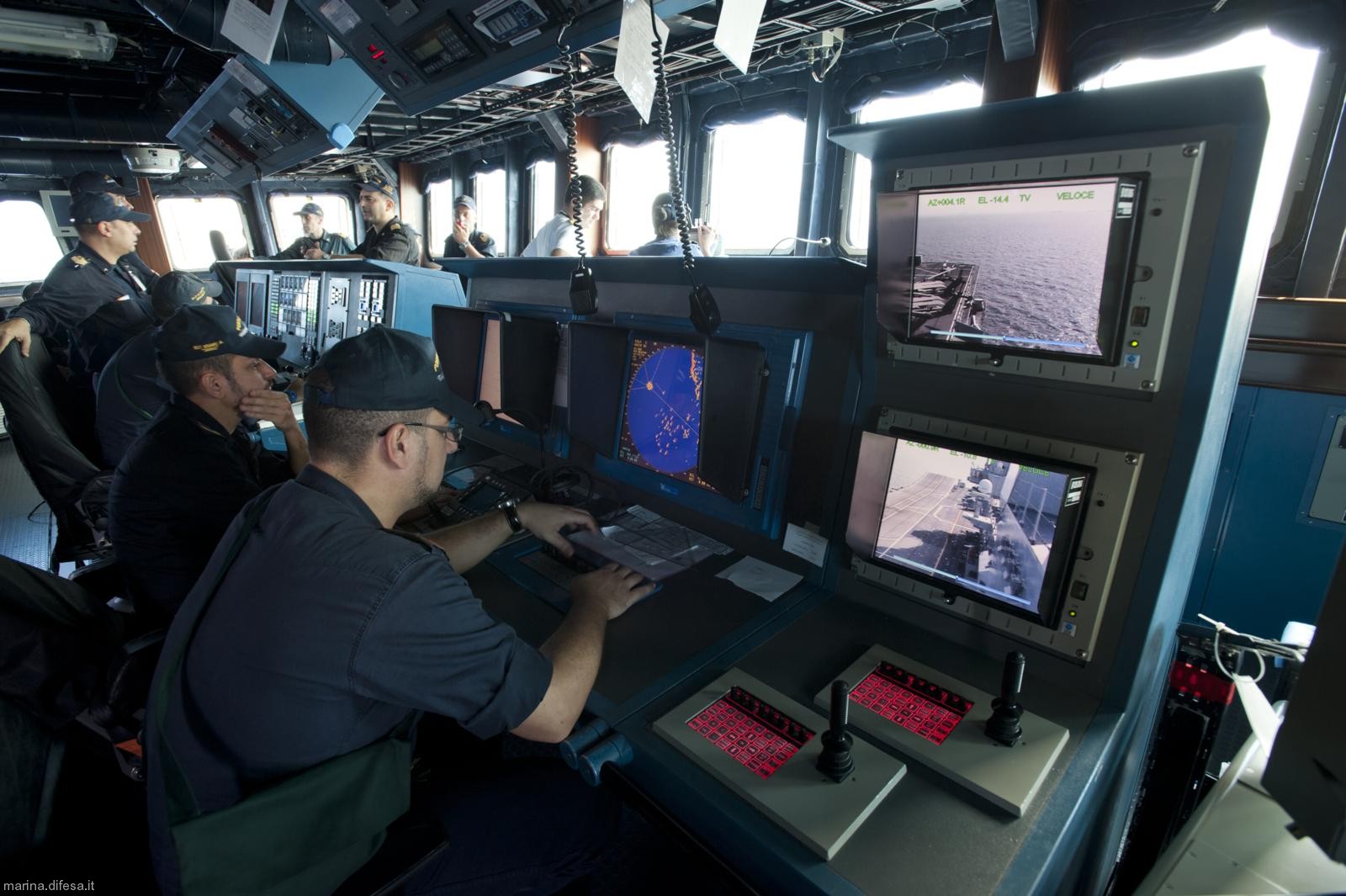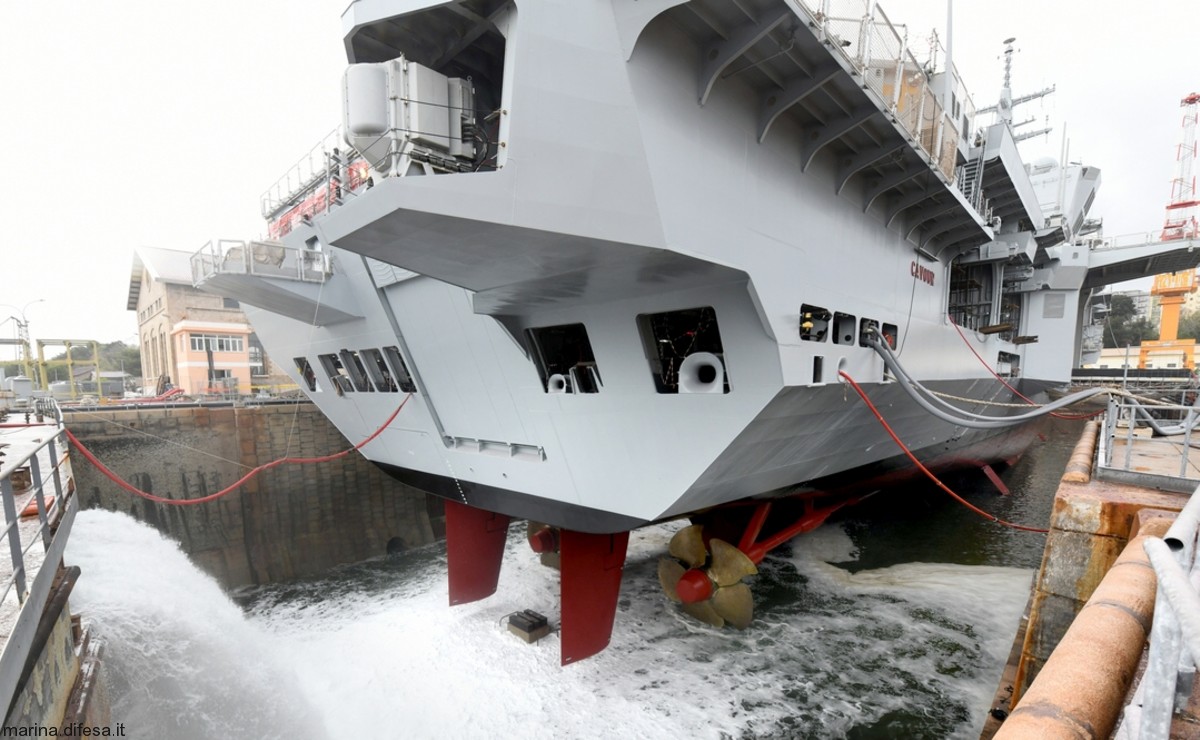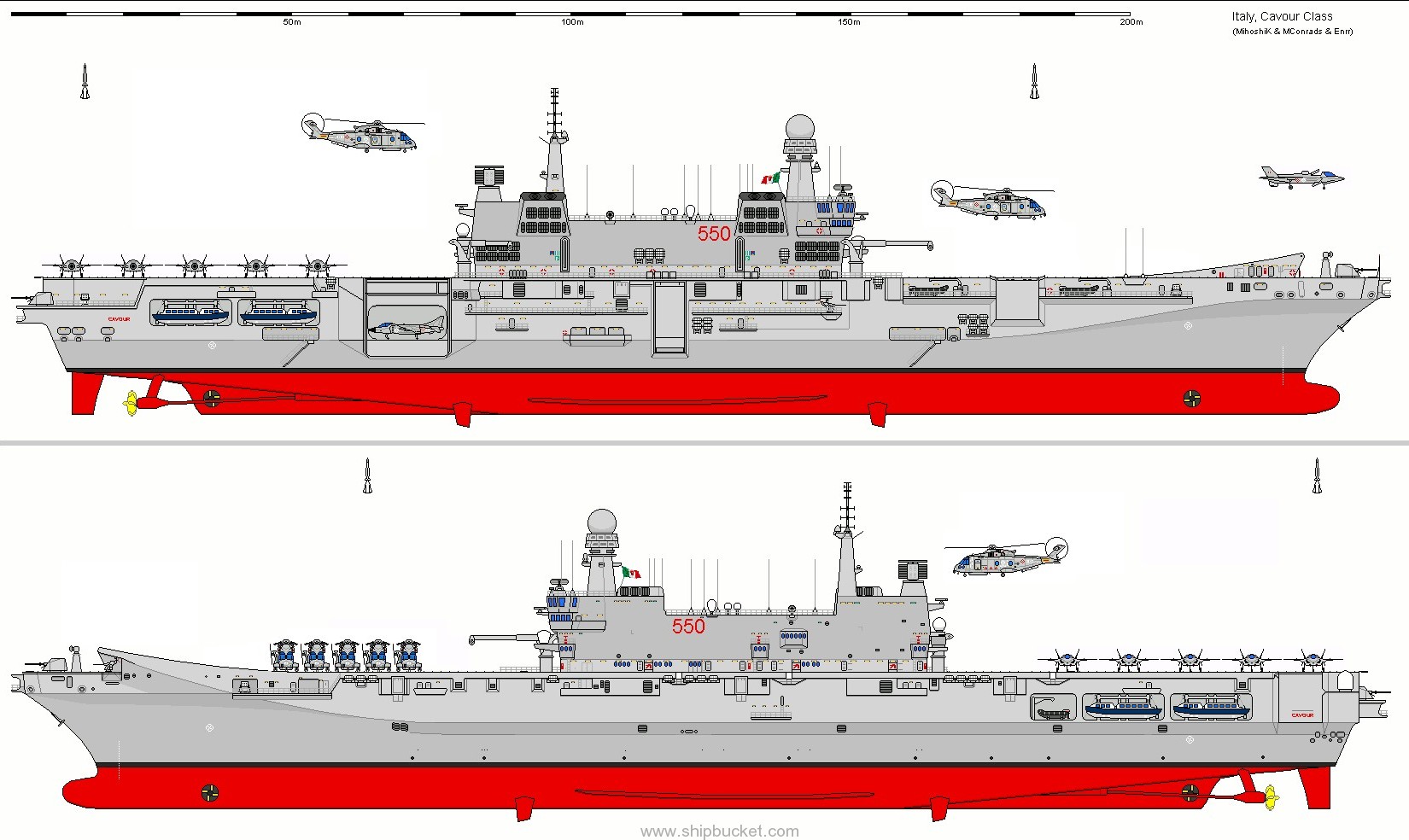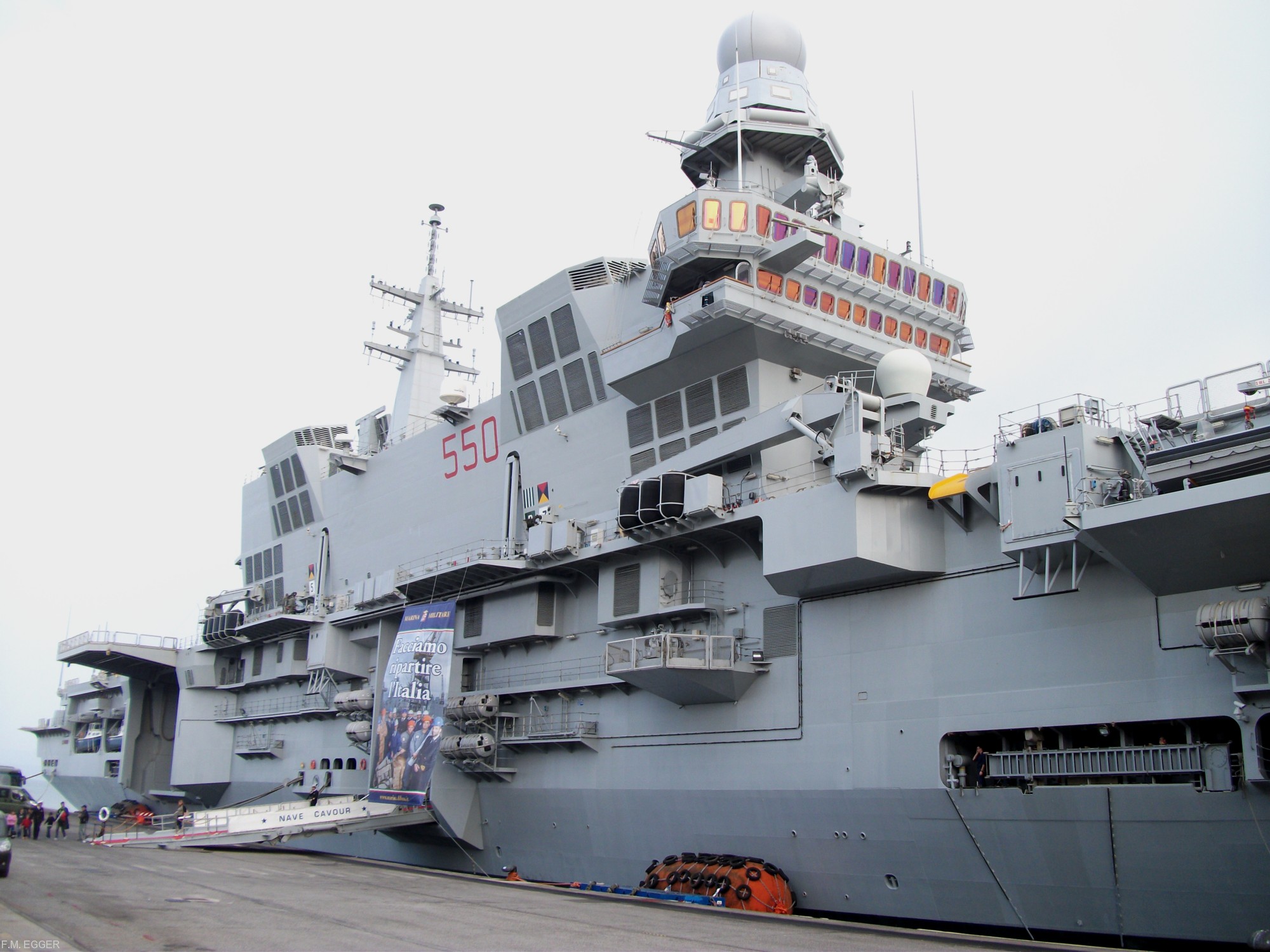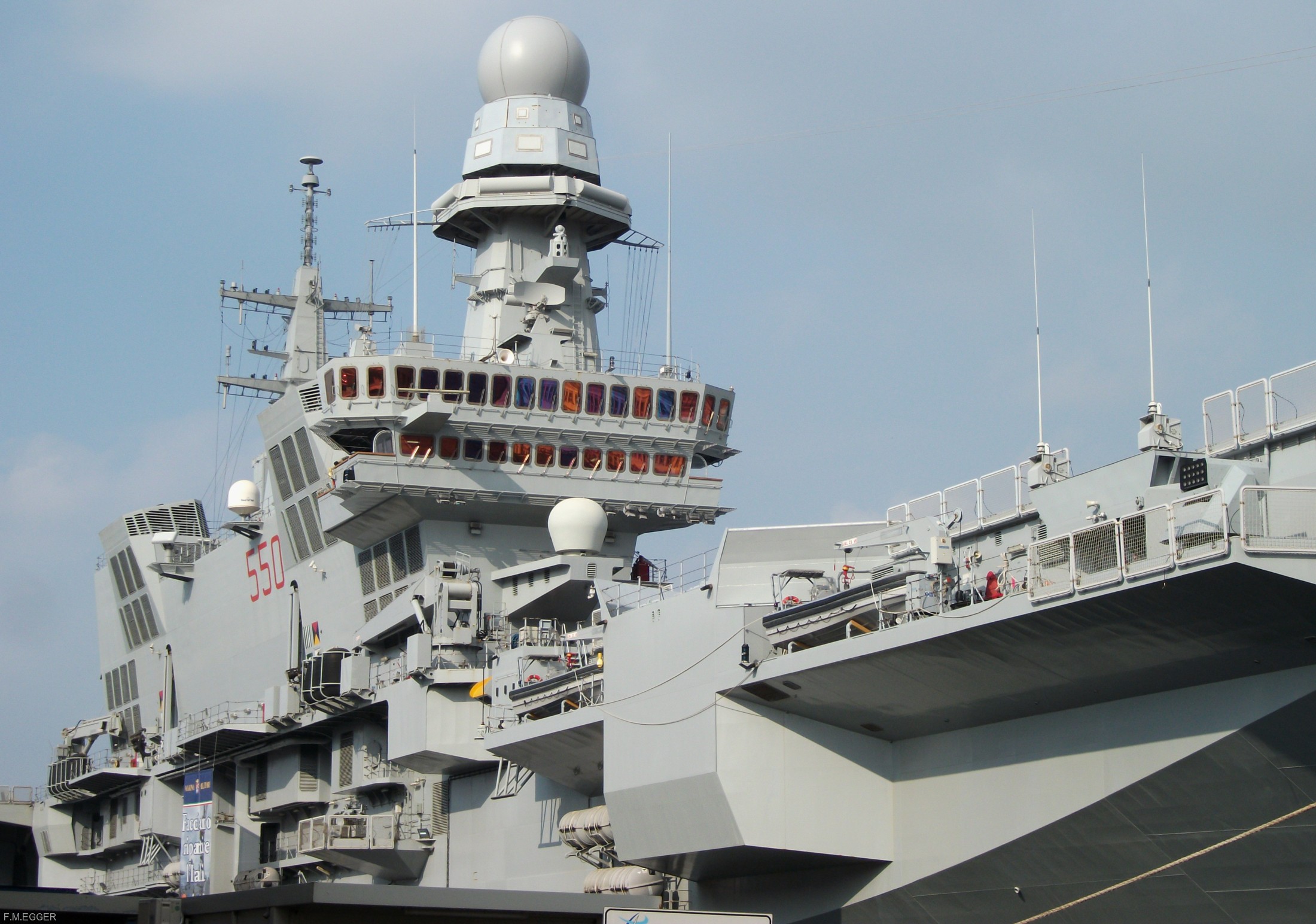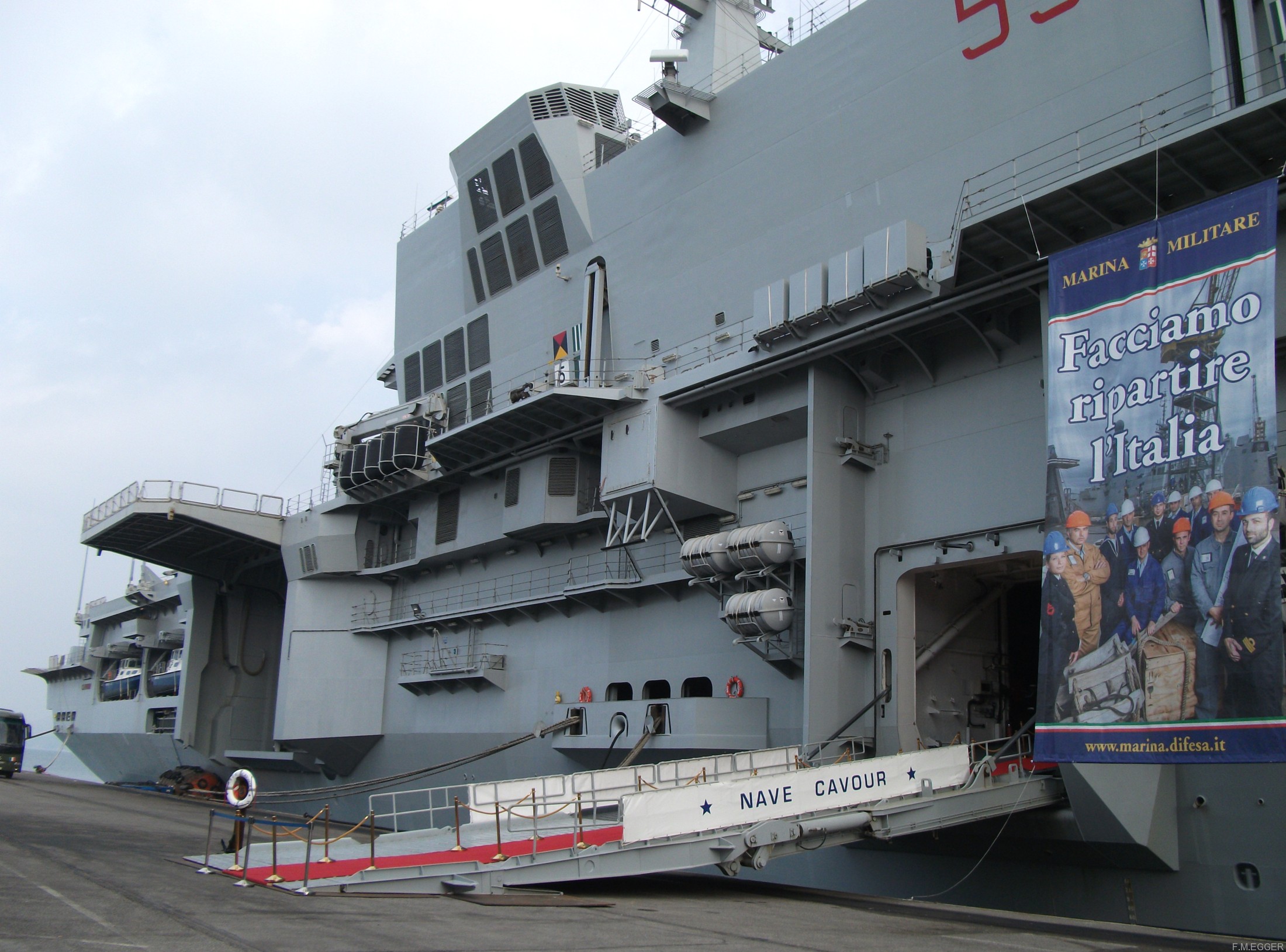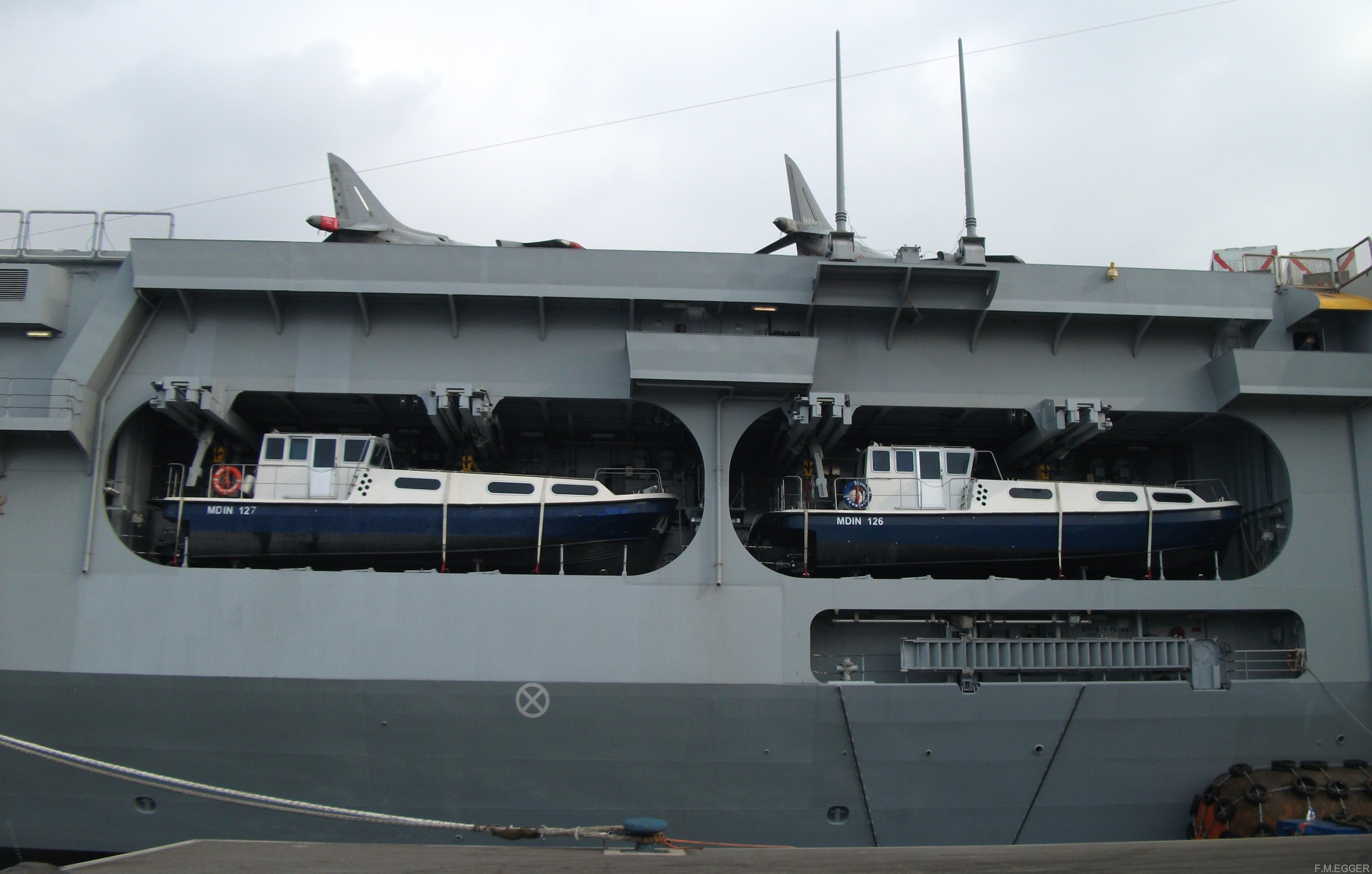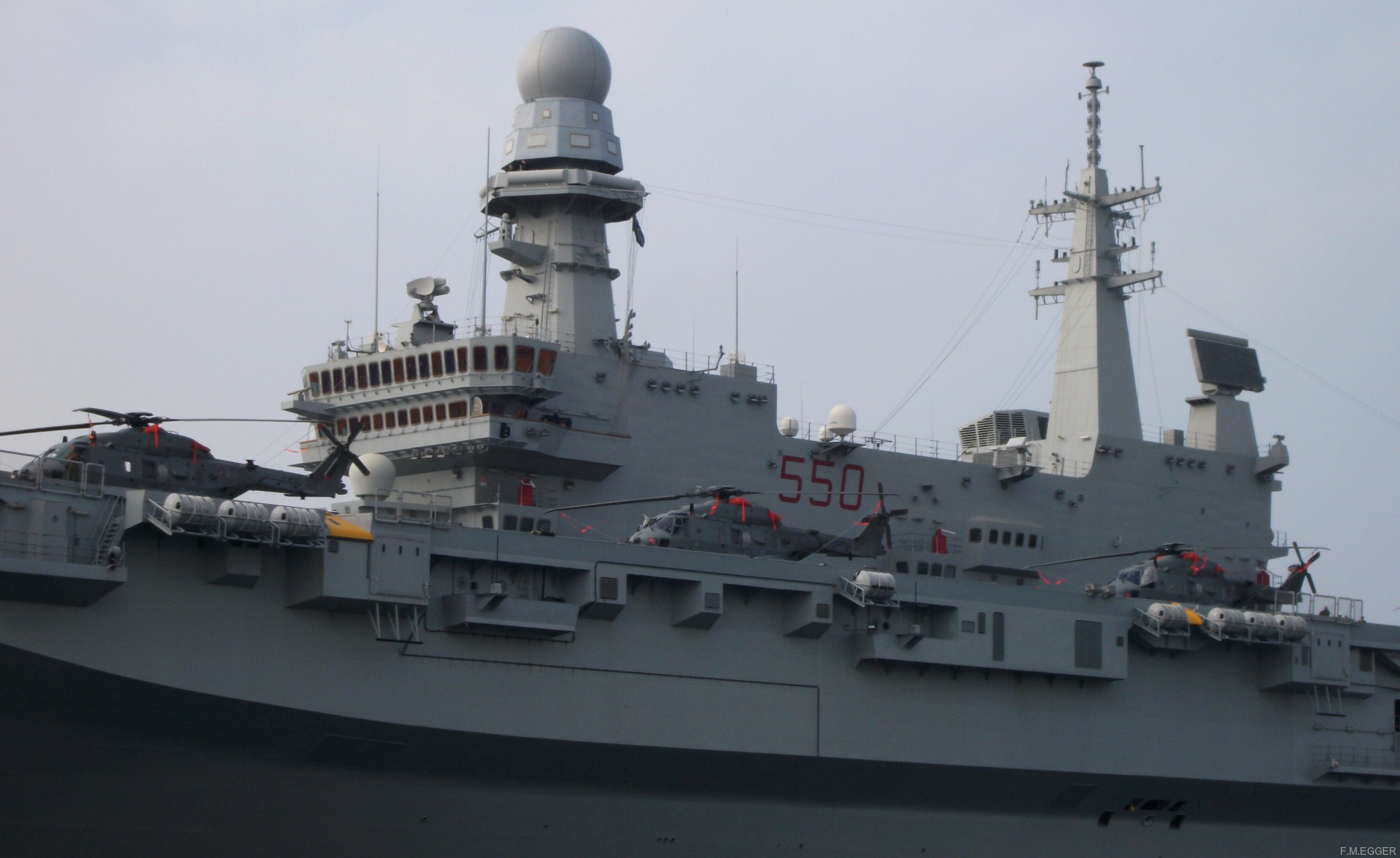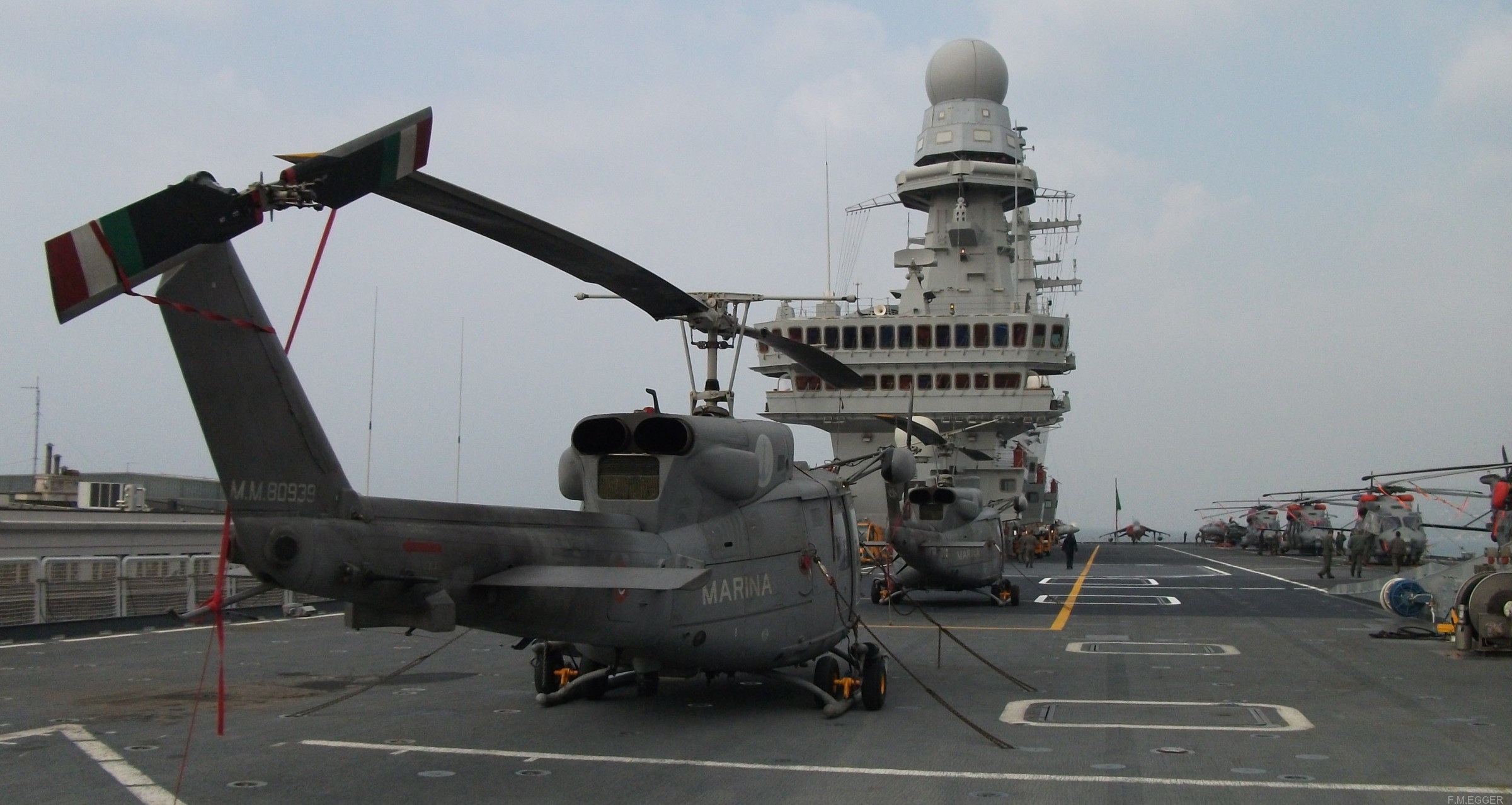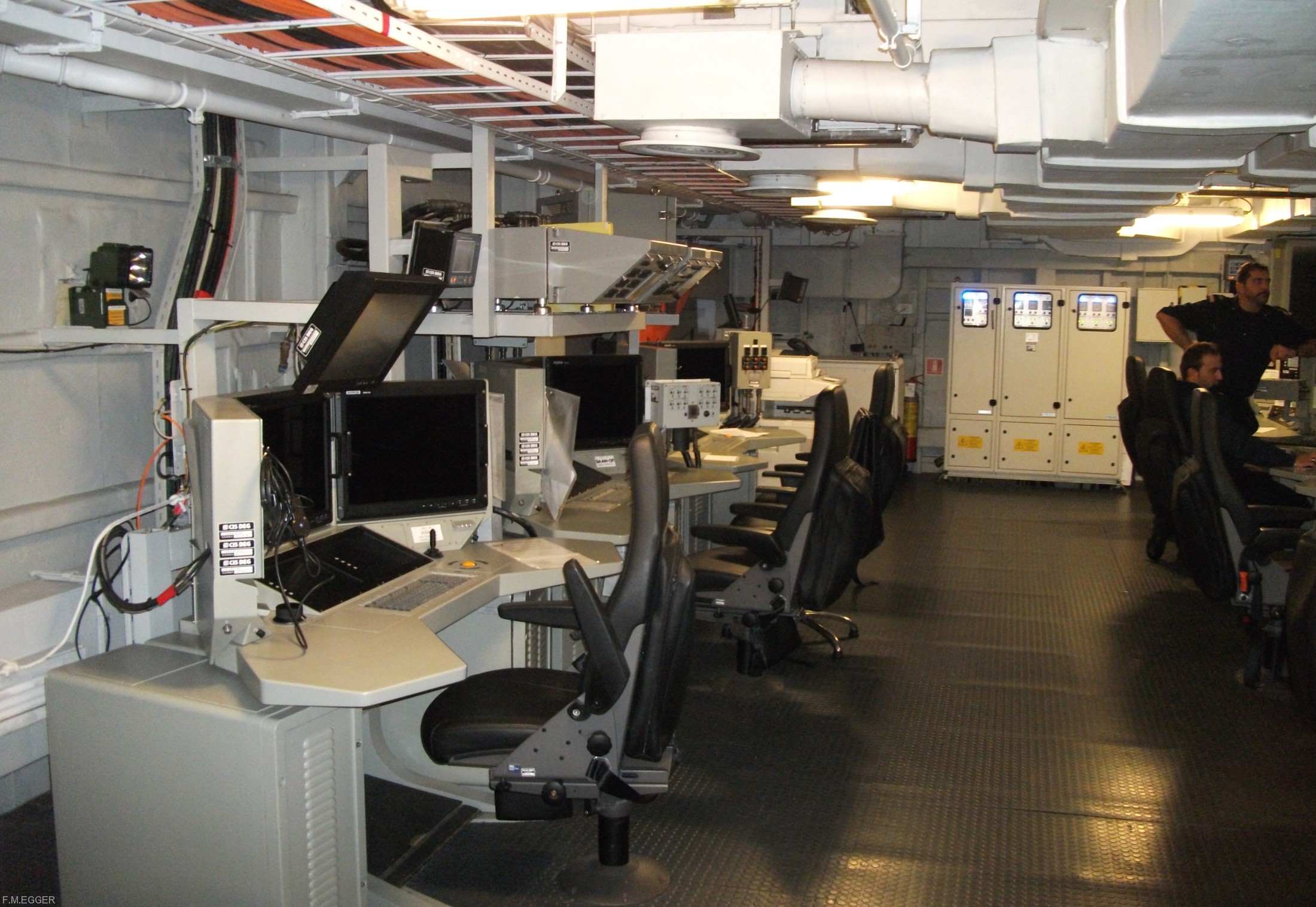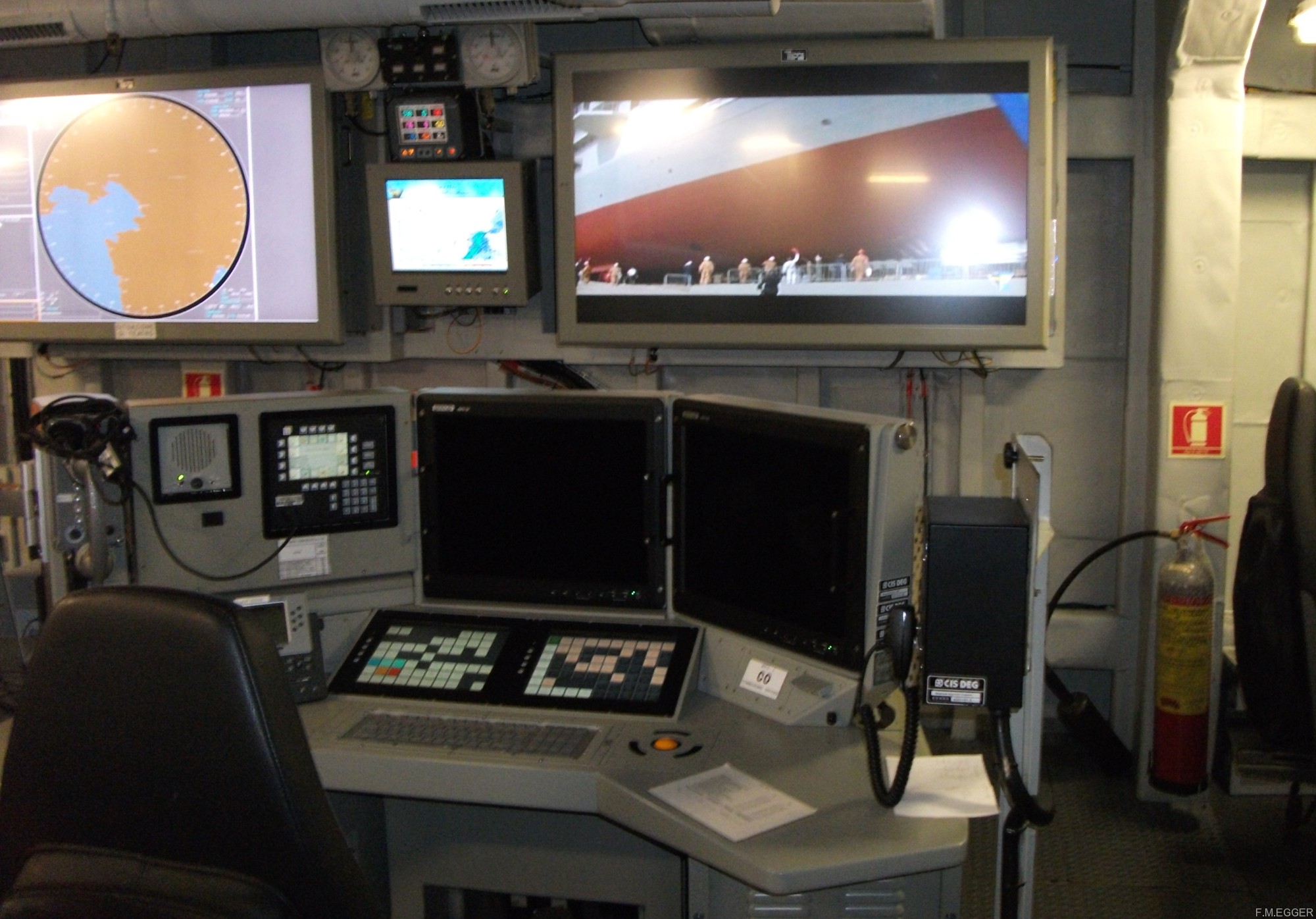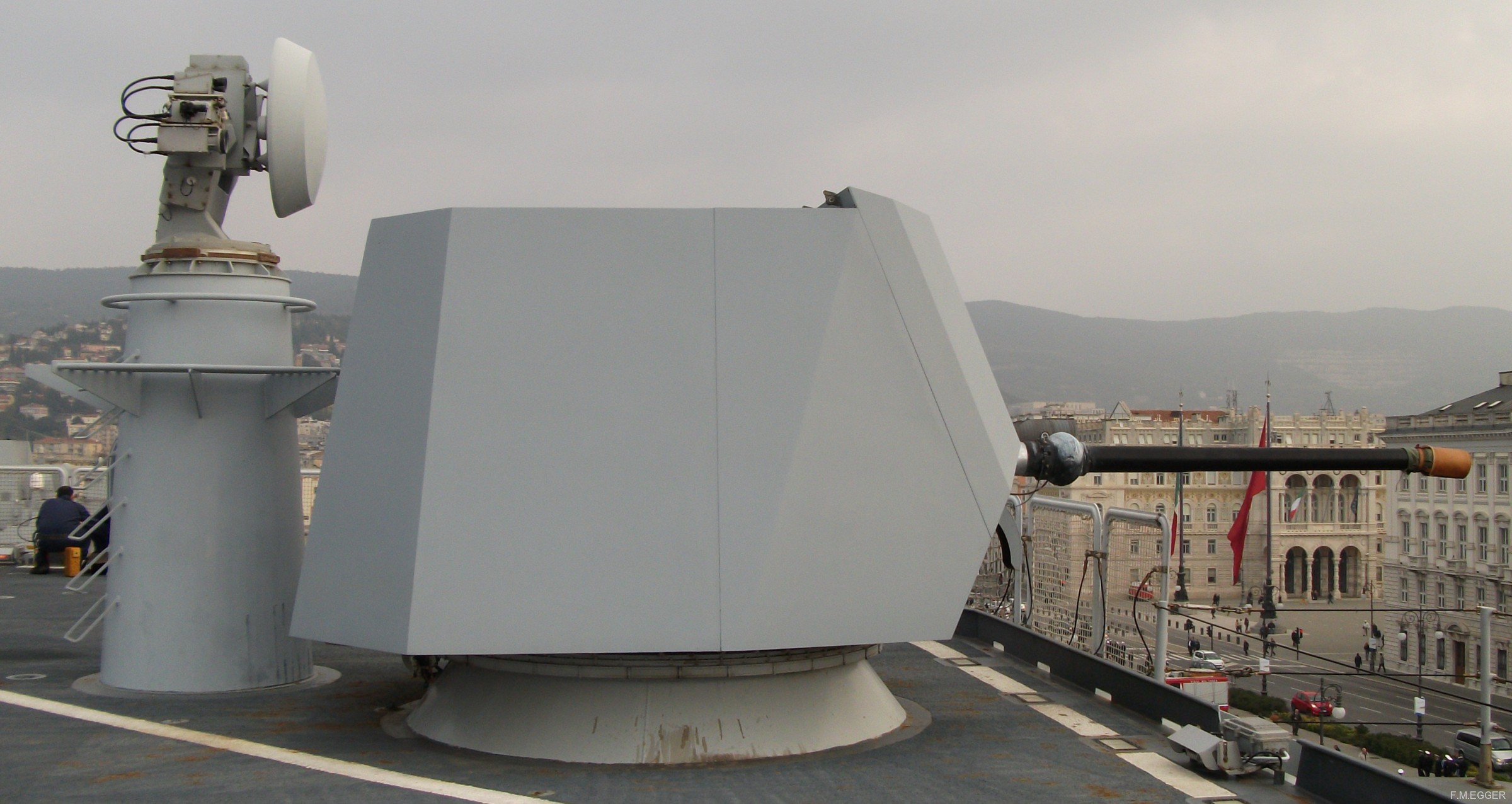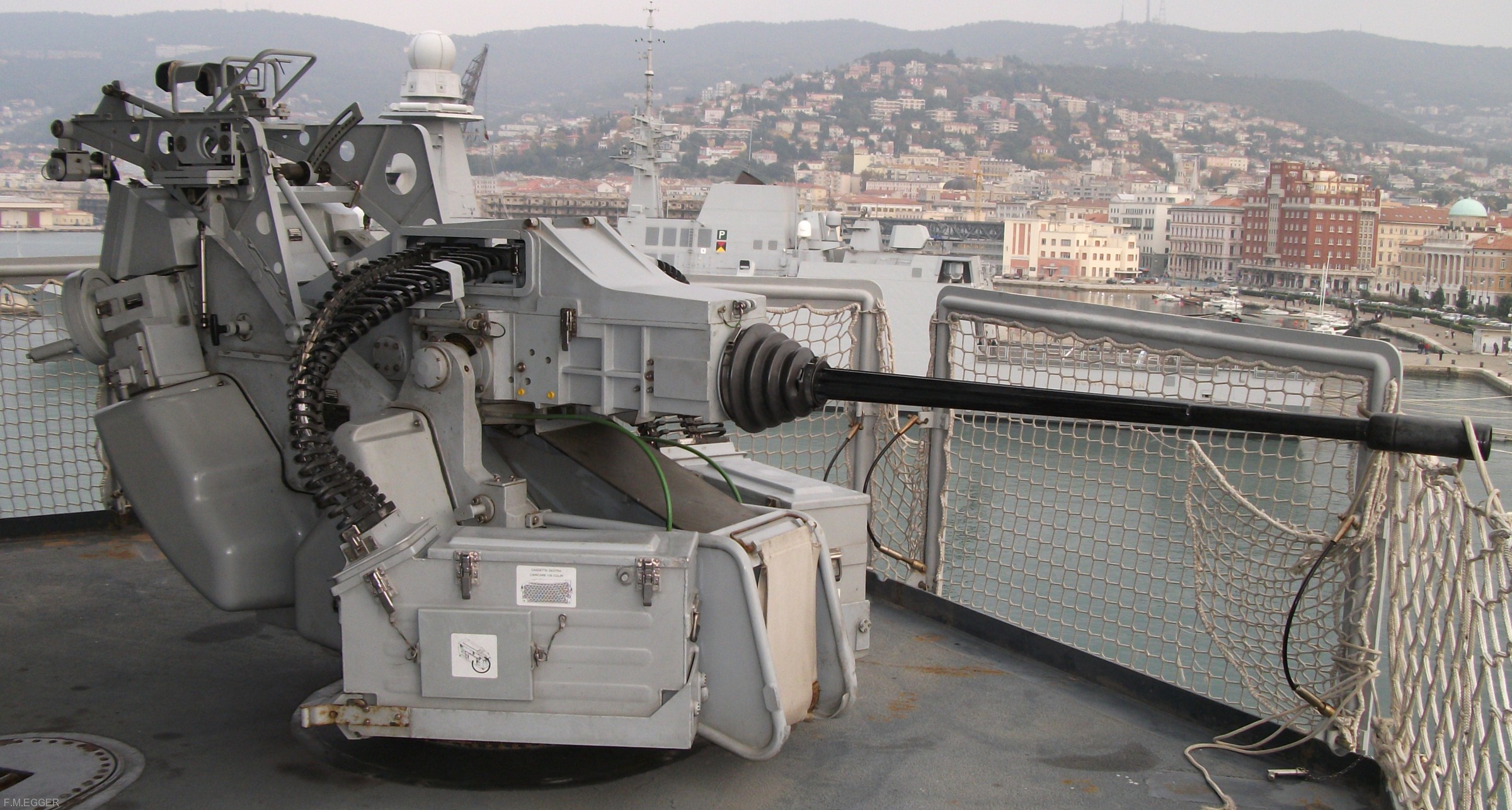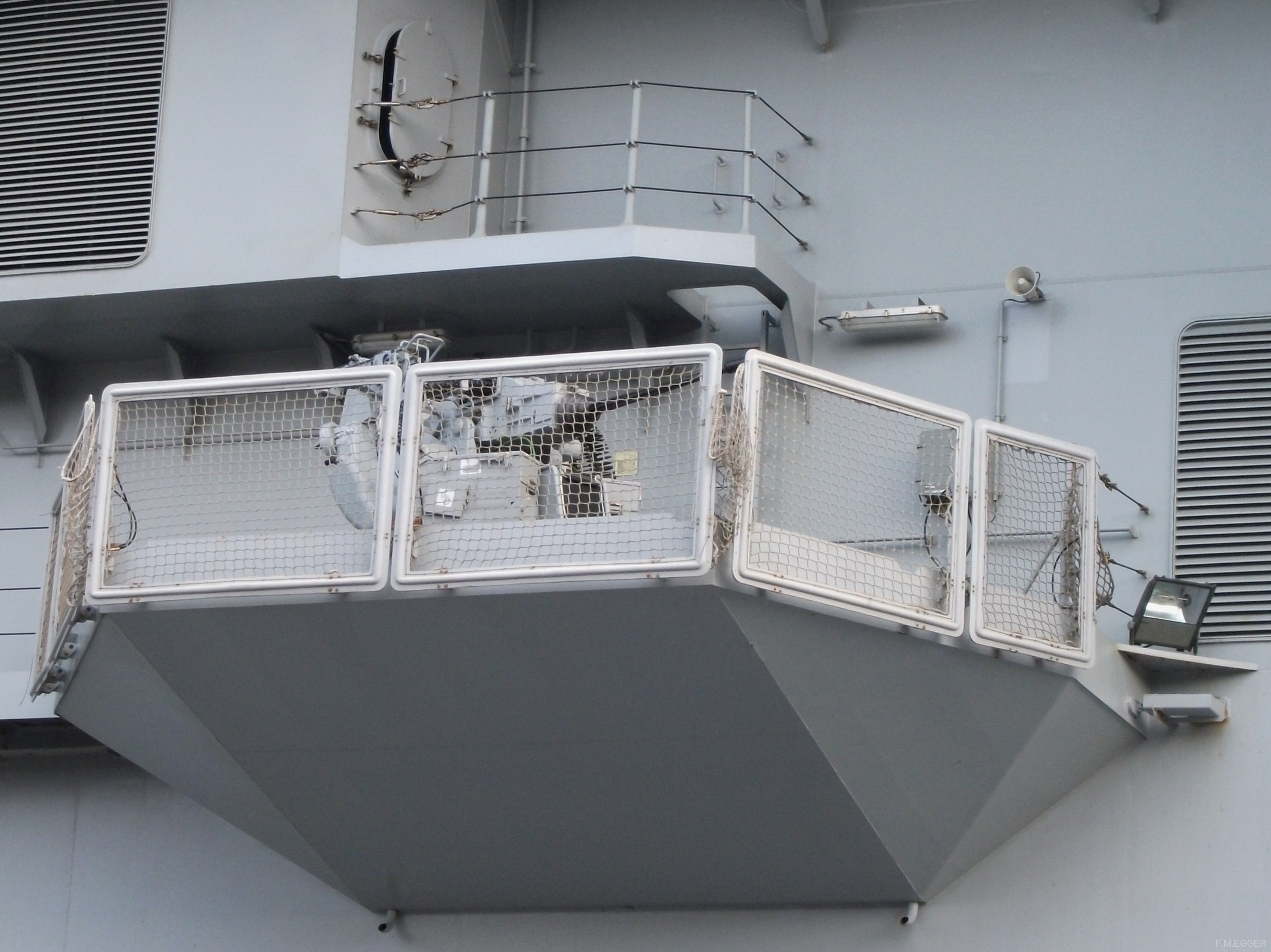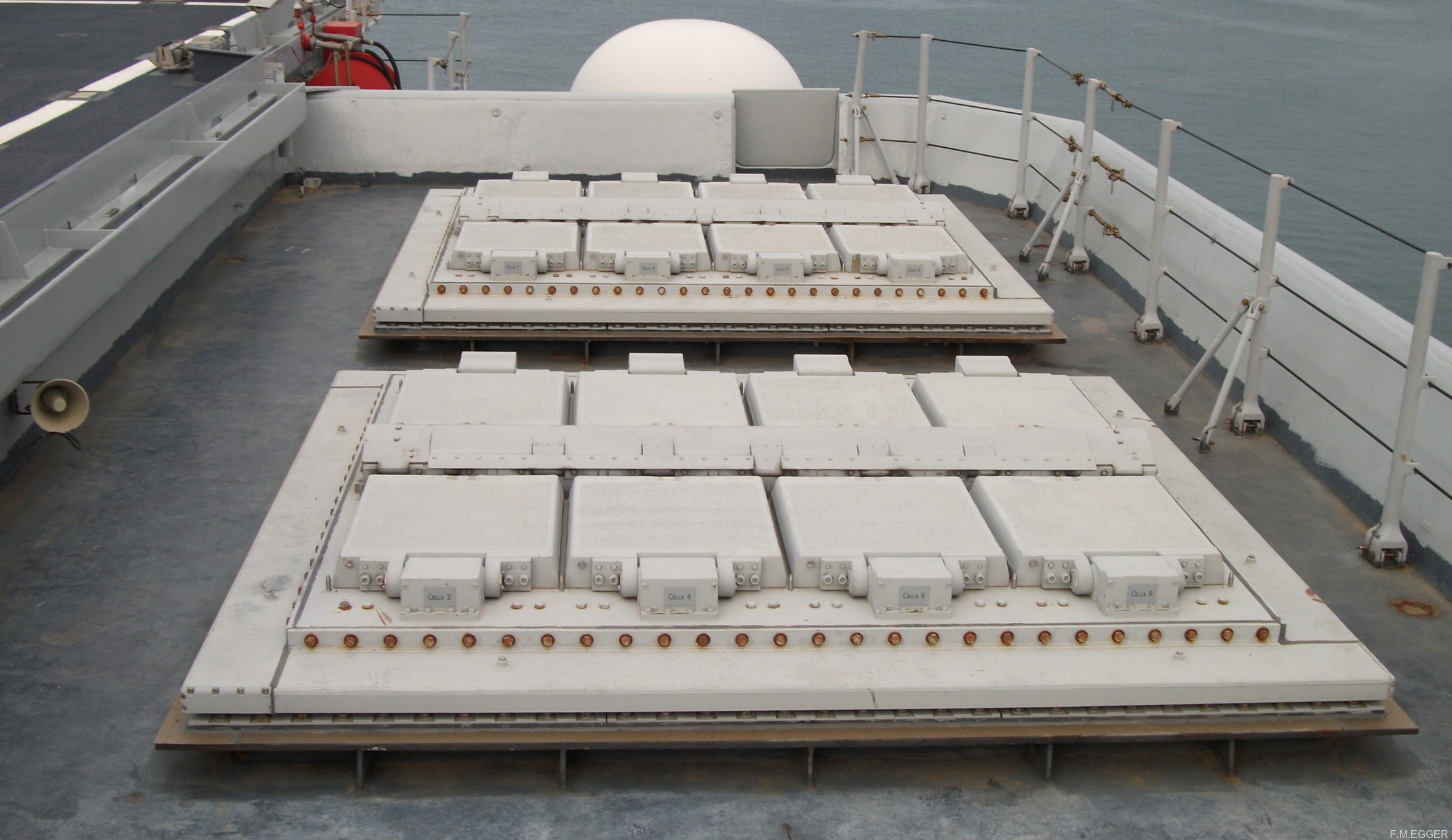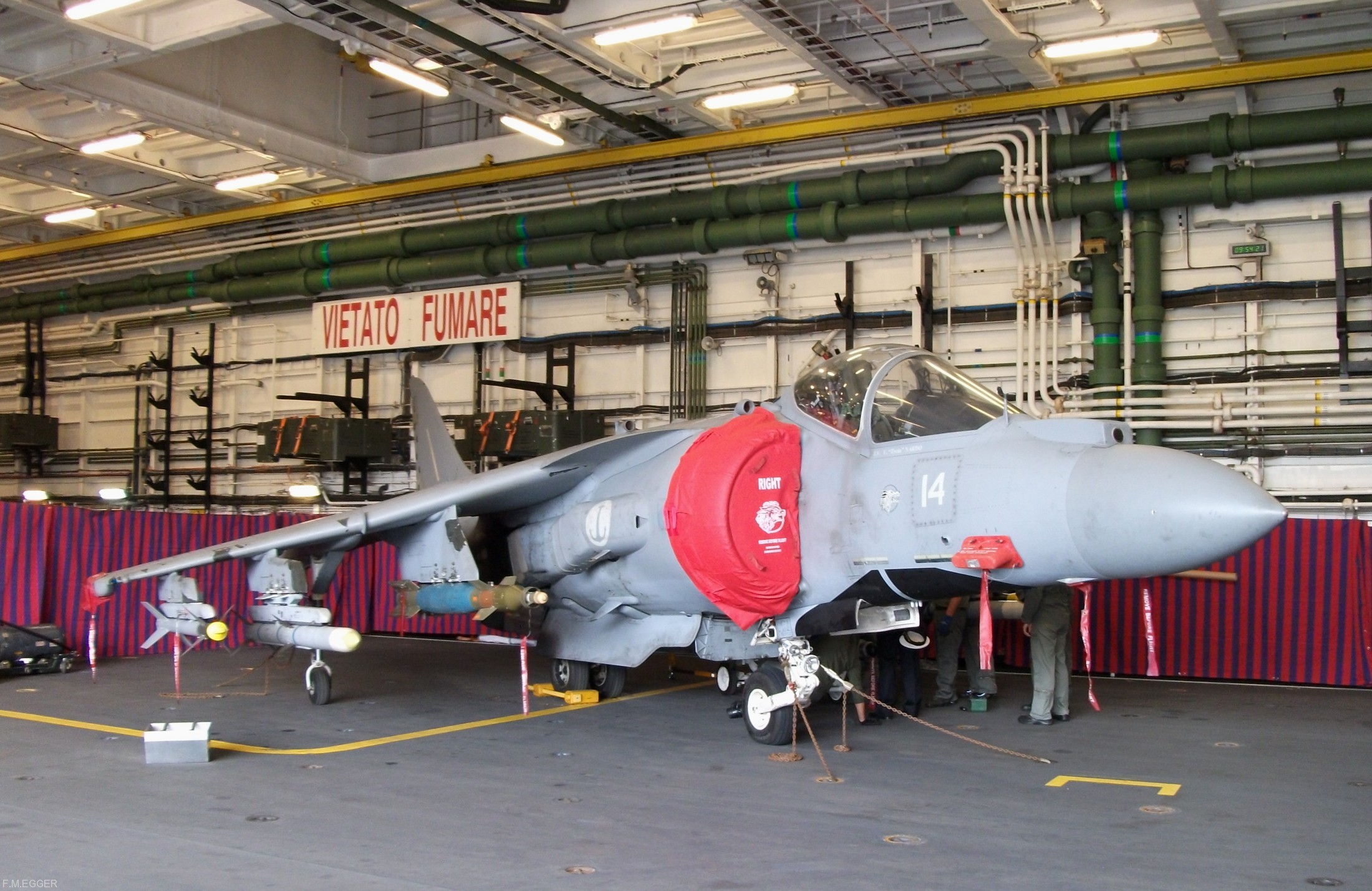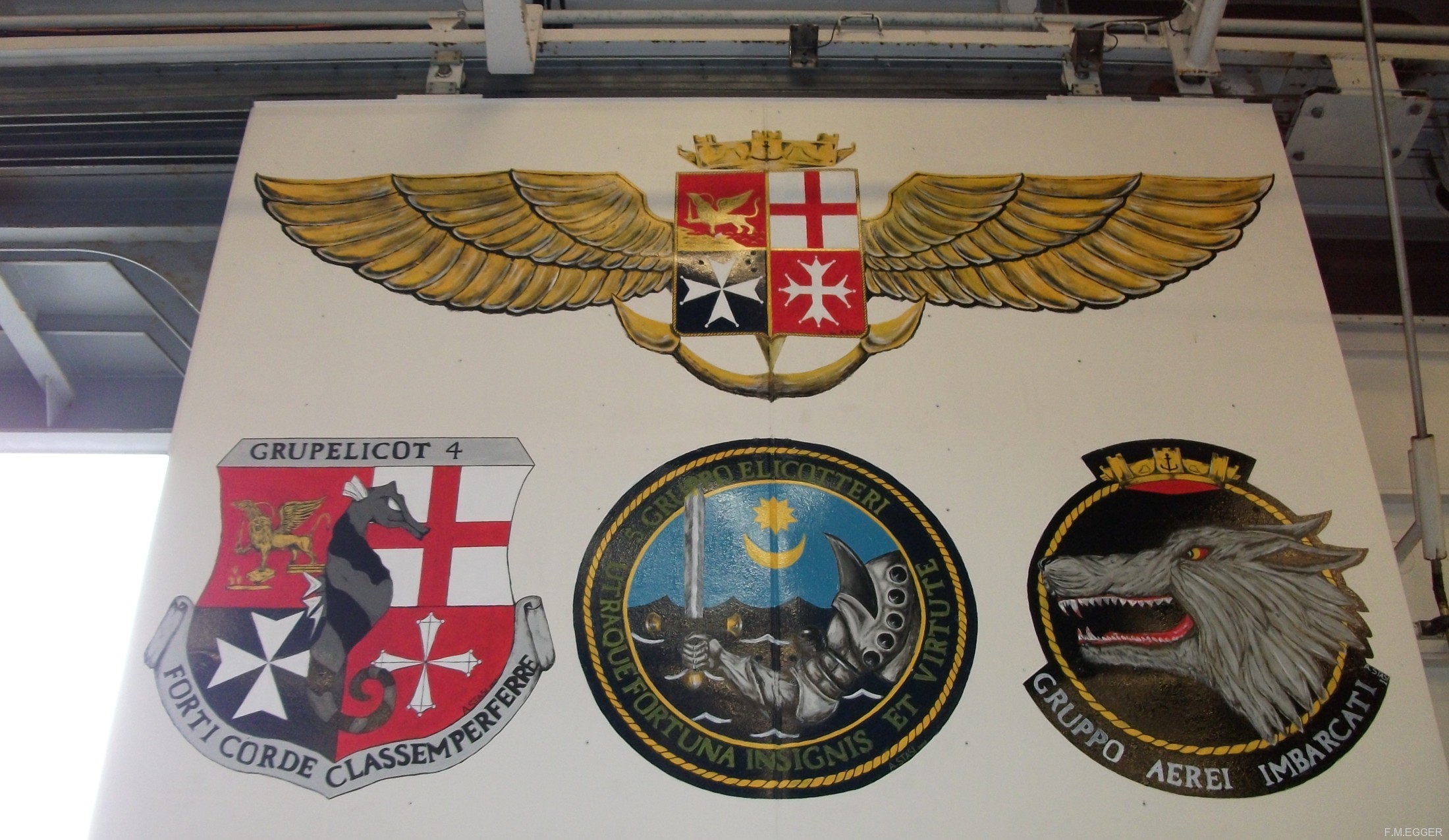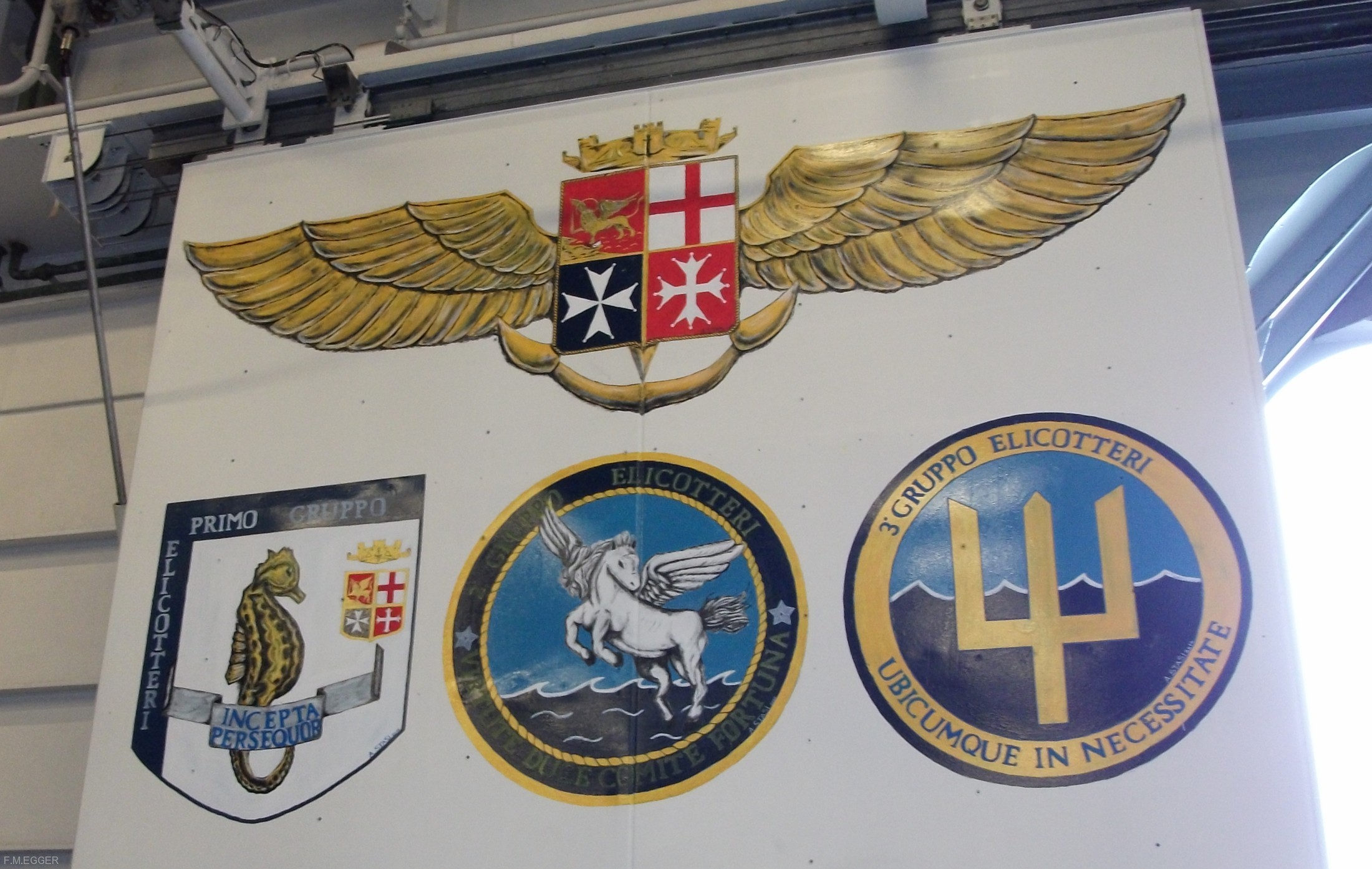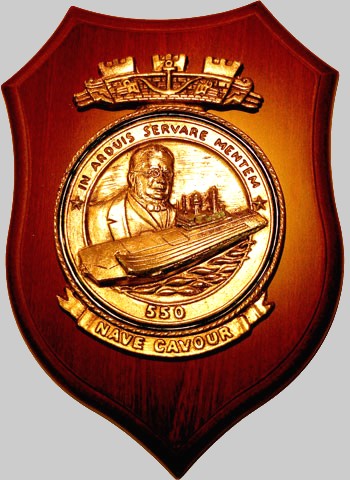Conte di Cavour (August 10, 1810 - June 6,
1861):
Camillo Paolo Filippo Giulio Benso, Count of Cavour, of
Isolabella and of Leri (August 10, 1810 - June 6, 1861) was
a leading figure in the movement toward Italian unification.
He was the founder of the original Italian Liberal Party and
Prime Minister of the Kingdom of Piedmont-Sardinia, a
position he maintained (except for a six-month resignation)
throughout the Second Italian War of Independence and
Garibaldi's campaigns to unite Italy. Cavour died only three
months after the declaration of a united Kingdom of Italy,
and thus did not live to see Venetia or Rome included in the
kingdom.
Cavour, as he is usually called, put forth several economic
reforms in his native region of Piedmont in his earlier
years, and founded the political newspaper Il Risorgimento.
After being elected to the Chamber of Deputies, he quickly
rose in rank through the Piedmontese government, coming to
dominate the Chamber of Deputies through a union of
left-center and right-center politicians. After a large rail
system expansion program, Cavour became prime minister in
1852. As prime minister, Cavour successfully negotiated
Piedmont's way through the Crimean War, Second Italian War
of Independence, and Garibaldi's expeditions, managing to
maneuver Piedmont diplomatically to become a new great power
in Europe, controlling a nearly united Italy that was five
times as large as Piedmont had been before he came to power.
Early life:
Camillo Benso was born in Turin during Napoleonic rule, into
a family that had gained a fair amount of land during the
French occupation. He was the second of two sons of Michele
Giuseppe Francesco Antonio Benso, 5th Marquess of Cavour and
Count of Isolabella, Baron of the French Empire (1781 -
1850) and his wife Adélaïde (Adèle) Suzanne, Marchioness of
Sellon (1780 - 1846), herself of French origin.
Cavour was sent to the Turin Military Academy when he was
only ten years old. Cavour frequently ran afoul of the
authorities in the academy, as he was too headstrong to deal
with the rigid military discipline. He was once forced to
live three days on bread and water because he had been
caught with books that the academy had banned. He was found
to be apt at the mathematical disciplines, and was therefore
enlisted in the Engineer Corps in the Piedmontese-Sardinian
army in 1827. While in the army, he studied the English
language as well as the works of Jeremy Bentham and Benjamin
Constant, developing liberal tendencies which made him
suspect to police forces at the time. He resigned his
commission in the army in November 1831, both because of
boredom with military life and because of his dislike of the
reactionary policies of the new ruler of Piedmont, Charles
Albert.
Cavour then spent his time in Switzerland, along with his
Protestant relatives in Geneva. He grew acquainted with
Calvinist teachings, and for a short while he converted from
a form of unorthodox Catholicism, only to go back later. A
Reformed pastor, Alexandre Vinet, impressed upon Cavour the
need for the separation of church and state, a doctrine
Cavour followed for the remainder of his life. He then
traveled to Paris where he was impressed by parliamentary
debates, especially those of François Guizot and Adolphe
Thiers, confirming his devotion to a political career.
Afterwards, he left for London, where he was much more
disappointed by their politics, though continuing to tour
the country, heading to Oxford, Liverpool, Birmingham,
Chester, Nottingham, and Manchester. A quicker tour through
the Netherlands, Germany, and Switzerland (German part and
Lake of Geneva) eventually landed him back in Turin.
Between 1838 and 1842 Cavour began several initiatives in
attempts to solve economic problems in his area. Firstly he
experimented with different agricultural techniques on his
estate, such as the use of sugar beet, and was one of the
first Italian landowners to use chemical fertilizers. He
also founded the Piedmontese Agricultural Society. Cavour
was a heavy supporter of transportation by steam engine,
sponsoring the building of many railroads and canals. In his
spare time, he again traveled extensively, mostly in France
and the UK.
Political career:
The first apparently "liberal" moves of pope Pius IX and the
political upheavals of 1848 spawned a new movement of
Italian liberalism, allowing Cavour to enter the political
arena, no longer in fear of the police. He then gave a
speech in front of numerous journalists in favor of a
constitution for Piedmont, which was eventually granted.
Cavour, unlike several other political thinkers, was not at
first offered a position in the new Chamber of Deputies, as
he was still a somewhat suspicious character to many.
Cavour never planned for the establishment of a united
country, and even later during his Premiership his objective
was to expand Piedmont with the annexation of Lombardy and
Venetia, rather than a unified Italy. For example, during
the conservative period, he gained a reputation as a
non-revolutionary progressive. He had trouble publicly
speaking as he tended to speak French privately but
preferred to attempt speaking in Italian in Parliament.
Cavour then lost the next election, while the Piedmontese
army was destroyed at the Battle of Novara, leading Charles
Albert to abdicate, leaving his son, Victor Emanuel II in
charge.
Cavour was then brought back into Parliament by the voters,
where he was much more successful. His knowledge of European
markets and modern economy earned him the position as
Minister of Agriculture, Commerce and the Navy in 1850.
Cavour soon came to dominate the cabinet and united the
Right Center and the Left Center in the chamber to show
dominance there as well. In 1851, Cavour gained a Cabinet
promotion to Minister of Finance by working against his
colleague from inside the Cabinet in a somewhat disreputable
takeover, though it was to Piedmont's advantage through his
many economic reforms. This allowed Cavour to begin his vast
railway expansion program, giving Piedmont 800 kilometres of
track by the year 1860, one third of the railways in Italy
at the time.
Prime minister of
Piedmont-Sardinia:
These moves eventually earned him the title of Prime
Minister of Piedmont on 4 November 1852. Cavour was
generally liberal and believed in free trade, public right
of opinion, and secular rule, but was still an enemy of the
republicans and revolutionaries inside Piedmont, attempting
to balance their needs. Cavour is criticised for a number of
controversial methods he used while prime minister,
including excessive use of emergency powers, employing
friends, bribing newspapers while suppressing others, and
rigging elections, though these things were fairly common
for the time. Still, Cavour's career as prime minister can
be considered one of the most successful of all time, given
that when he took up the post, Piedmont had just suffered a
horrible loss to Austria, and when Cavour died, Victor
Emmanuel II ruled a state five times as large, now ranking
among Europe's great powers.
Cavour in fact radically increased the wealth and growth of
Piedmont. In twelve years wealth had increased to 725
million liras. Piedmont had 20% of the Italian population
but held 27% of the exports. Piedmont, under Cavour, was the
most powerful state.
In early 1853, the Crimean War broke out, pitting Great
Britain, France, and the Ottomans against Russia. The allied
powers of Britain and France asked Piedmont to enter the war
partially in order to encourage Austria to enter, which they
would not do unless they were certain that Piedmontese
troops were not available to fight in Italy. Cavour, who
hoped that support for the western allies would lead to
their support for Sardinia's ambitions in Italy, agreed as
soon as his colleagues' support would allow, and entered the
war on France and Britain's side on January 10, 1855, too
late to truly distinguish themselves militarily, yet the
entry turned out to be a useful political move for
Piedmont's future. Their 18 thousand man contingent did
manage to earn Piedmont a position at the Peace Congress in
Paris.
In January 1858, the Italian Felice Orsini's attempt at
murdering Napoleon III paradoxically opened up a new
possibility at diplomacy between France and Italy. While in
jail awaiting trial, Orsini wrote a publicly published
letter to the Emperor of the French, ending with "Remember
that, so long as Italy is not independent, the peace of
Europe and Your Majesty is but an empty dream... Set my
country free, and the blessings of twenty-five million
people will follow you everywhere and forever." Orsini would
still be executed, but Napoleon III would begin to explore
the possibility of joint operation with Piedmont against
Austria. Cavour and Napoleon would meet in July 1858 at
Plombières-les-Bains, and the two agreed that Piedmont would
attempt to enter war by engineering a conflict with the
Duchy of Modena, obliging Austria to enter, and France would
come to aid Piedmont. Cavour also reluctantly agreed to cede
Savoy (the seat of the Piedmontese royal family) and Nice to
France if aid was given in war. A royal marriage was
proposed and carried out between Princess Clotilde and
Prince Napoleon to seal the agreement, surprisingly made
without Victor Emmanuel's consent. Cavour in the same year
sent his cousin, the famous beauty, photographic artist and
secret agent Virginia Elisabetta Luisa Carlotta Antonietta
Teresa Maria Oldoïni, to further the interests of Italian
unification with the emperor by what ever means possible, by
all accounts she succeeded.
Both France and Piedmont began to prepare for war, but
diplomatic support for the war appeared to be diminishing
rapidly. Napoleon III was quickly souring on the idea, and
Britain, Prussia, and Russia were proposing an international
congress, with one point likely to be the disarmament of
Piedmont. Piedmont was saved from this situation by
Austria's sending an ultimatum on April 23, demanding that
Piedmont disarm itself, and casting Austria as an aggressor.
France immediately mobilised its army and slowly began to
enter Italy, but Piedmont would need to defend itself for a
short period. Rainstorms and Austrian indecision under
Ferencz Graf Gyulai allowed France time to enter position.
The following battles of Magenta and Solferino managed to
give the Franco-Piedmontese forces control over Lombardy and
a victorious position, though the Austrians remained
confident in defending their "fortress quadrilateral" area,
with four fortresses in Verona, Legnano, Peschiera, and
Mantua. These defenses, the horrors of the Battle of
Solferino, the possibility of German entry into the war, and
the potential for an overly strong Piedmontese state
convinced Napoleon to sign a separate peace with Austria in
the Treaty of Villafranca on July 11, 1859, ending the
Second Italian War of Independence. Cavour was so infuriated
after reading the terms of the treaty that he tendered his
resignation to Victor Emmanuel, who was accepting peace due
to Piedmont's inability to fight Austria alone. Cavour would
quickly regain confidence, as several of the terms, such as
the restoration to power of the rulers of Tuscany and
Modena, would not actually be carried out. For now, General
La Marmora succeeded Cavour's post and insisted on following
Villafranca, even sending a letter to Tuscany asking that
they restore their Grand Duke. Bettino Ricasoli, virtual
dictator of Tuscany at the time, wrote about this appeal to
his brother, saying "Tell General La Marmora that I have
torn his letter into a thousand pieces." France would
continue direct talks with Piedmont on the destiny of the
central Italian states, as all of them at the time were
ruled by dictators supporting merging with Piedmont, but
were restrained from doing so by the treaty, which called
for them to return to their old governments.
Cavour had retired to his estate at Leri, closely monitoring
events during his short absence from power, but soon became
impatient with government proceedings and actively entered
politics again, immediately forcing La Marmora to resign due
to Cavour's control of the chamber. Victor Emmanuel was very
reluctant to assign Cavour to be prime minister, due both to
their quarrel over Villafranca and Cavour's success in
restricting the king from marrying his mistress after the
queen's death. Cavour was however sent for on January 20,
1860 to again take over the government.
Cavour immediately negotiated with Napoleon, agreeing to
finally cede Savoy and Nice in order to annex Tuscany and
Emilia. Plebiscites in Tuscany and Emilia came out as huge
majorities in favor of unification, though still with a
number of abstentions supporting the old government.
Garibaldi was furious at finding that his birthplace, Nice,
had become a French city, but Cavour managed to convince
most that uniting Italy would make up for these small
territorial losses. With this, the first stage of
unification was completed, and it would be Garibaldi's turn
to bring southern Italy into Piedmont's control.
Garibaldi, still fuming at the loss of his hometown to
France, wished to recapture the city, but a popular
insurrection in Palermo on April 4, 1860 diverted him from
pursuing that cause. Garibaldi requested a brigade from the
Piedmontese army to take Sicily from the Bourbon Neapolitans
who ruled it at the time, but was immediately refused one by
Cavour. A band of volunteers was instead brought together,
who would come to be known as I Mille, or the Thousand. This
small group of redshirts landed at Marsala in Sicily on May
11, later to fight the battles of Calatafimi and Milazzo,
consolidating Sicily in Garibaldi's power. Cavour attempted
to immediately annex Sicily to the Piedmontese, but
Garibaldi and his accomplice Francesco Crispi would not
allow it.
Cavour persuaded Victor Emmanuel II to write a letter to
Garibaldi requesting that he not invade the mainland; the
letter was indeed sent, but Victor Emmanuel secretly wished
for Garibaldi to invade, having written another letter
asking him to go ahead which was apparently never sent.
Cavour realized these efforts were fruitless, and attempted
to stir up a liberal revolution in Naples, but the populace
was not receptive. Garibaldi invaded the mainland anyway,
attempting to reach Naples quickly before Cavour found a way
to stop him. On September 7, Garibaldi successfully entered
Naples, at that time the largest city in Italy. Southern
Italy and Sicily were now under Garibaldi, who ruled with
dictatorial powers. Garibaldi also publicly demanded that
Cavour be removed from his post as prime minister,
alienating him slightly from Victor Emmanuel II.
Garibaldi was not willing to stop at this point, however,
and planned for an immediate invasion of the Papal States
and Rome. Cavour knew that France may declare war if such an
invasion happened, and would successfully stop Garibaldi
from initiating his attack. Garibaldi had been weakened by
the Battle of Volturno, so Cavour quickly invaded the Papal
regions of Umbria and the Marche. This linked the
territories owned by Piedmont with those taken by Garibaldi,
and the king met Garibaldi halfway at Naples, where
Garibaldi handed over power of southern Italy and Sicily,
uniting Italy.
The relationship between Cavour and Garibaldi was always
fractious: Cavour likened Garibaldi to "a savage" while
Garibaldi memorably called Cavour "a low intriguer".
Prime Minister of Italy:
In 1861, Victor Emmanuel II declared the Kingdom of Italy,
making Cavour officially Prime Minister of Italy. Cavour had
many difficult issues to consider, including how to create a
national military, which legal institutions should be
retained in what locations, and especially the future of
Rome. Most Italians thought Rome must be capital of a united
Italy, but this conflicted with the temporal power of the
Pope and also the independence of the Church. Cavour
believed that Rome should remain the seat of "a free church
in a free state", which would maintain its independence but
give up temporal power. Still Austrian Venetia was also a
problem. Cavour recognized that Venice must be an integral
part of Italy but refused to take a stance on how to achieve
it, saying "Will the deliverance of Venice come by arms or
diplomacy? I do not know. It is the secret of Providence." A
motion approving of his foreign policy passed by a huge
majority, basically only opposed by left-wing and right-wing
extremist groups.
Creating Italy was no easy task, but ruling it proved a
worse strain on the Prime Minister. In 1861, at the peak of
his career, months of long days coupled with insomnia and
constant worry took their toll on Cavour. He fell ill,
presumably of malaria, and to make matters worse insisted
upon being bled. His regular doctor would have refused, but
he was not available; so Cavour was bled several times until
it was nearly impossible to draw any blood from him. He was
buried in Santena, near Turin.
Legacy:
Today, many Italian cities like Trieste, Rome, Florence and
Naples have important streets or squares named for him. The
new Marina Militare aircraft carrier Cavour is also named in
his honour. This unit was preceded by the famous battleship
Conte di Cavour, which fought both in World War I and World
War II, and a clipper ship, Camille Cavour.
source: wikipedia |
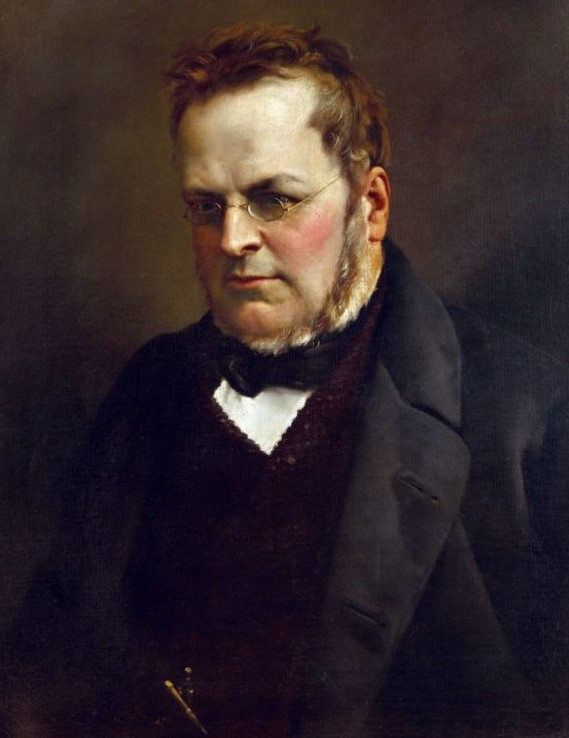
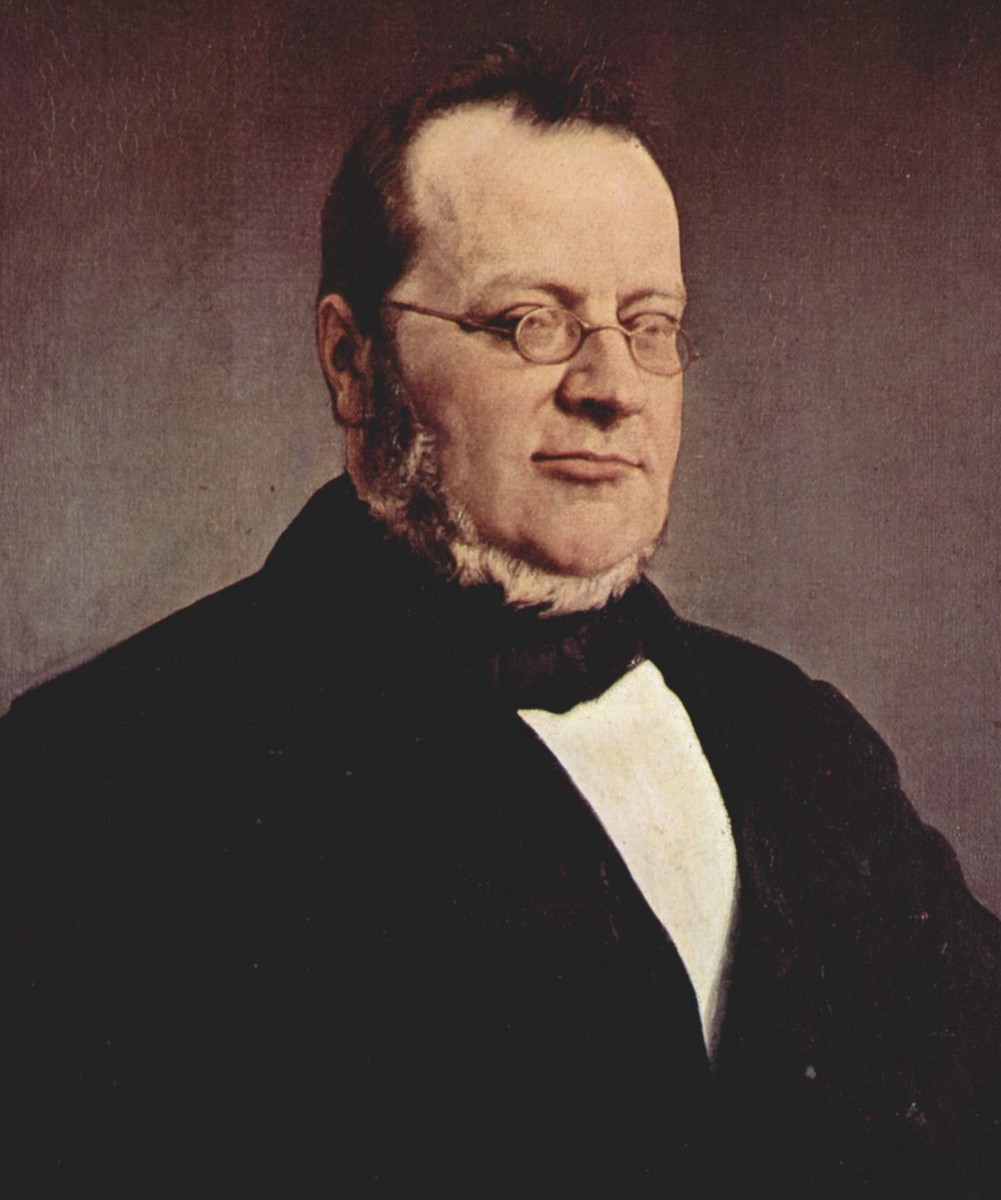
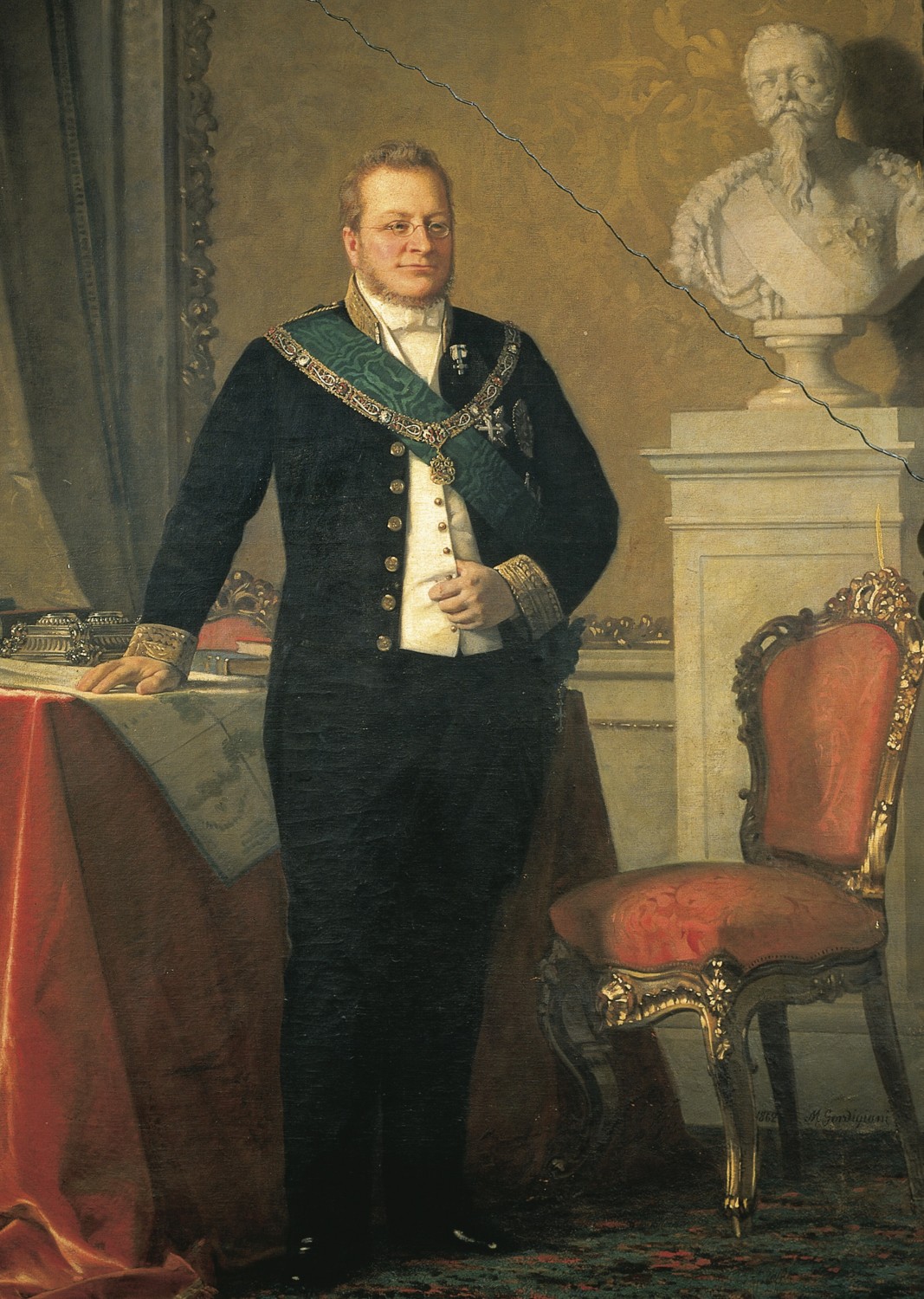
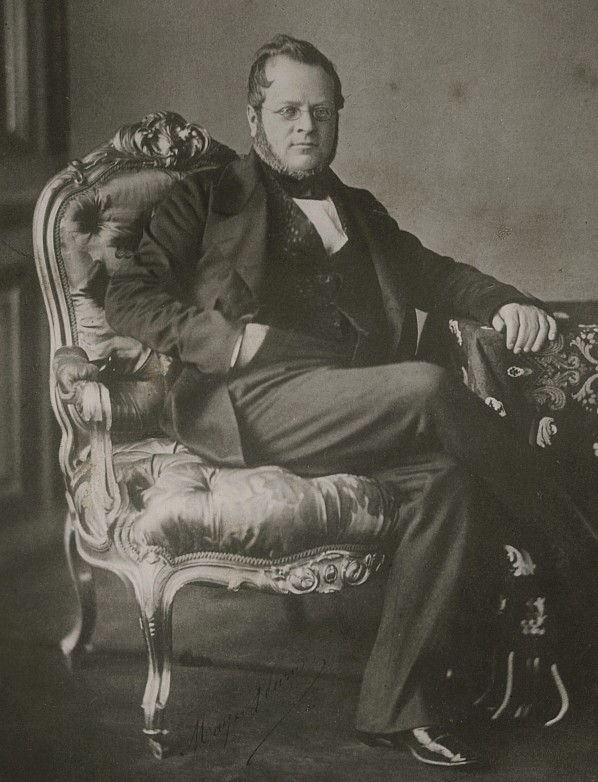
|
|

